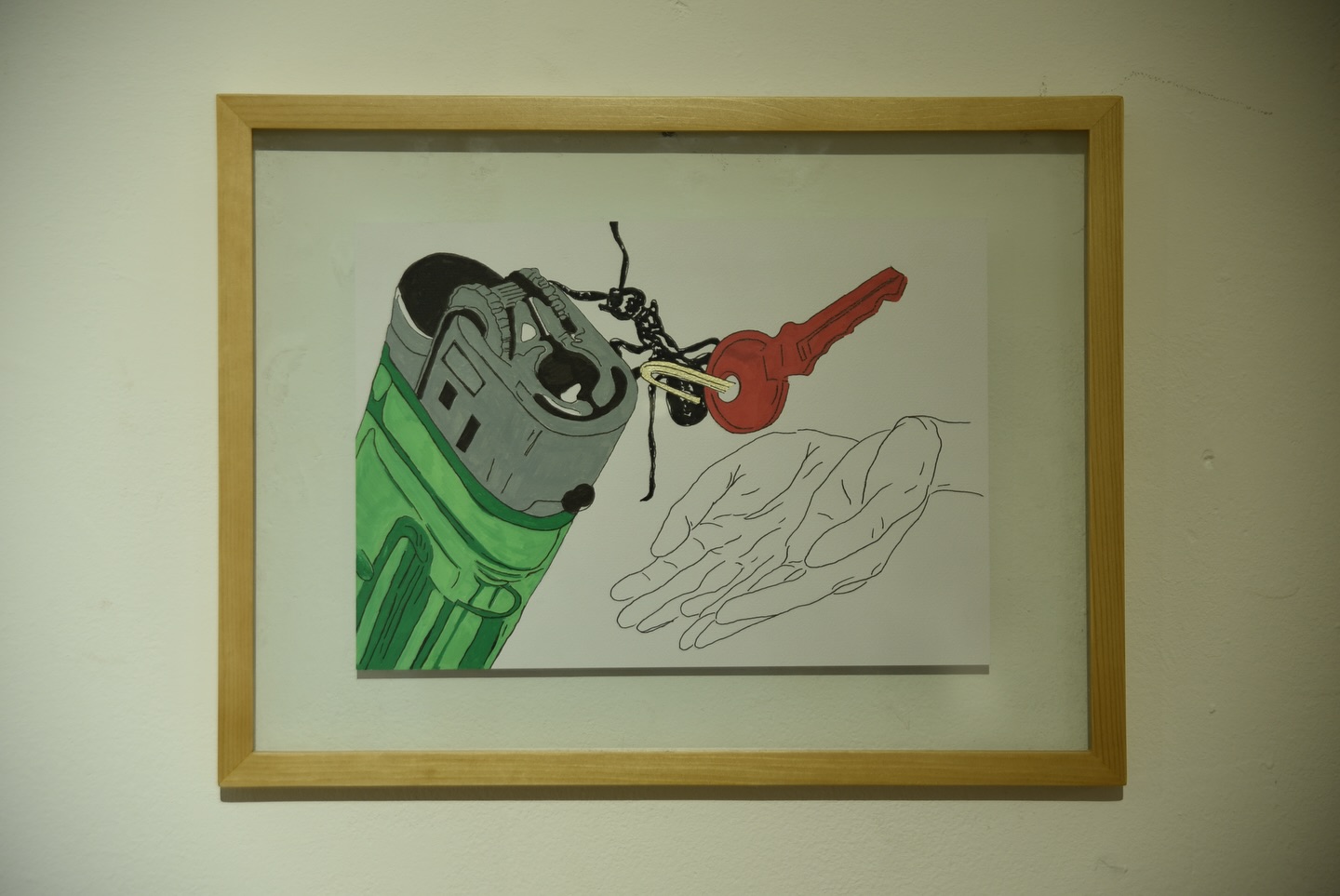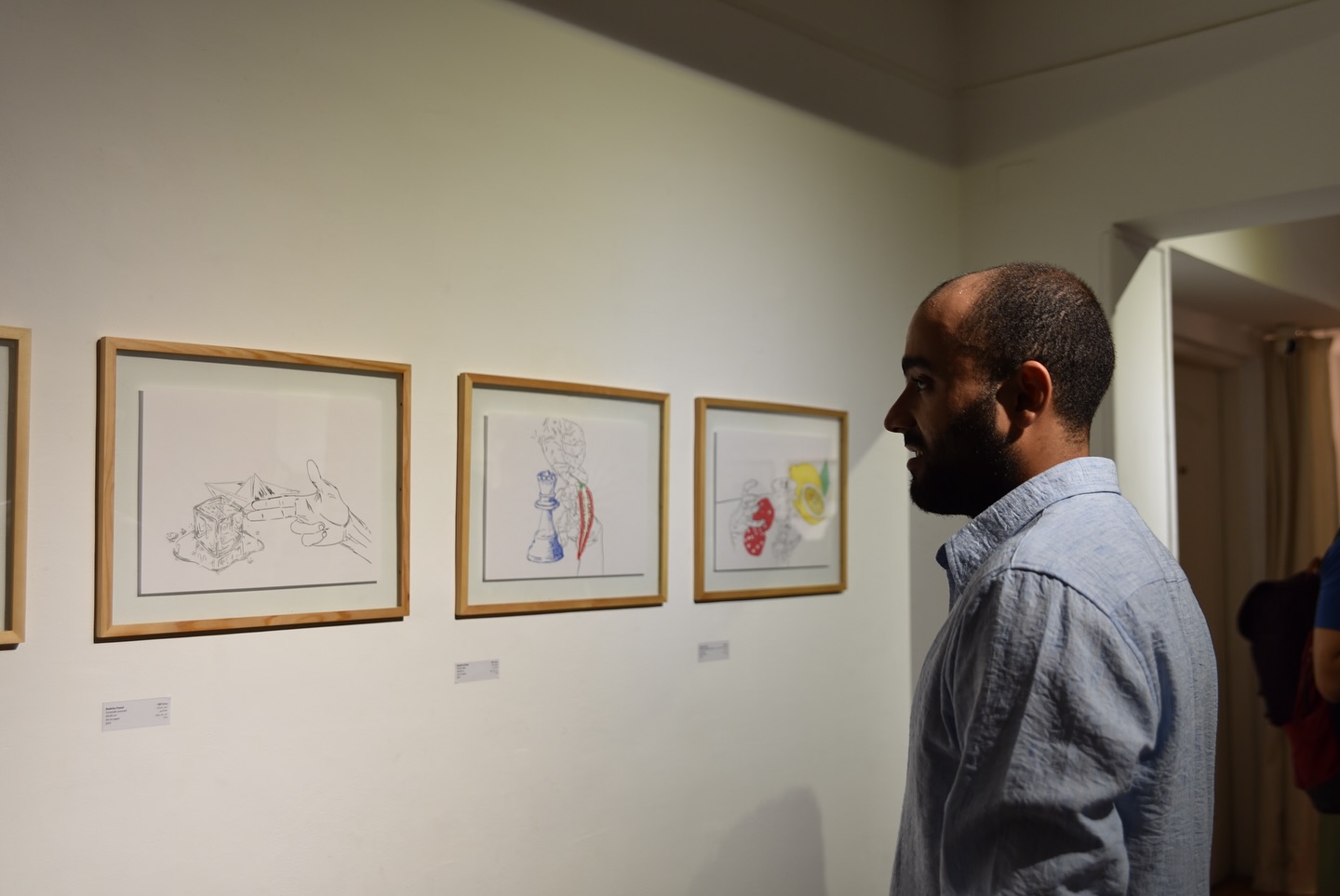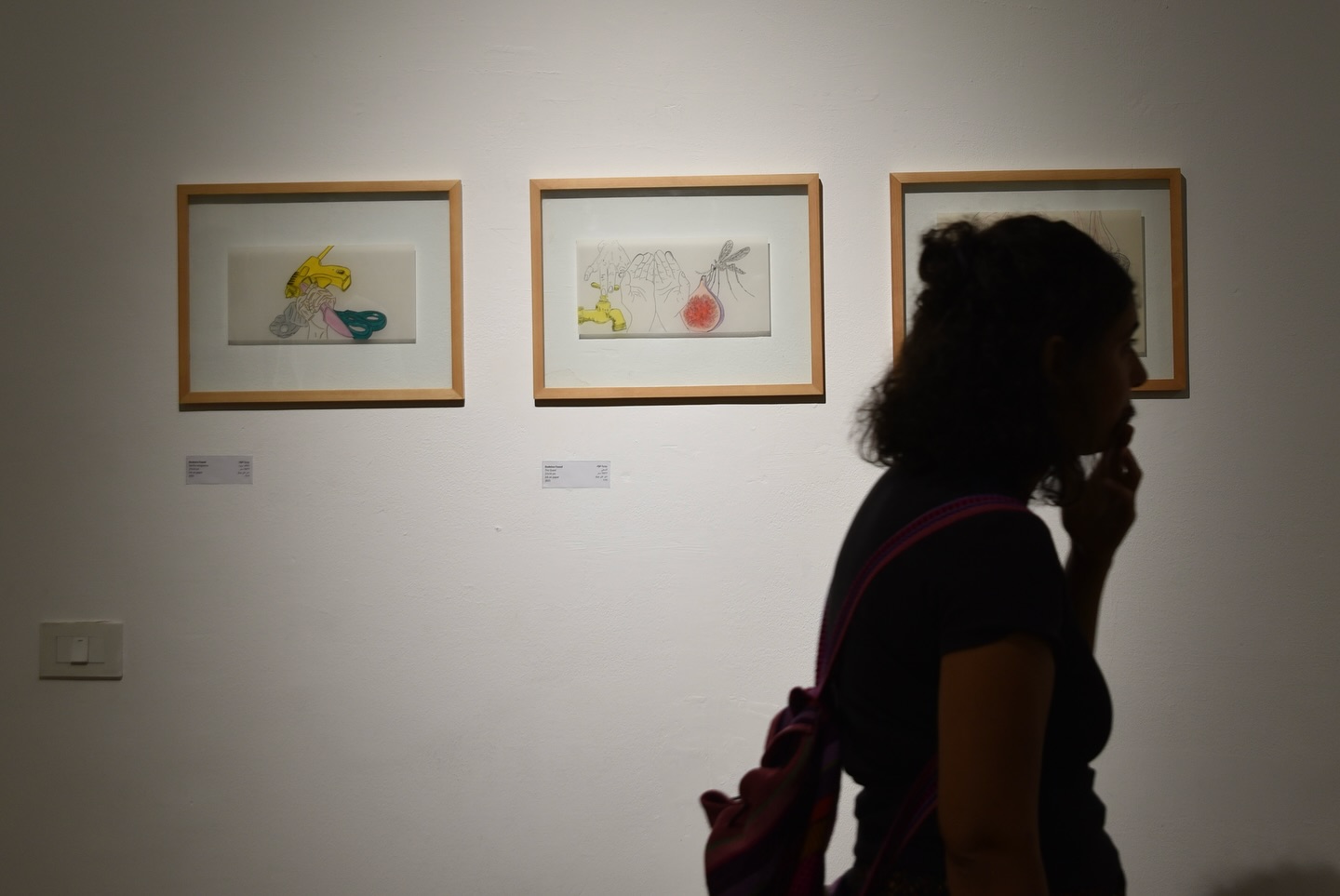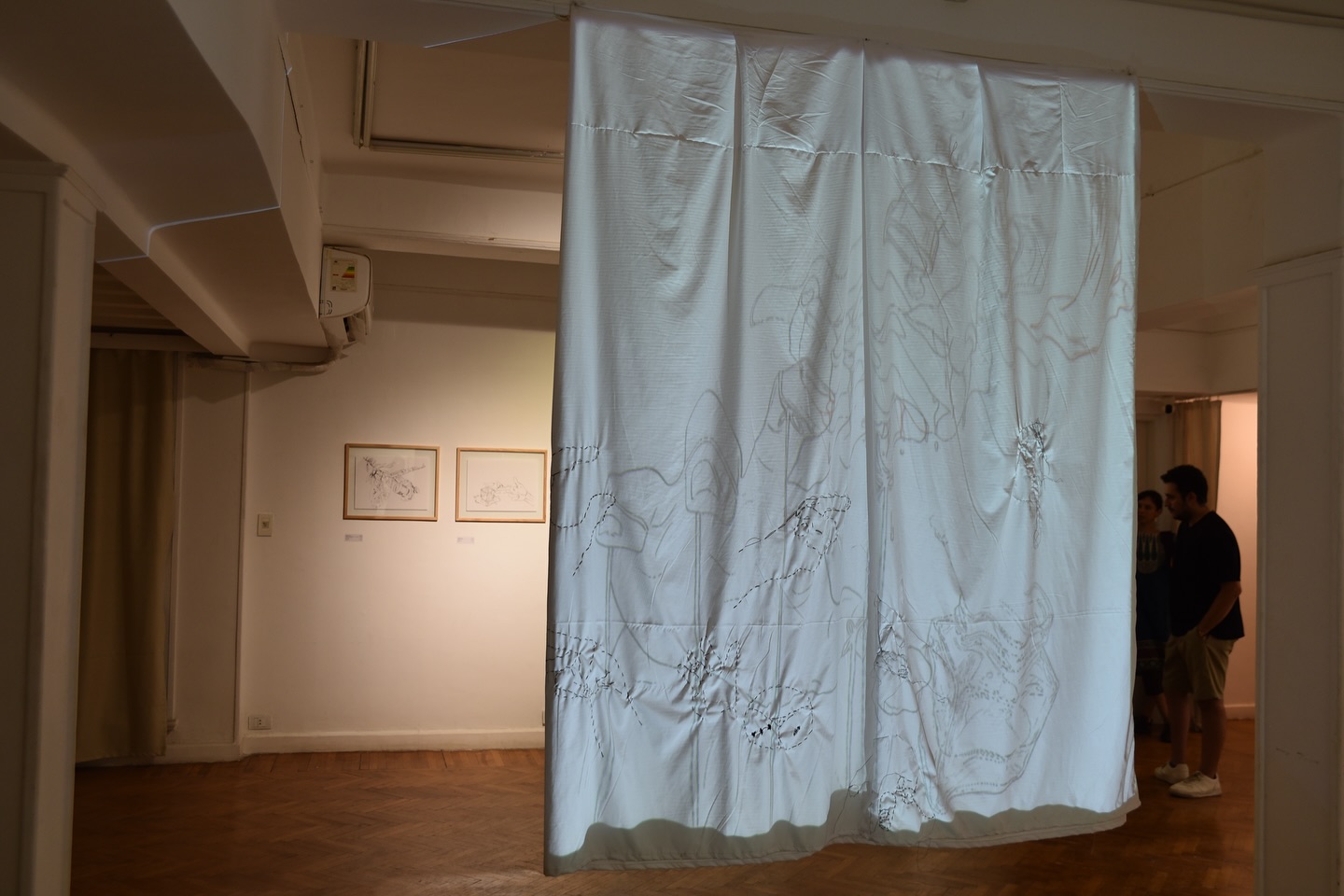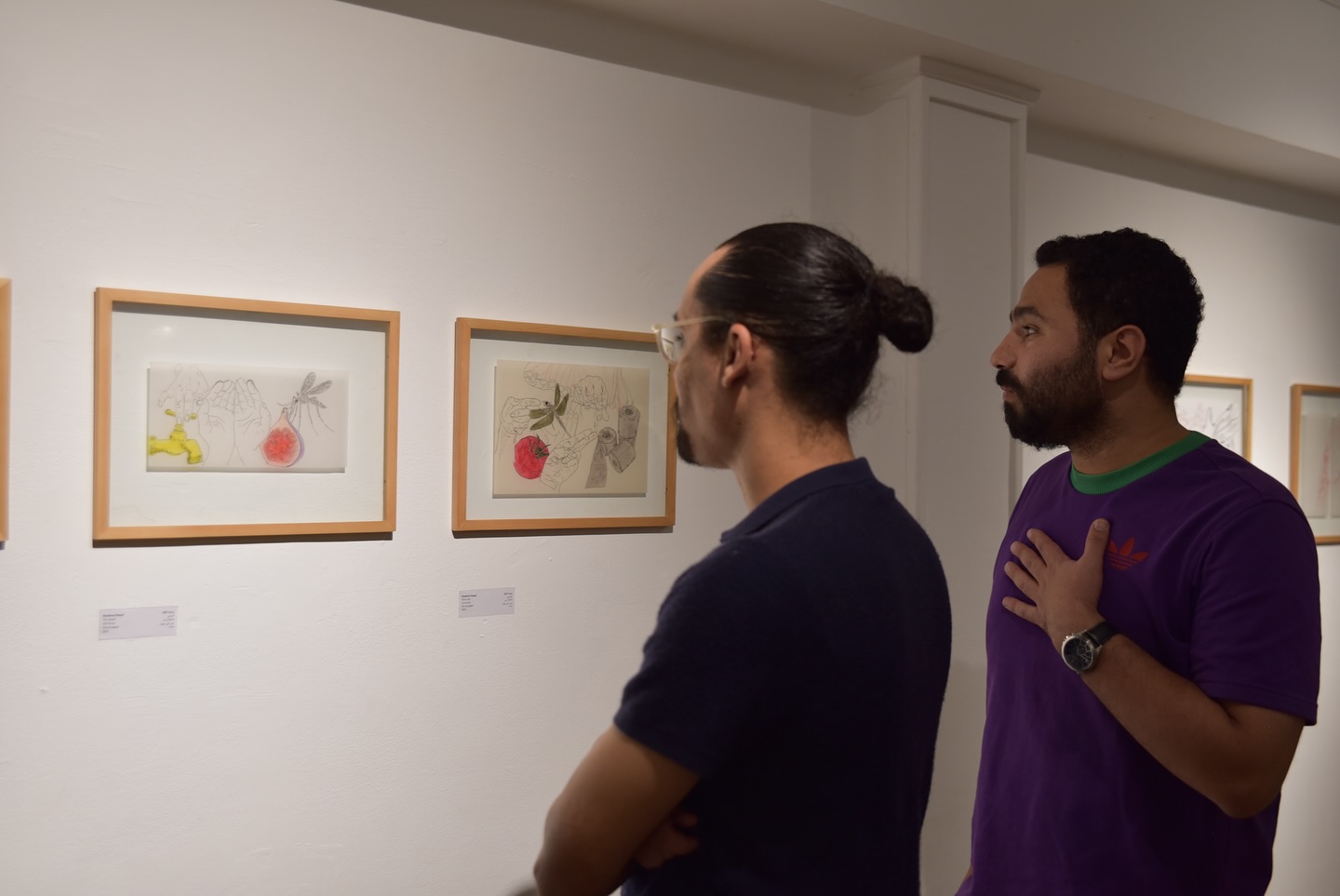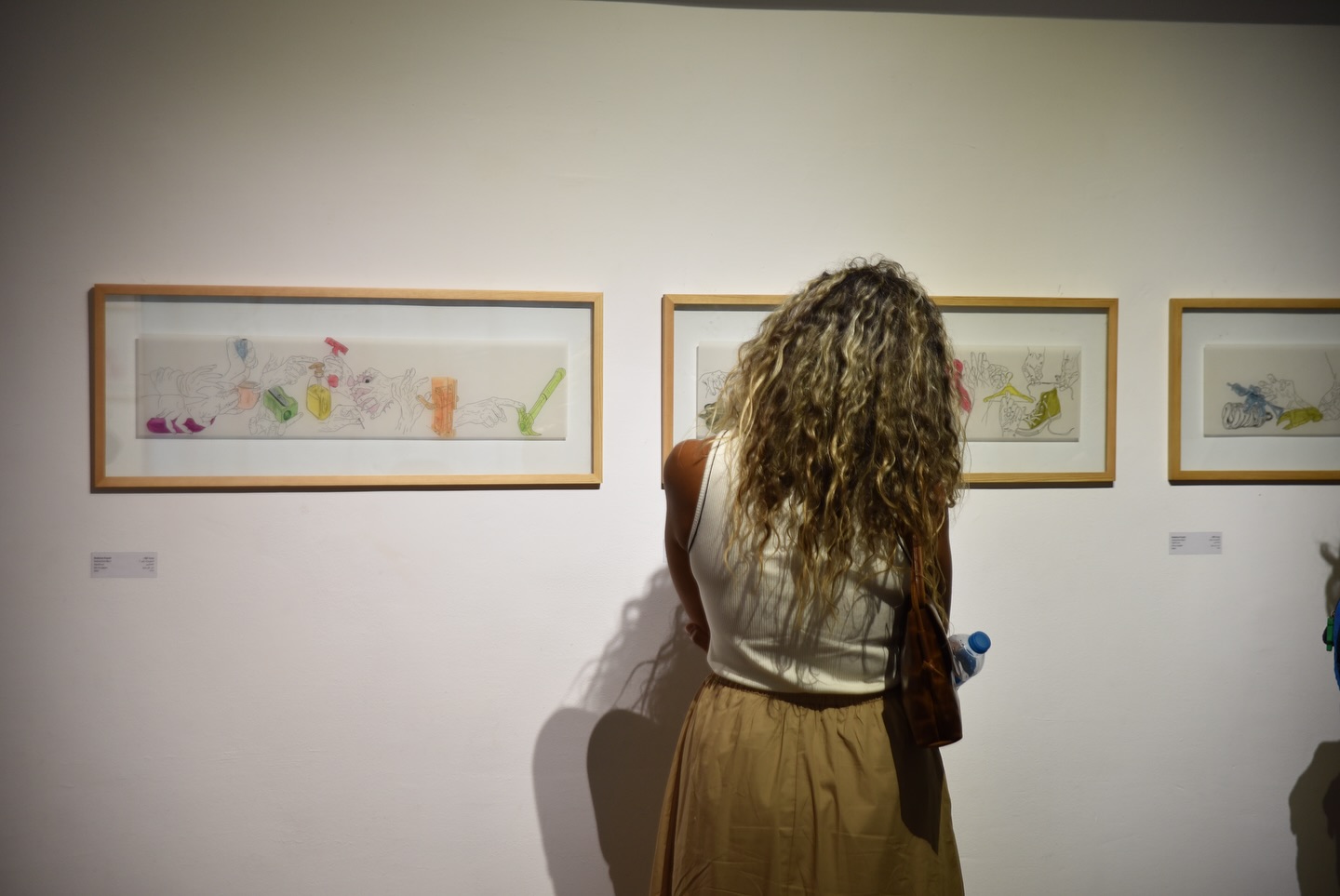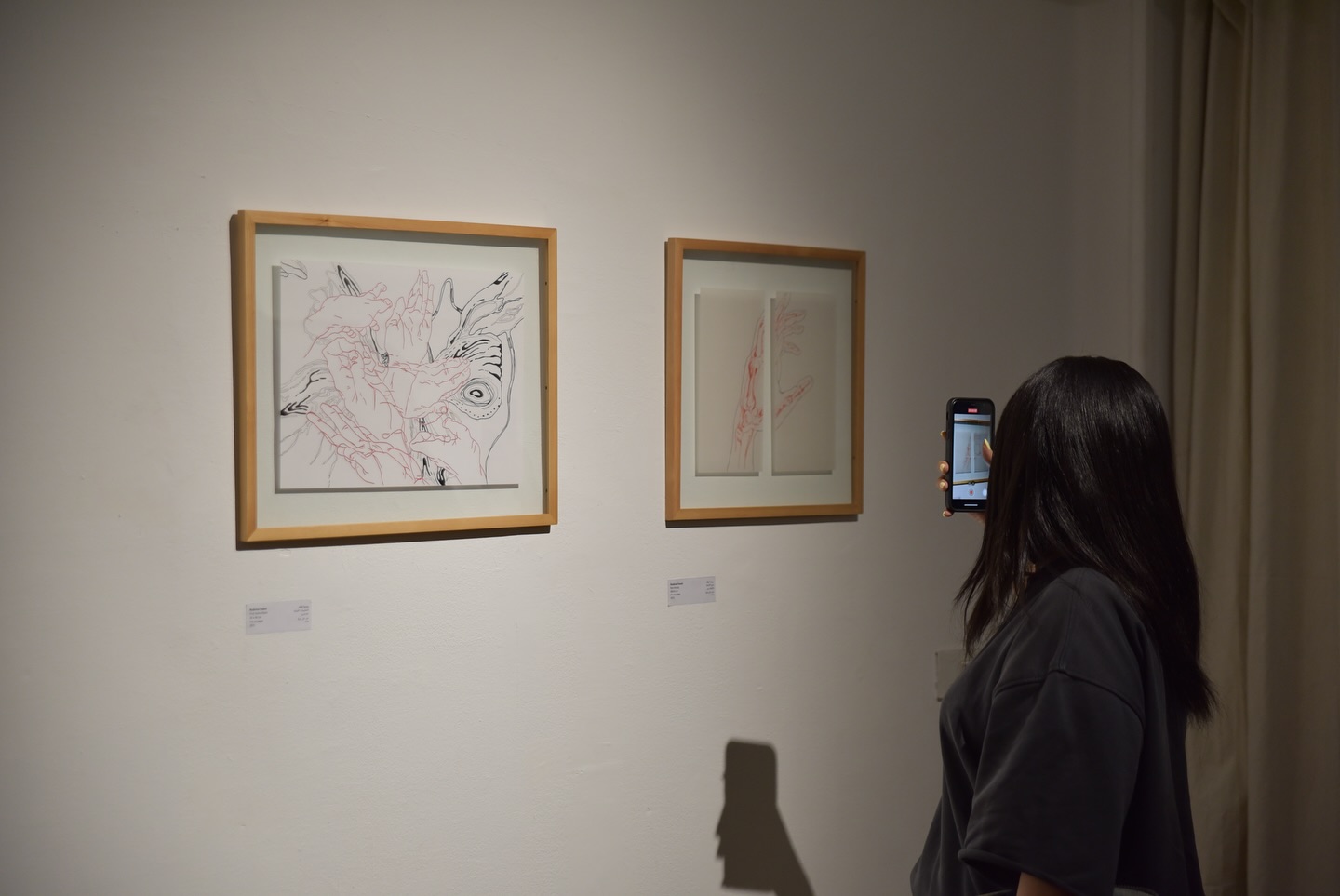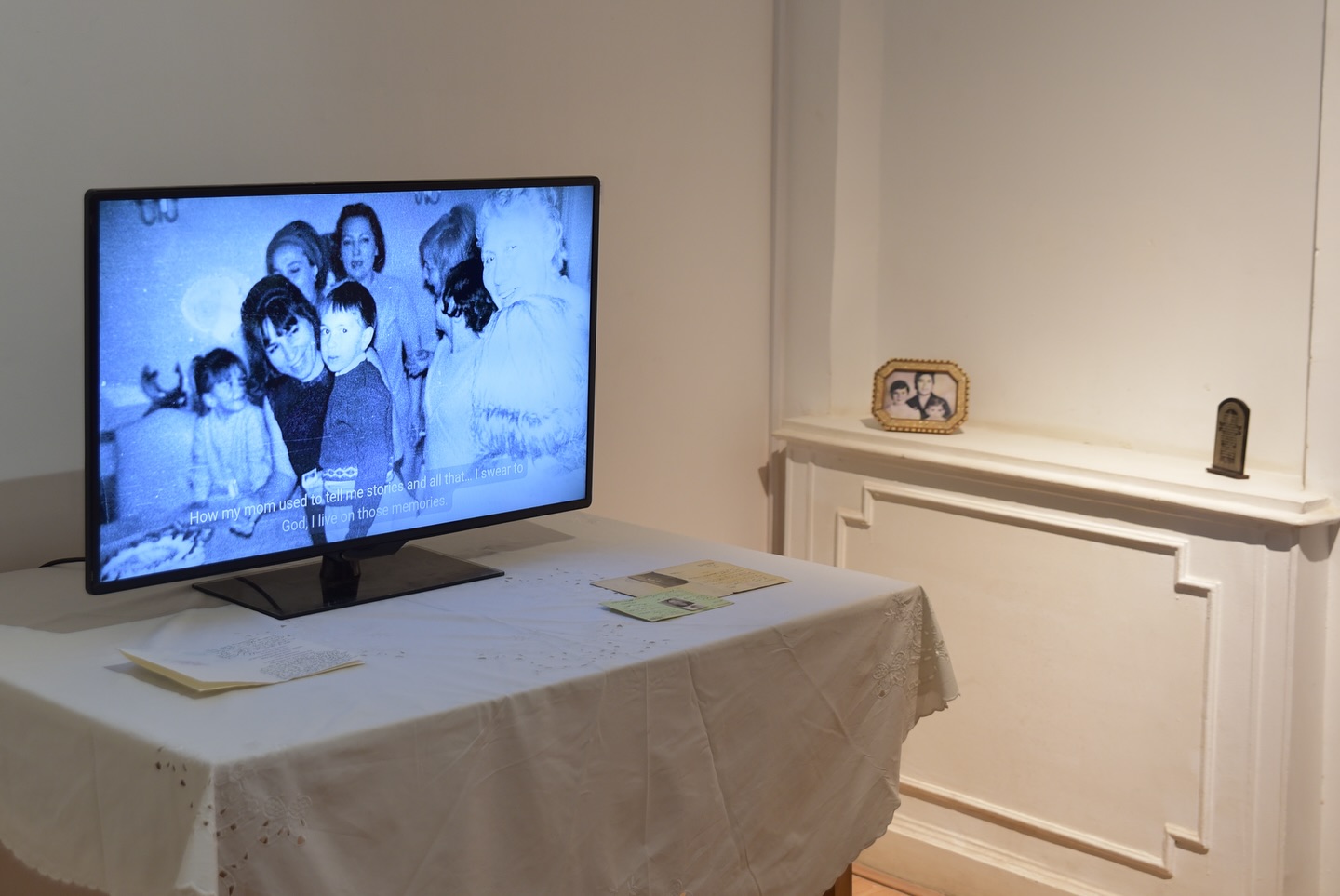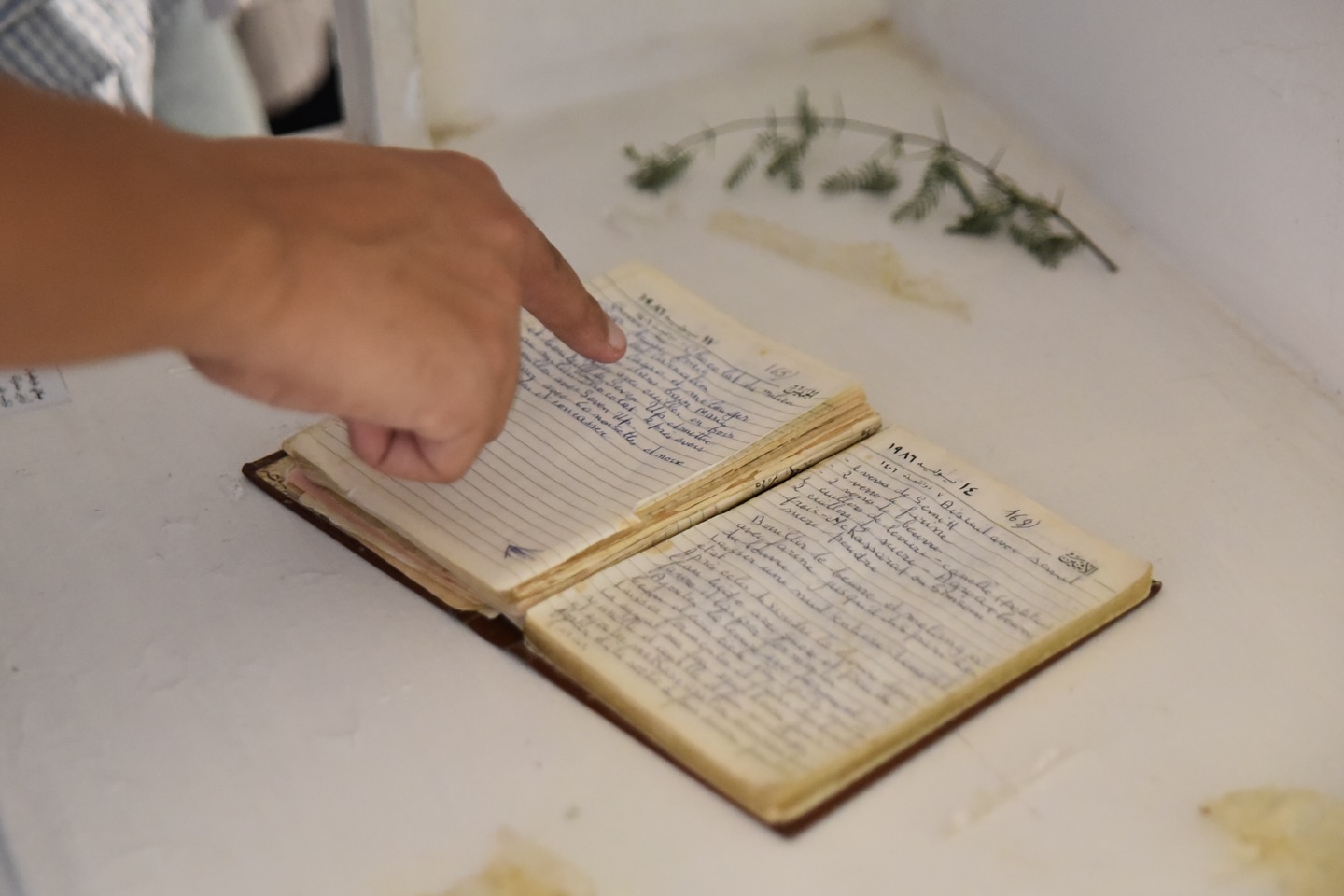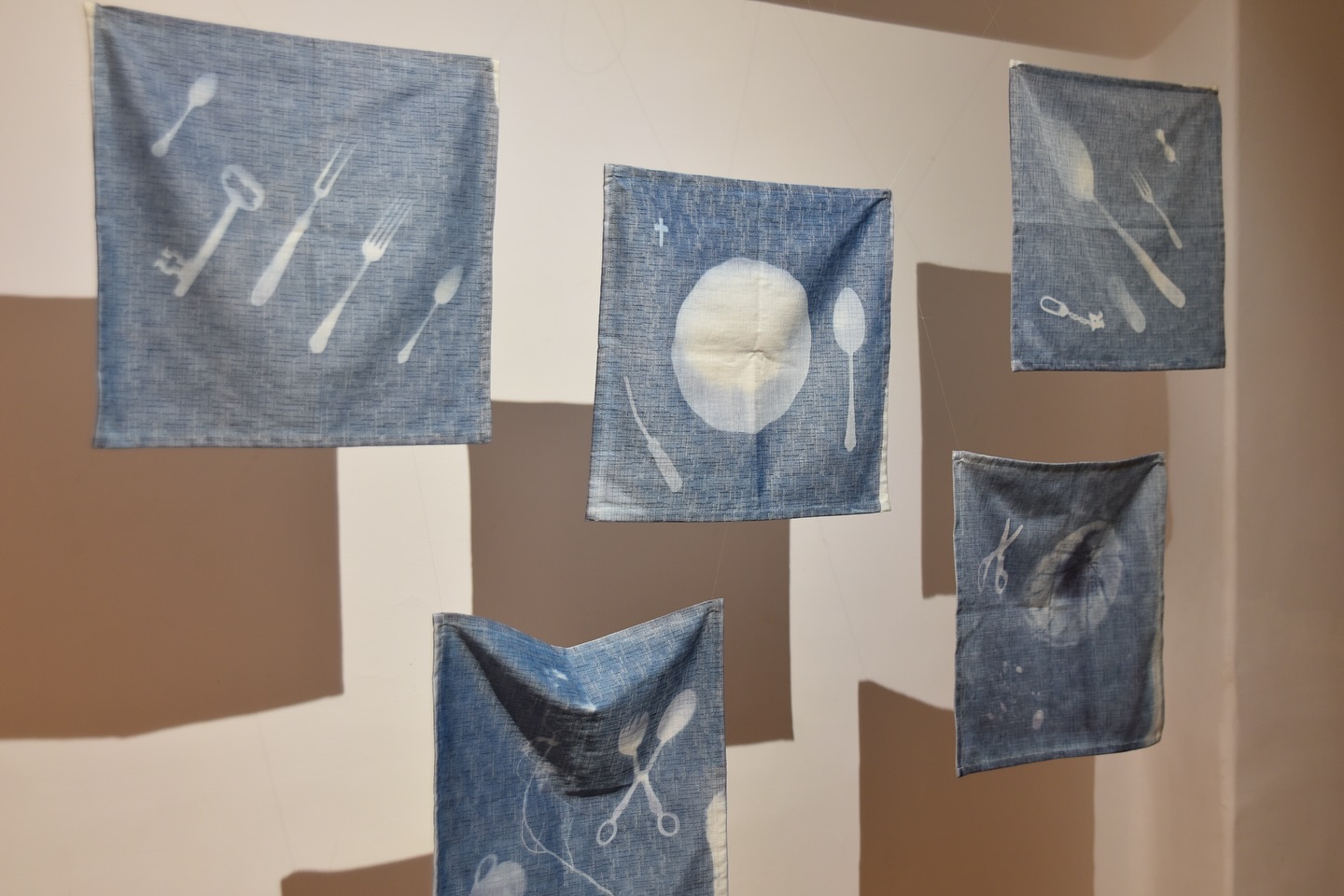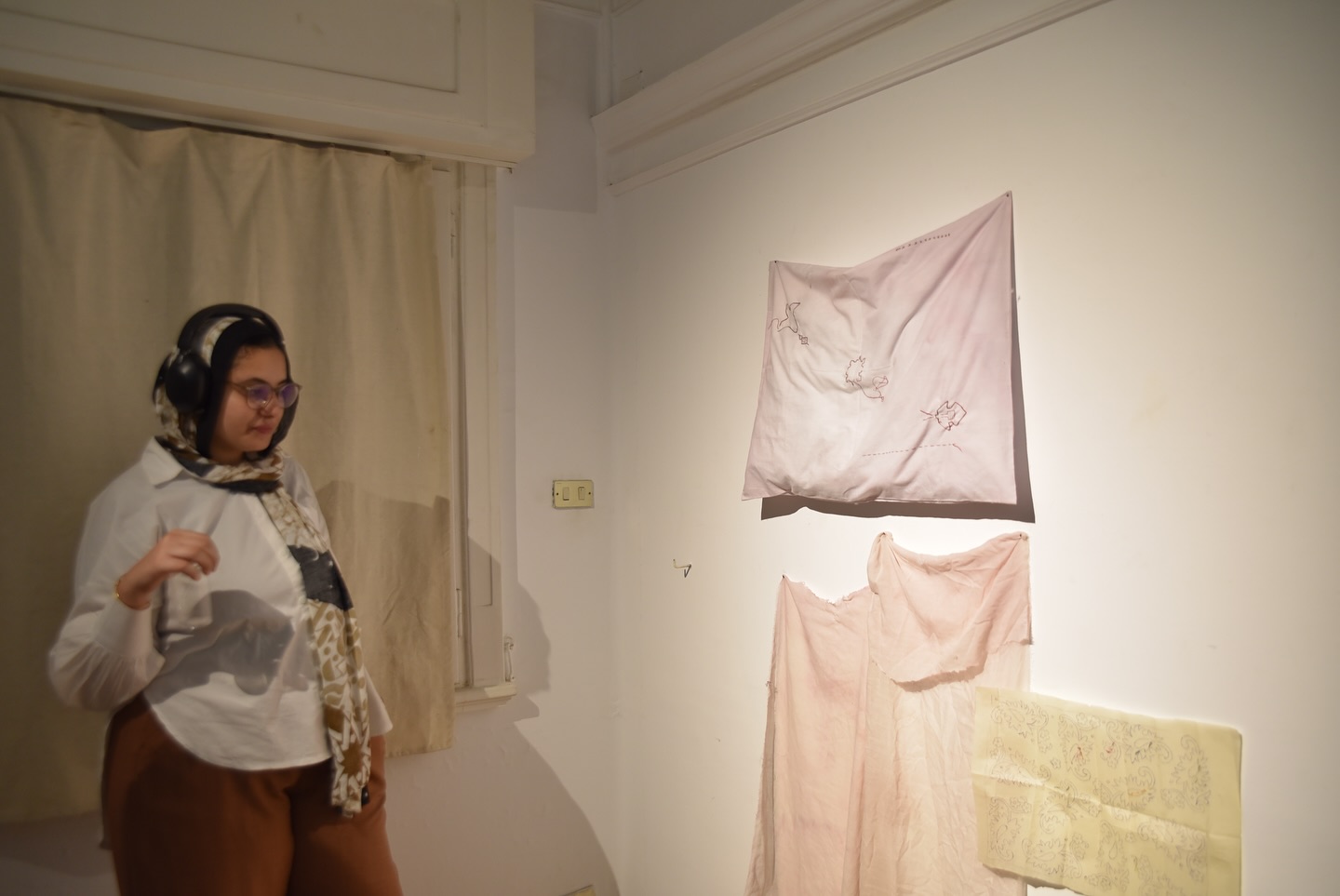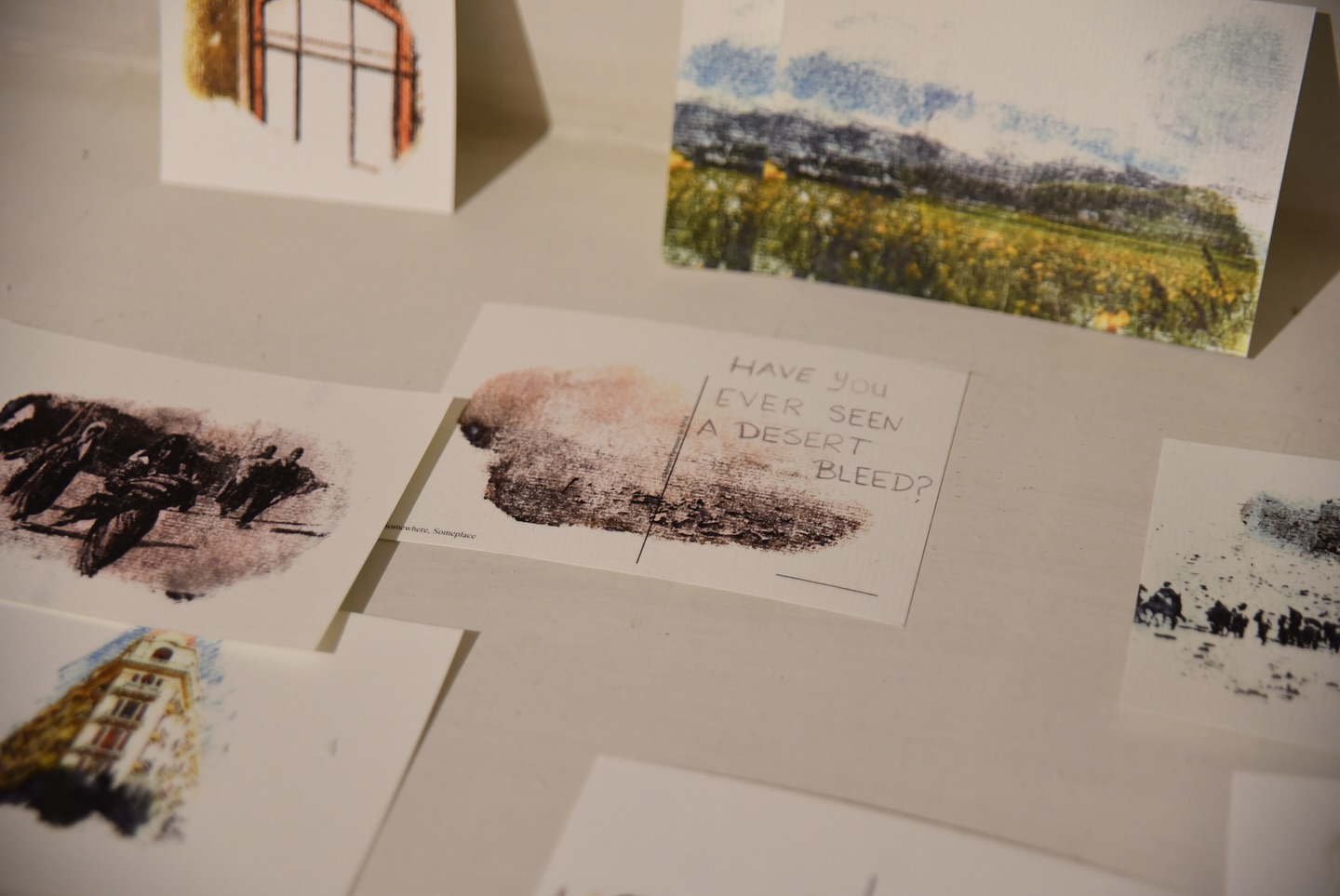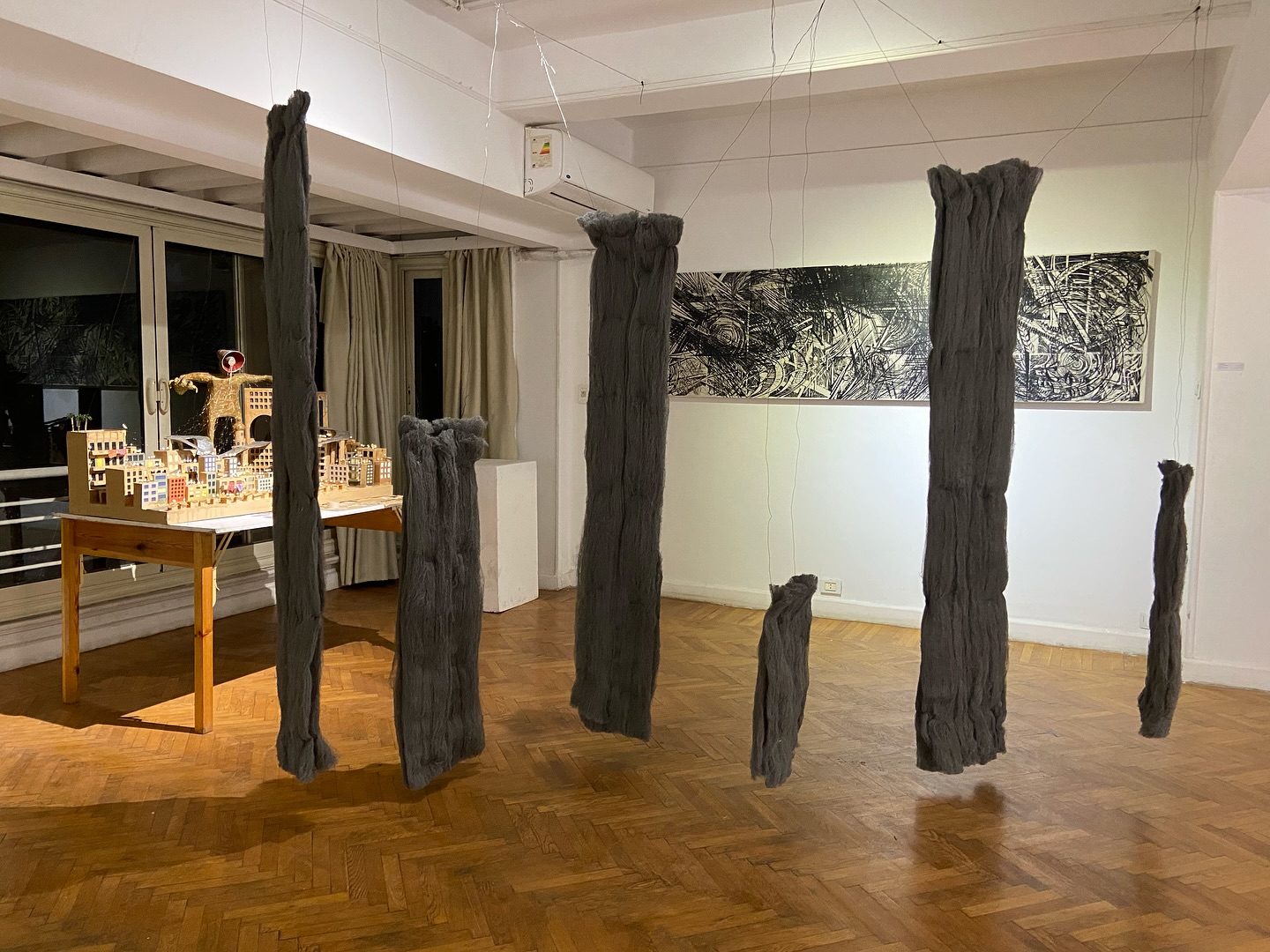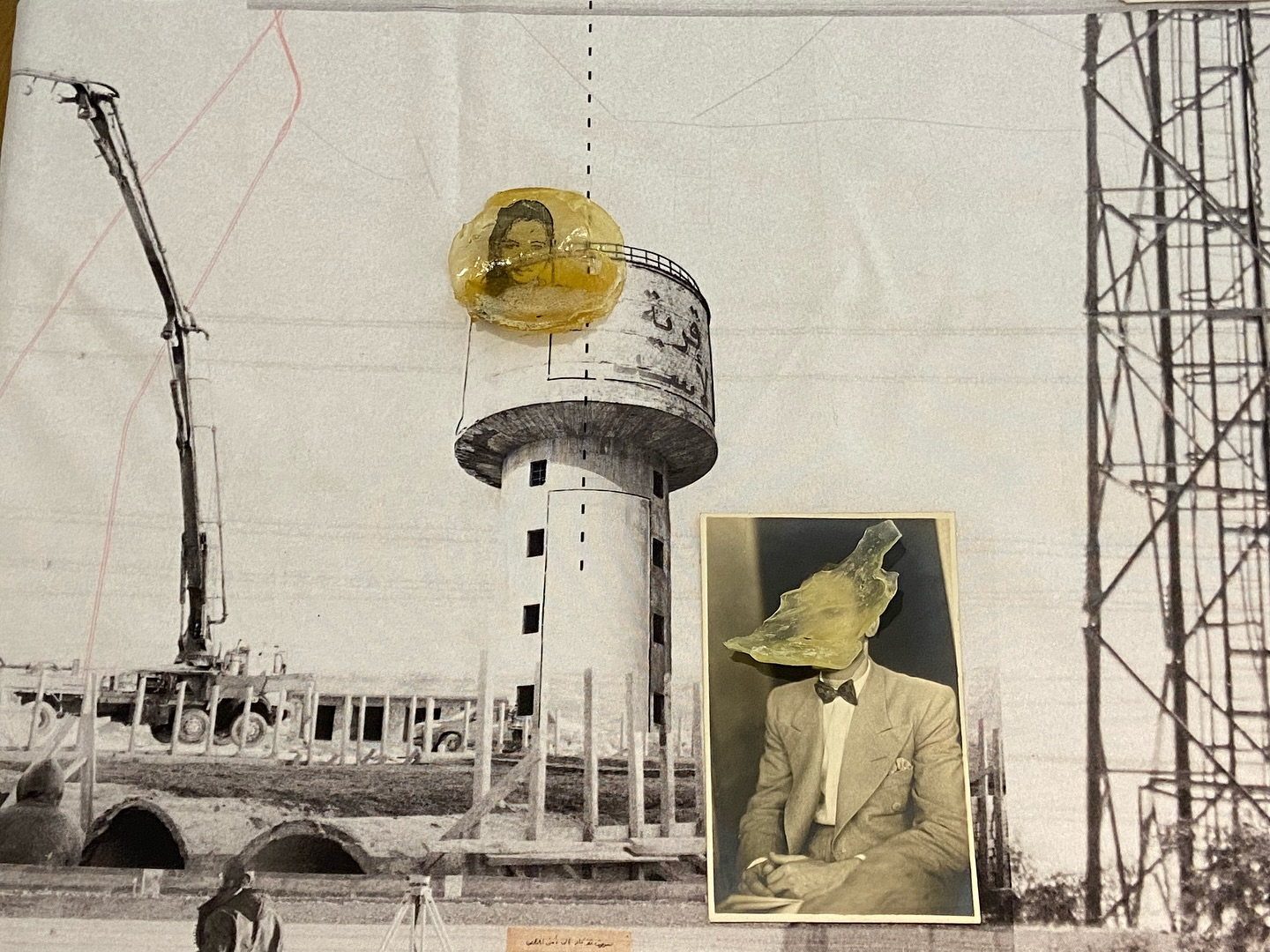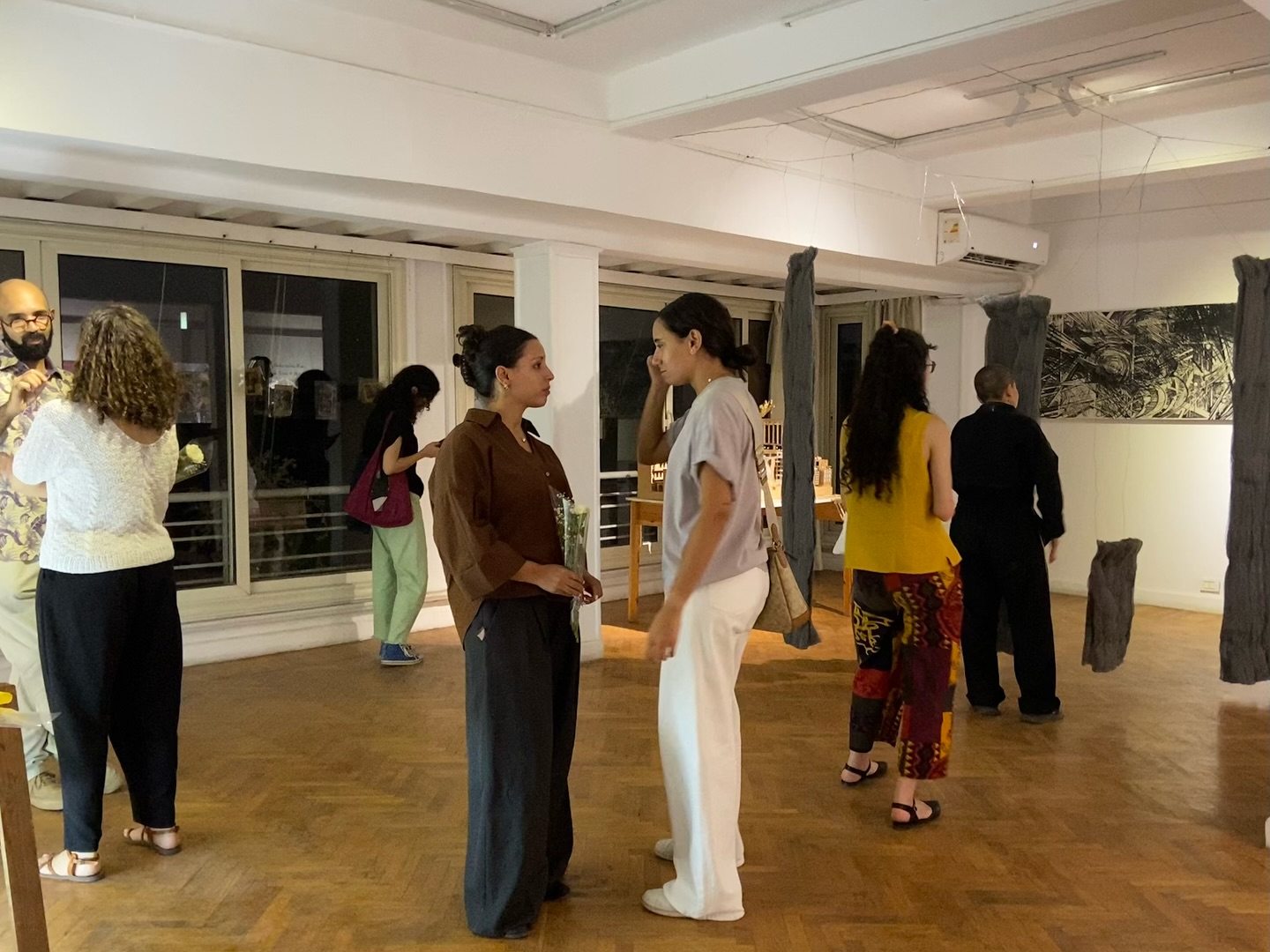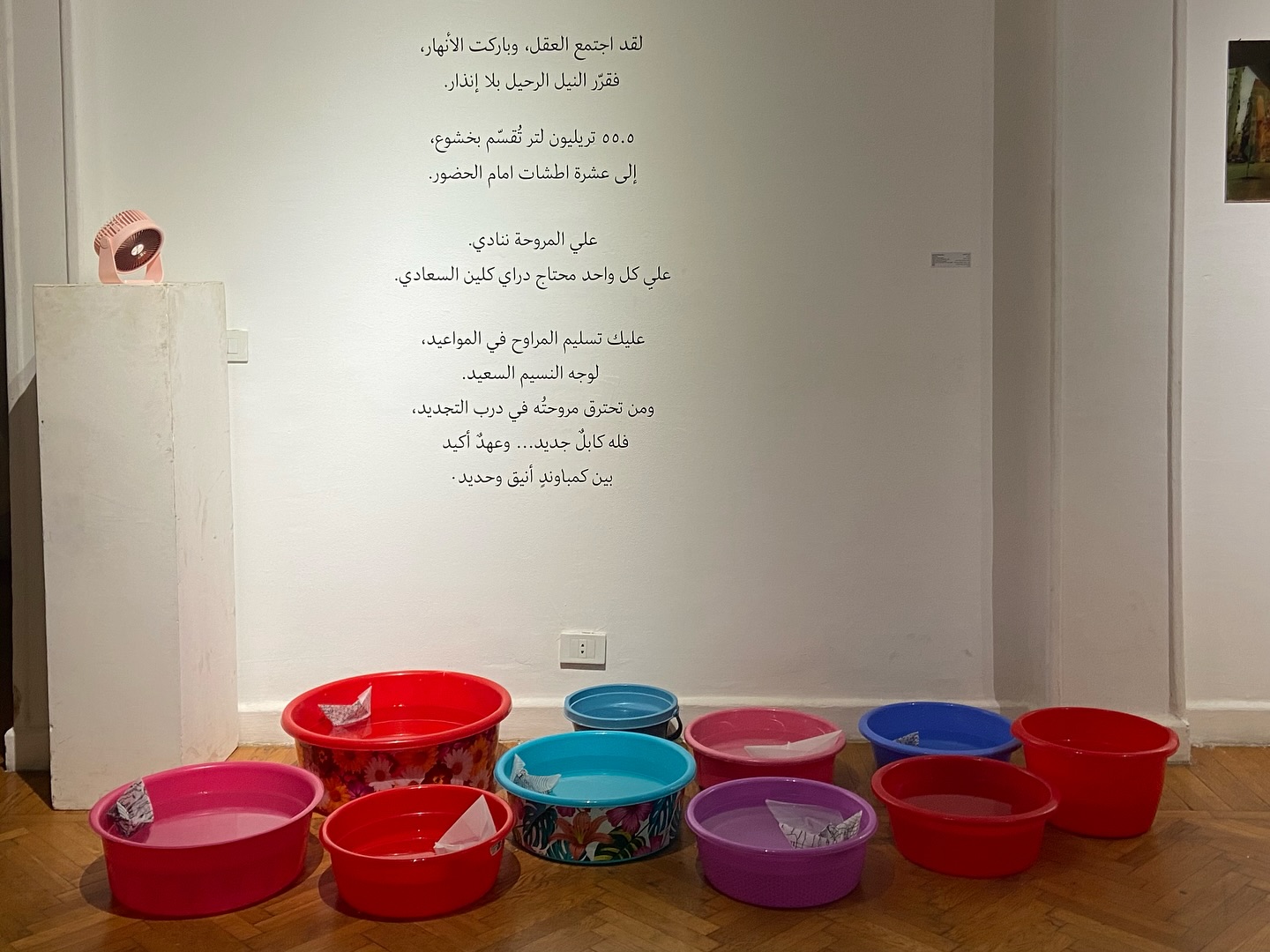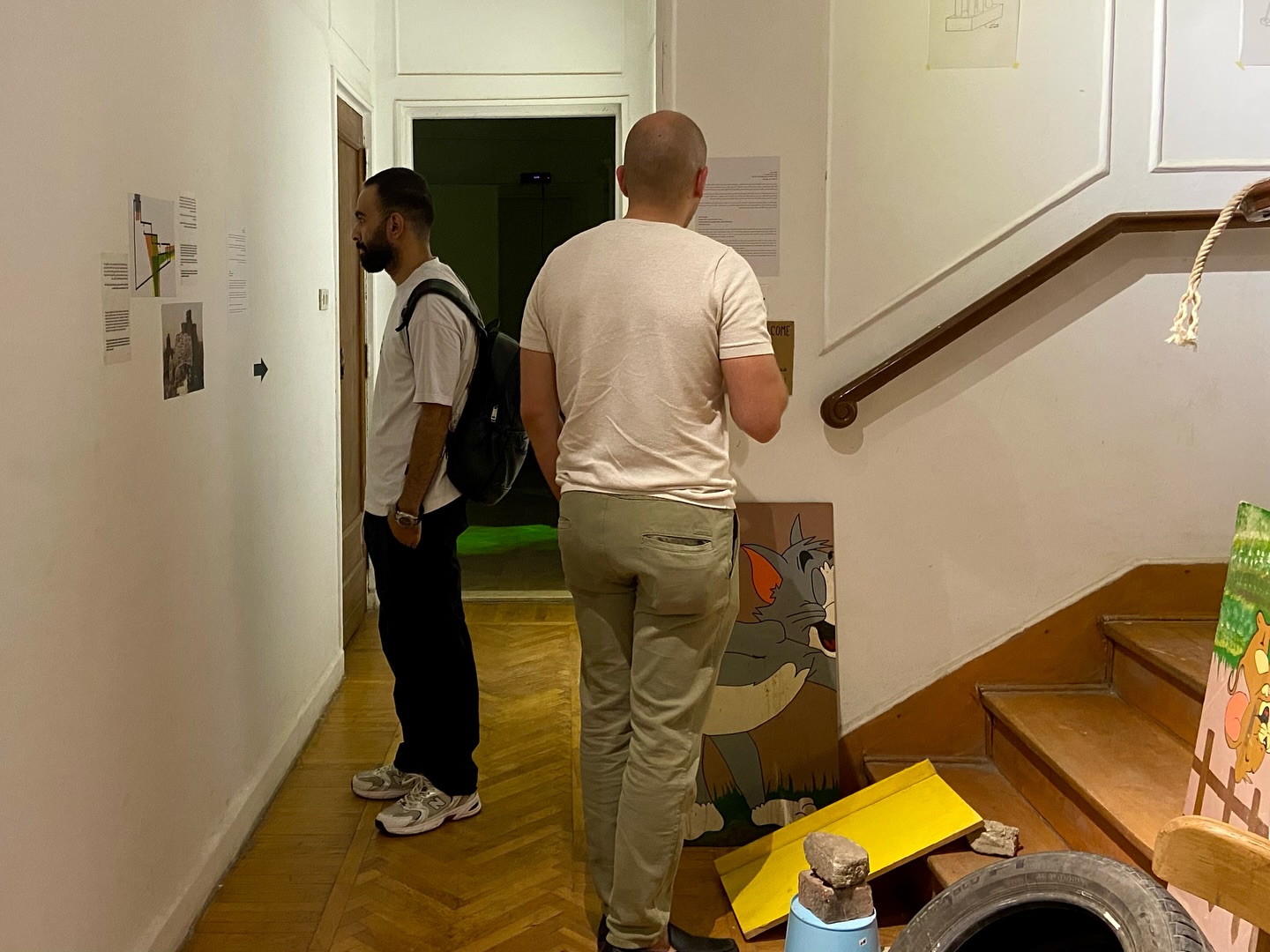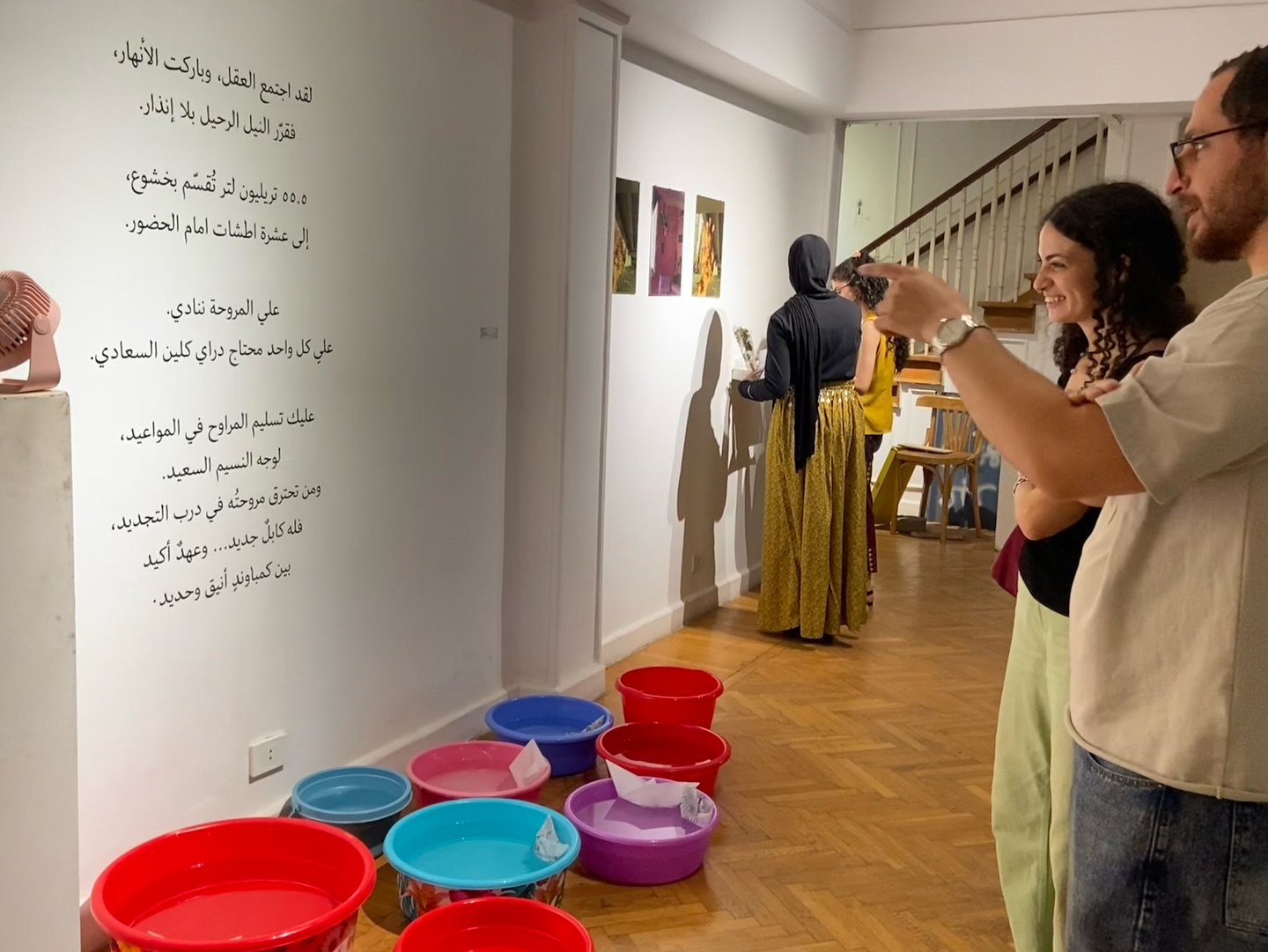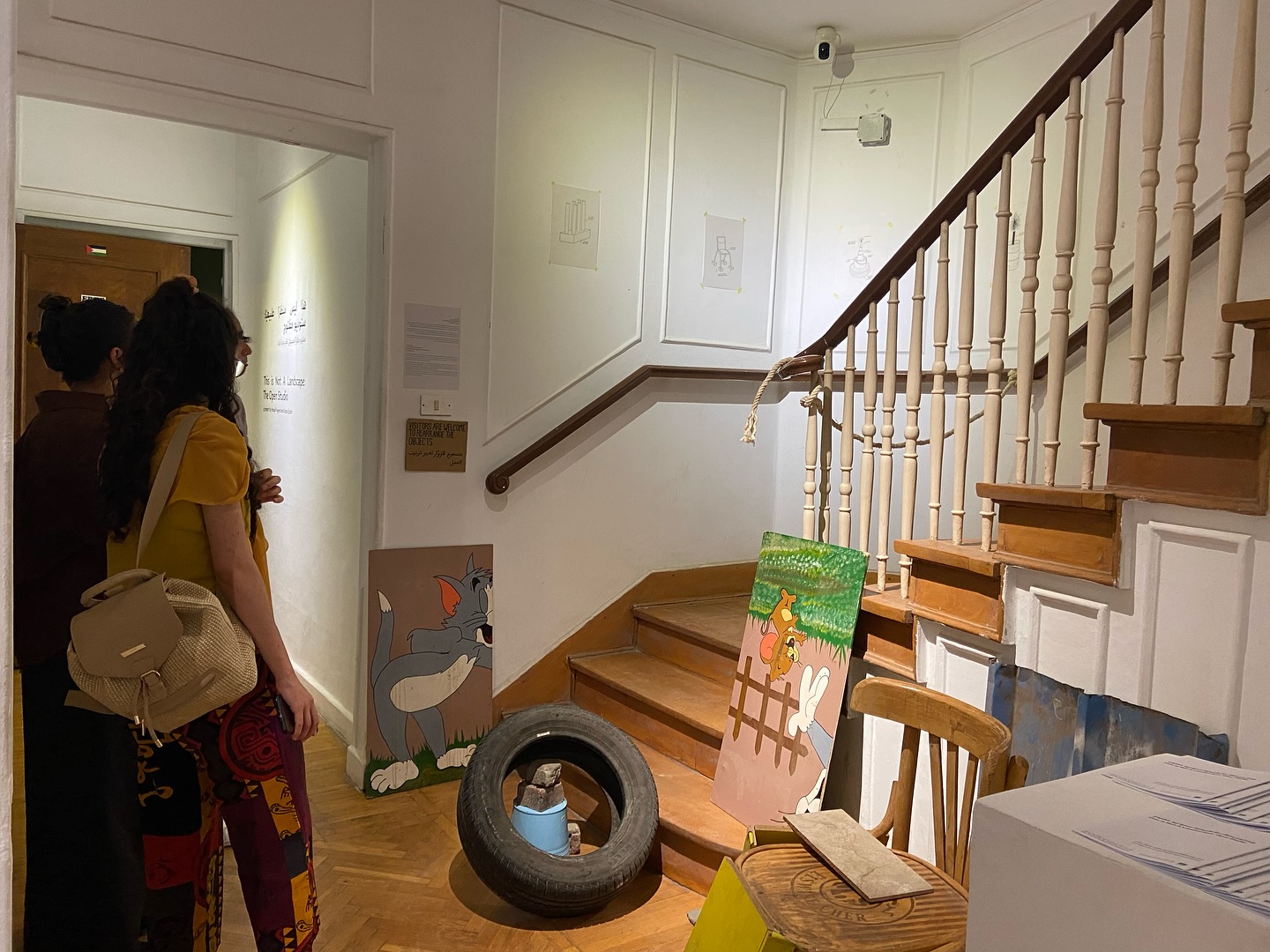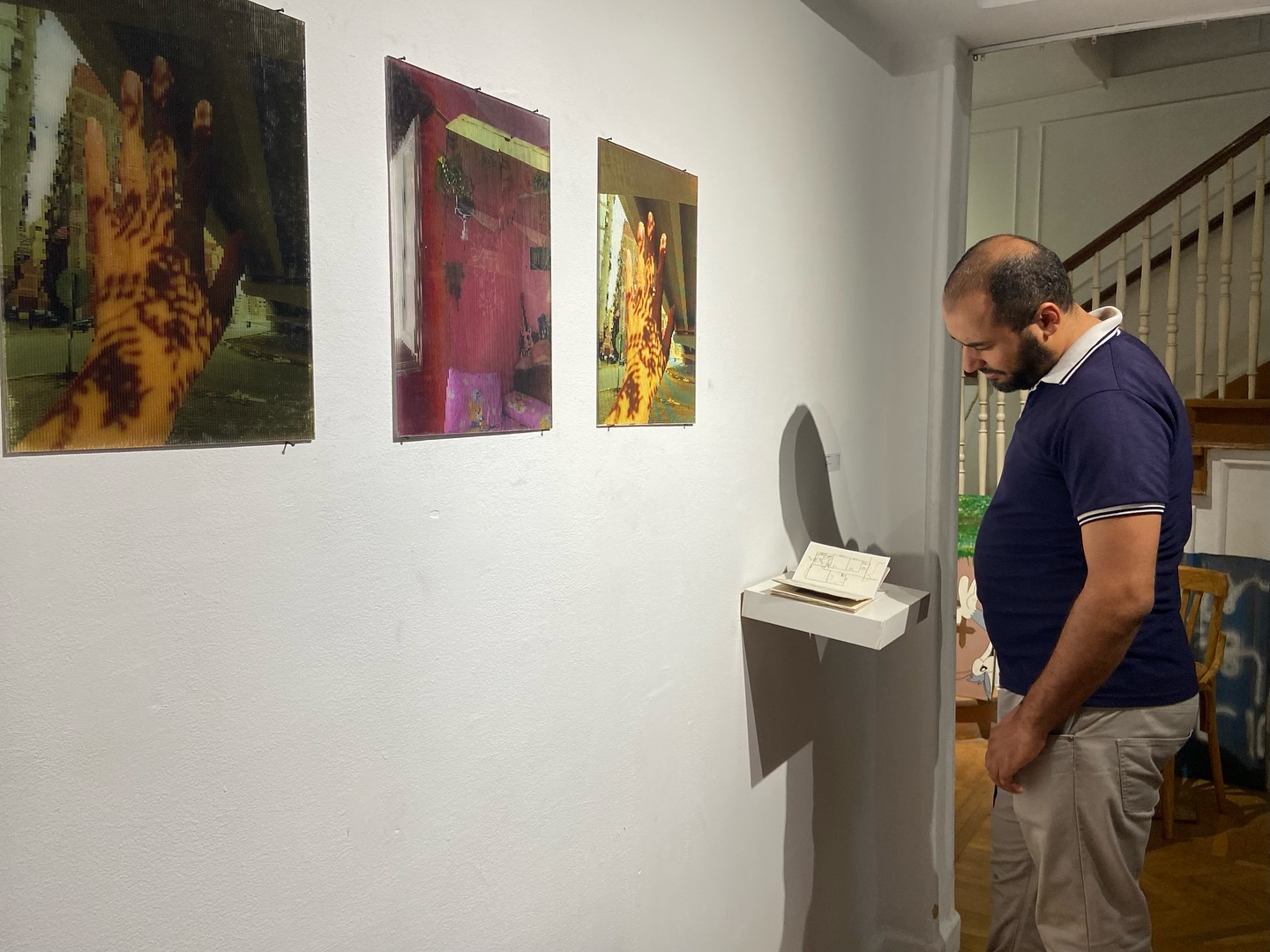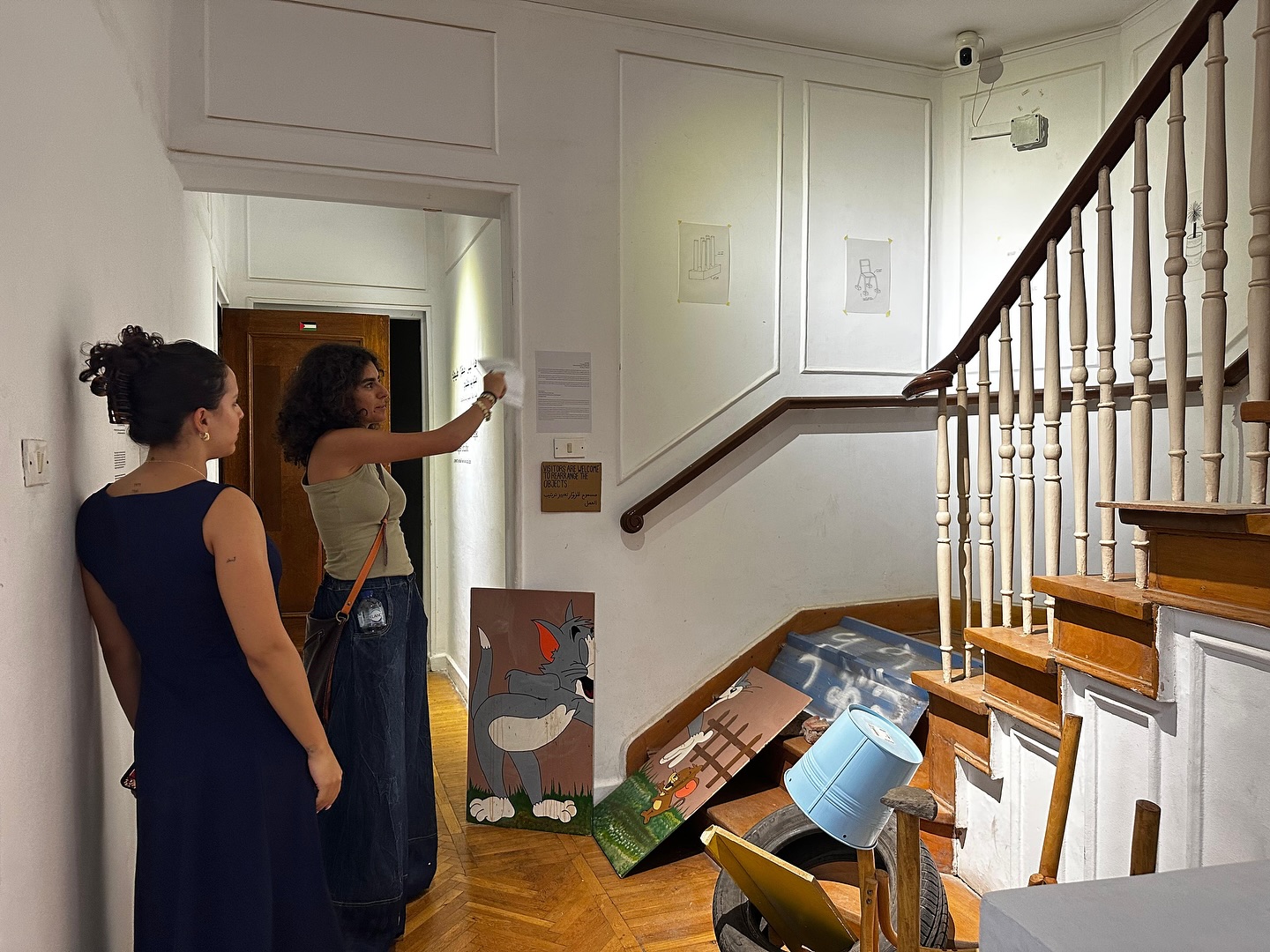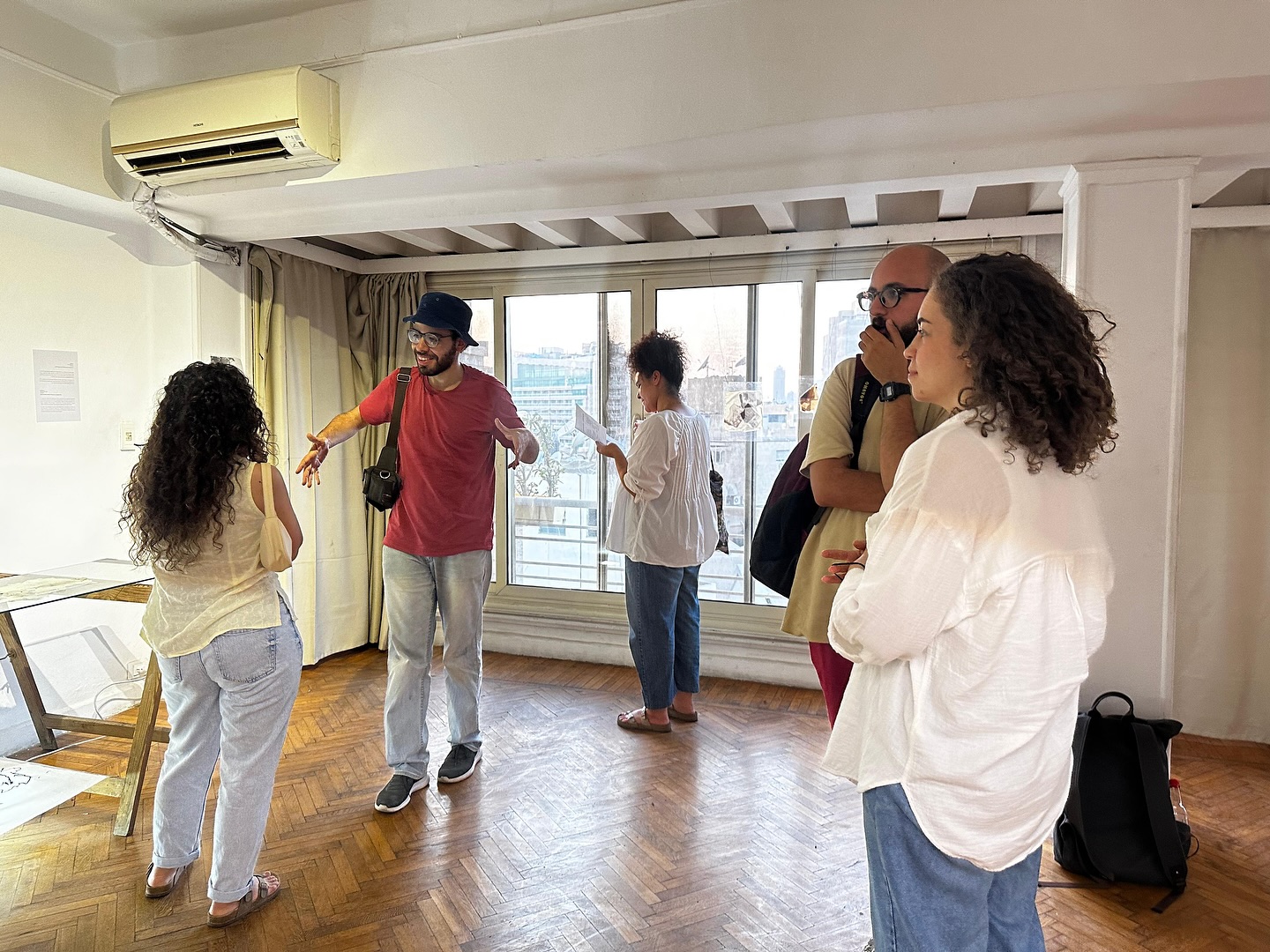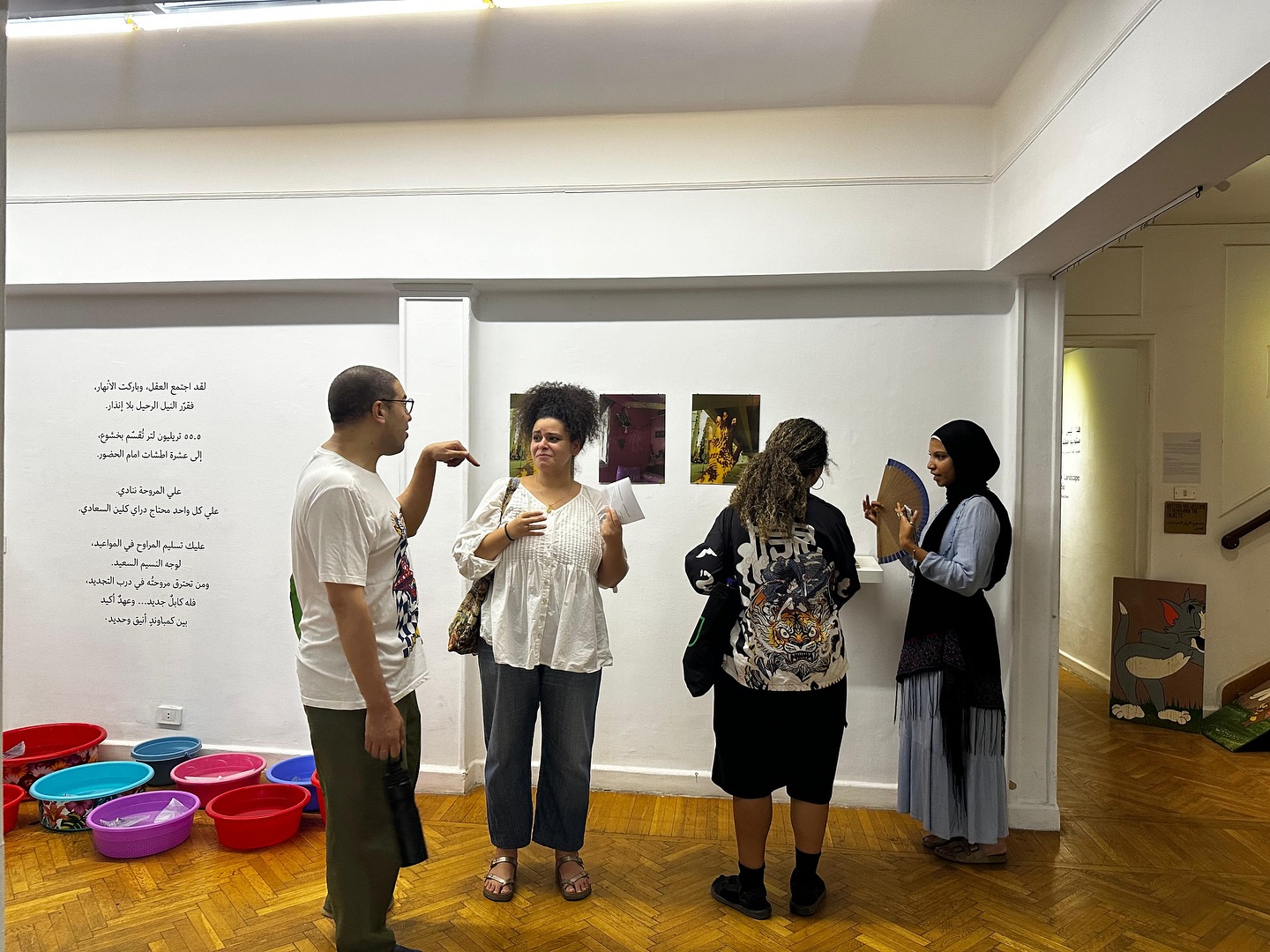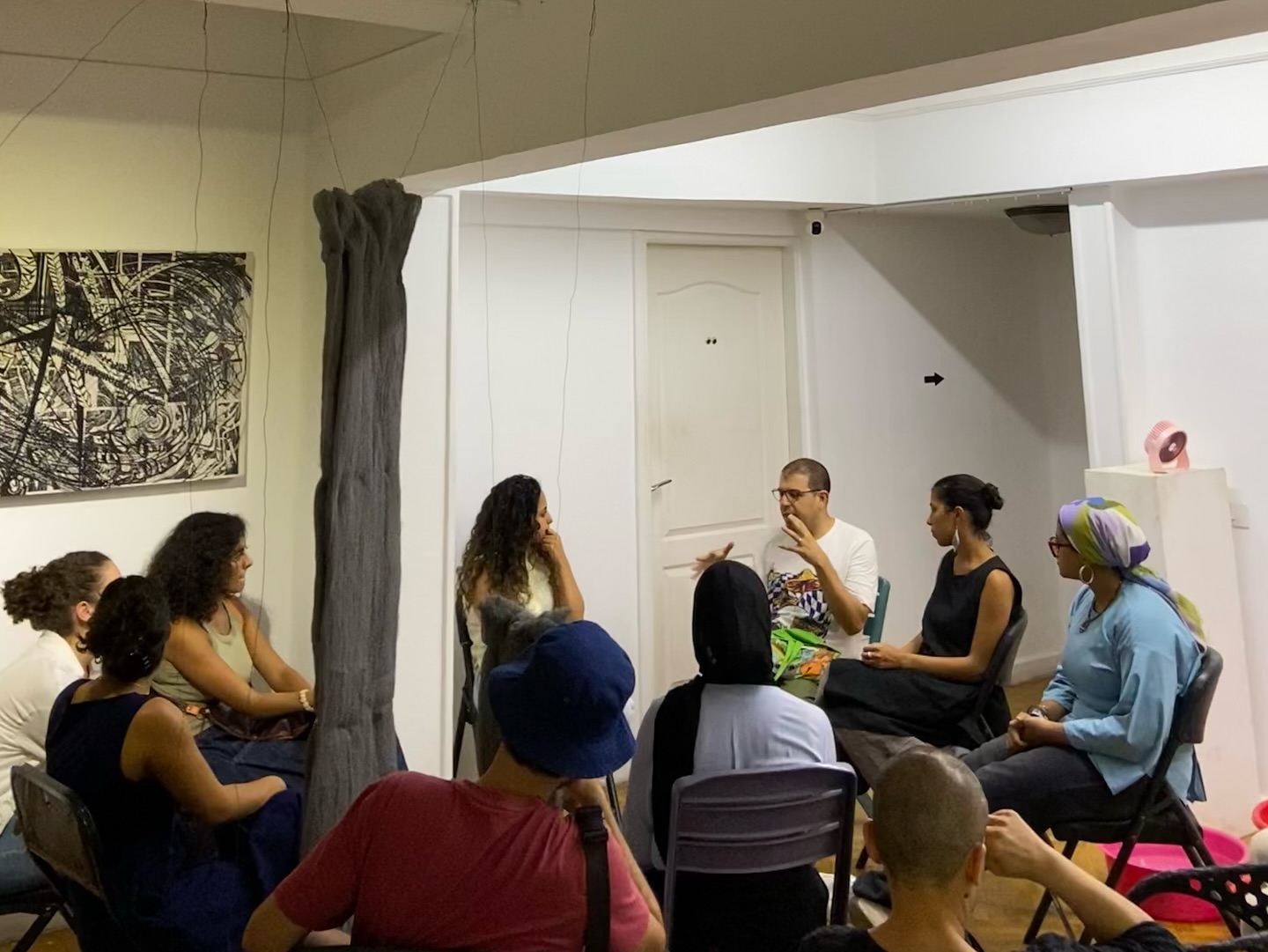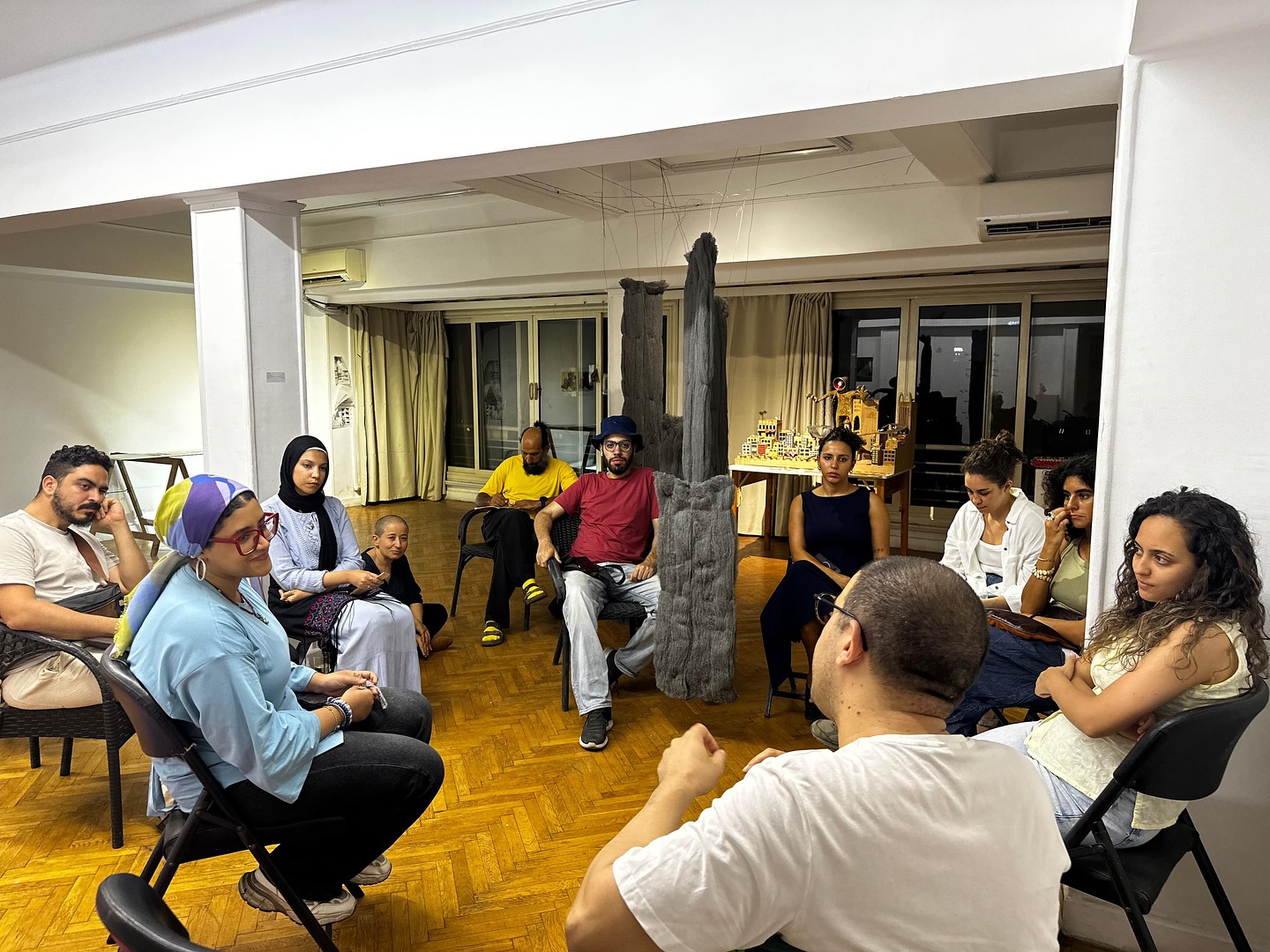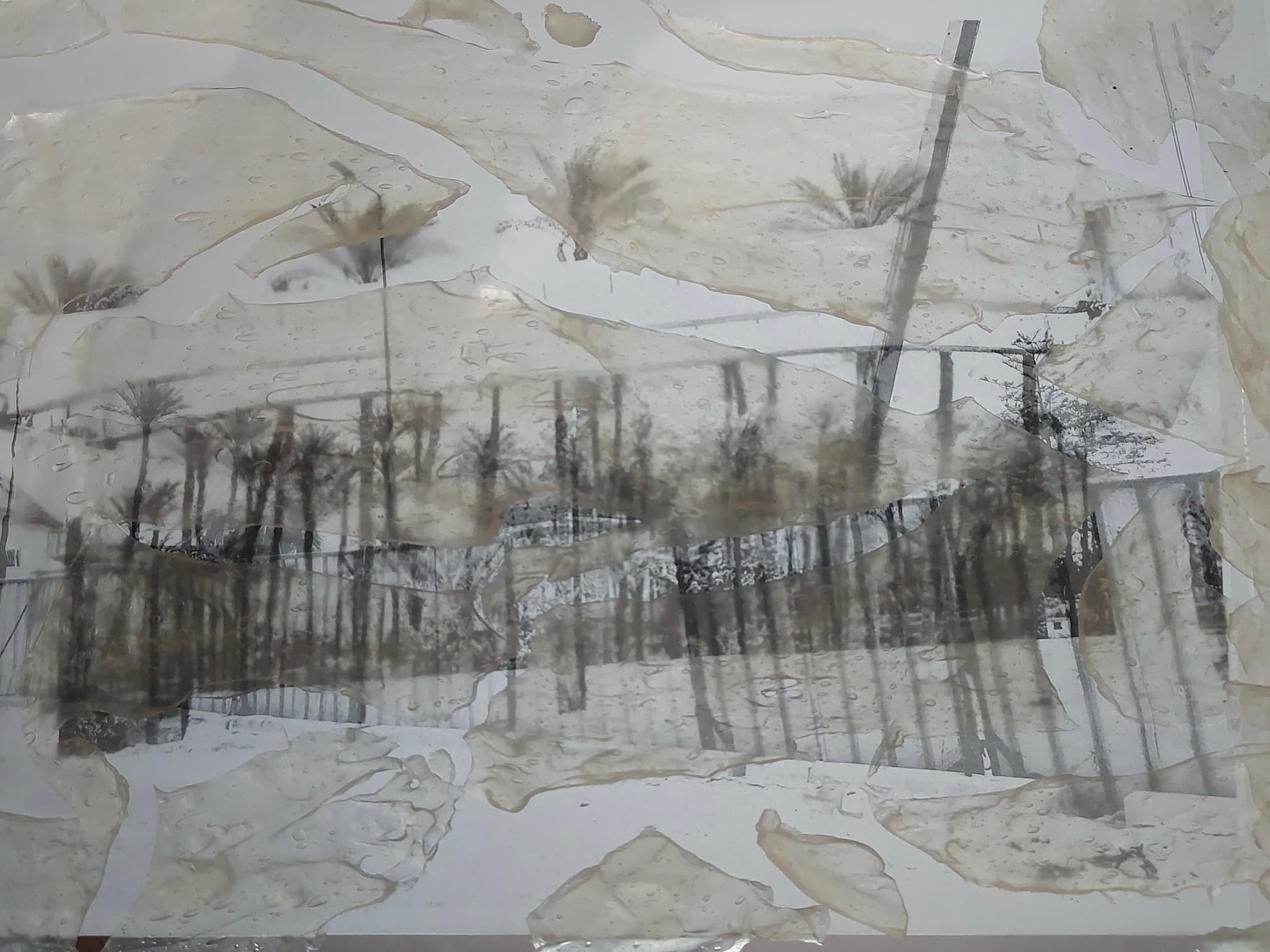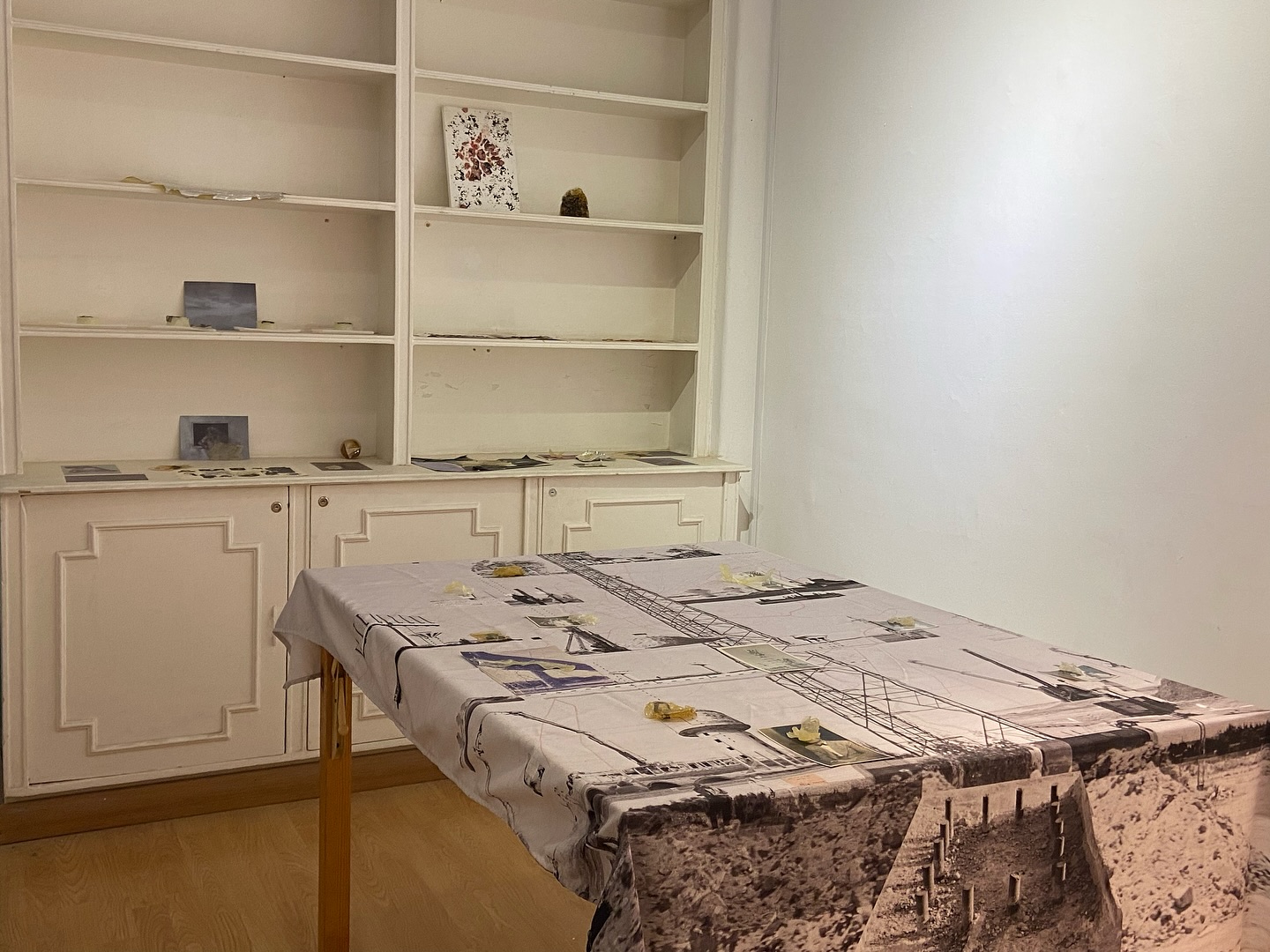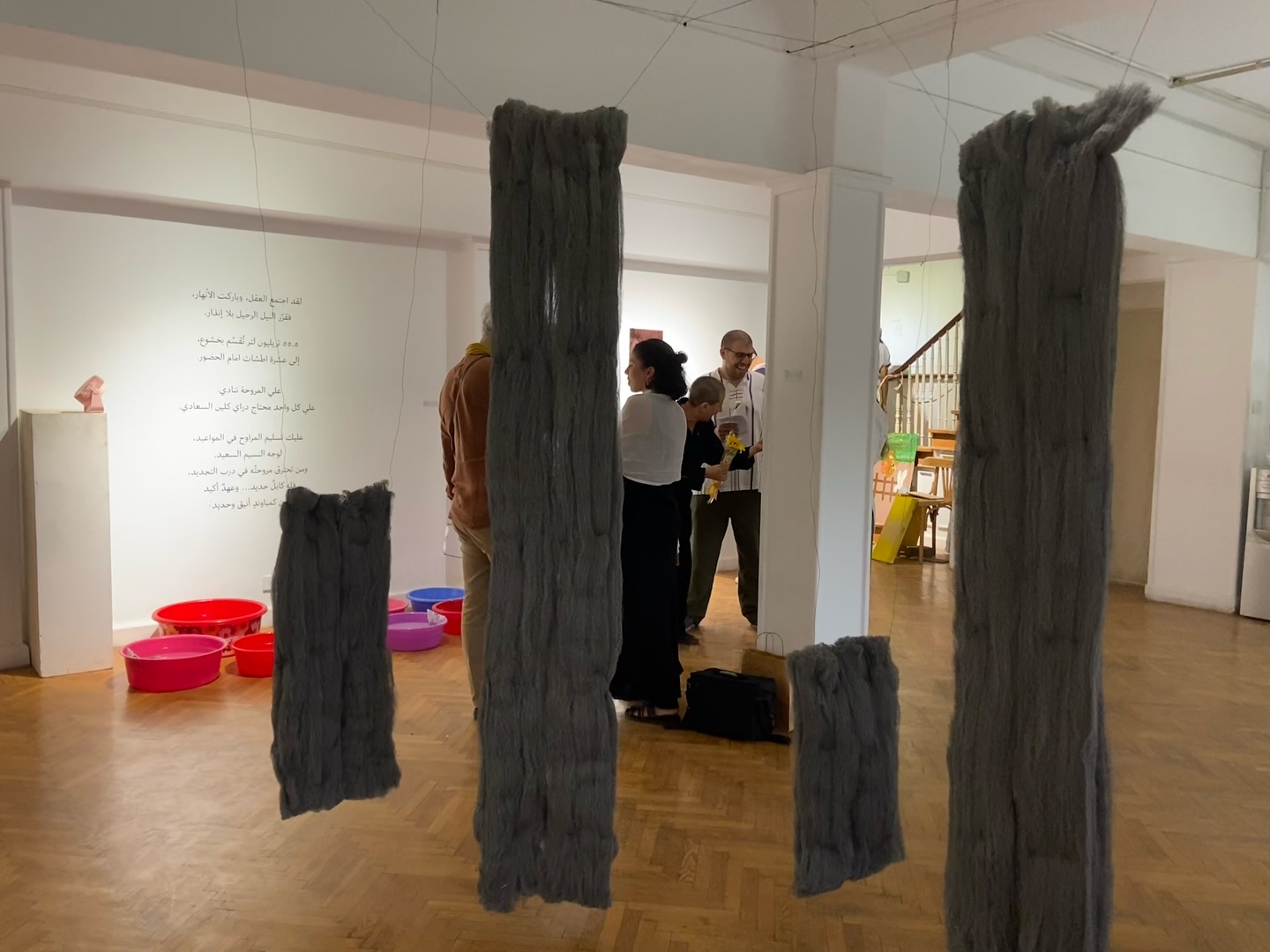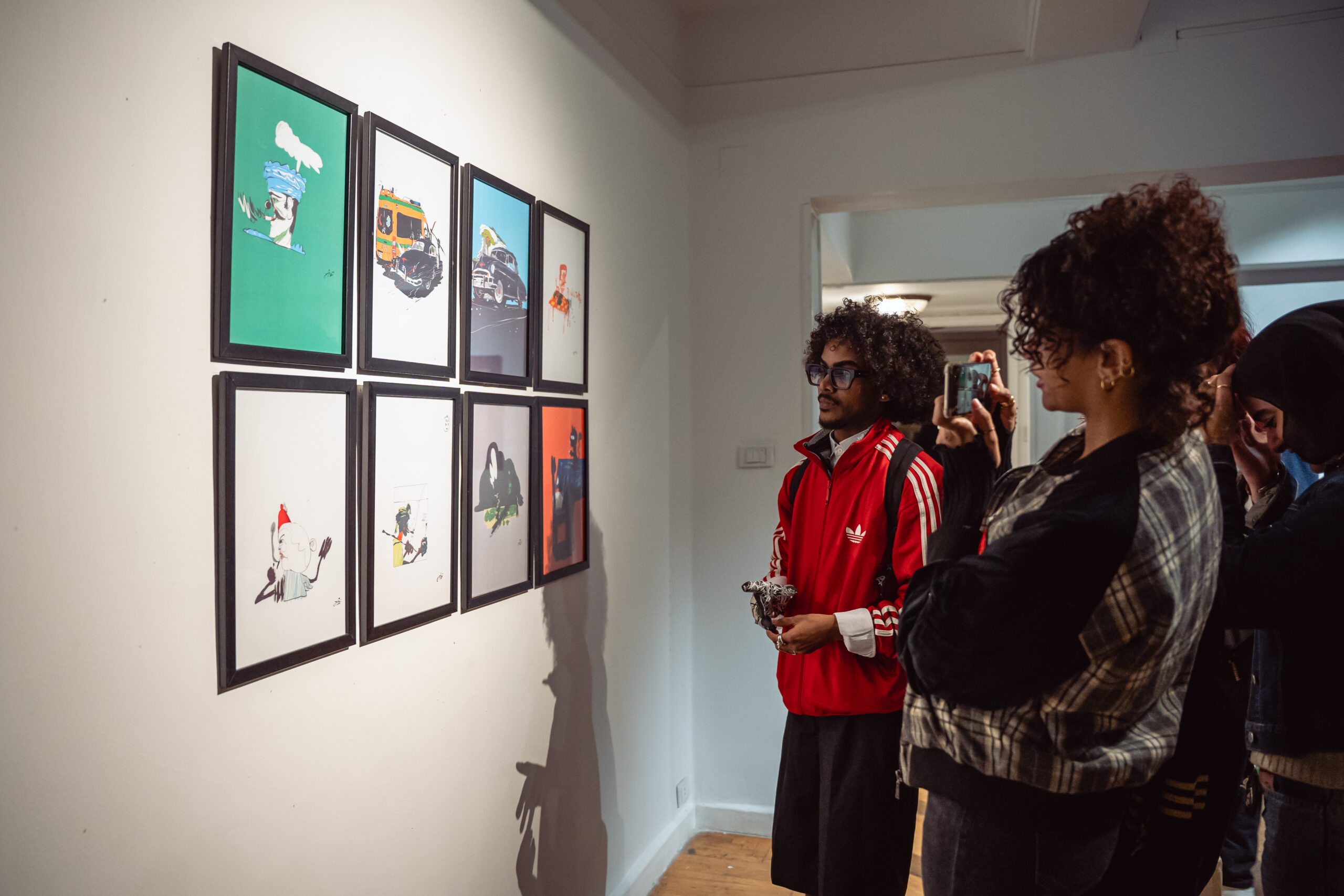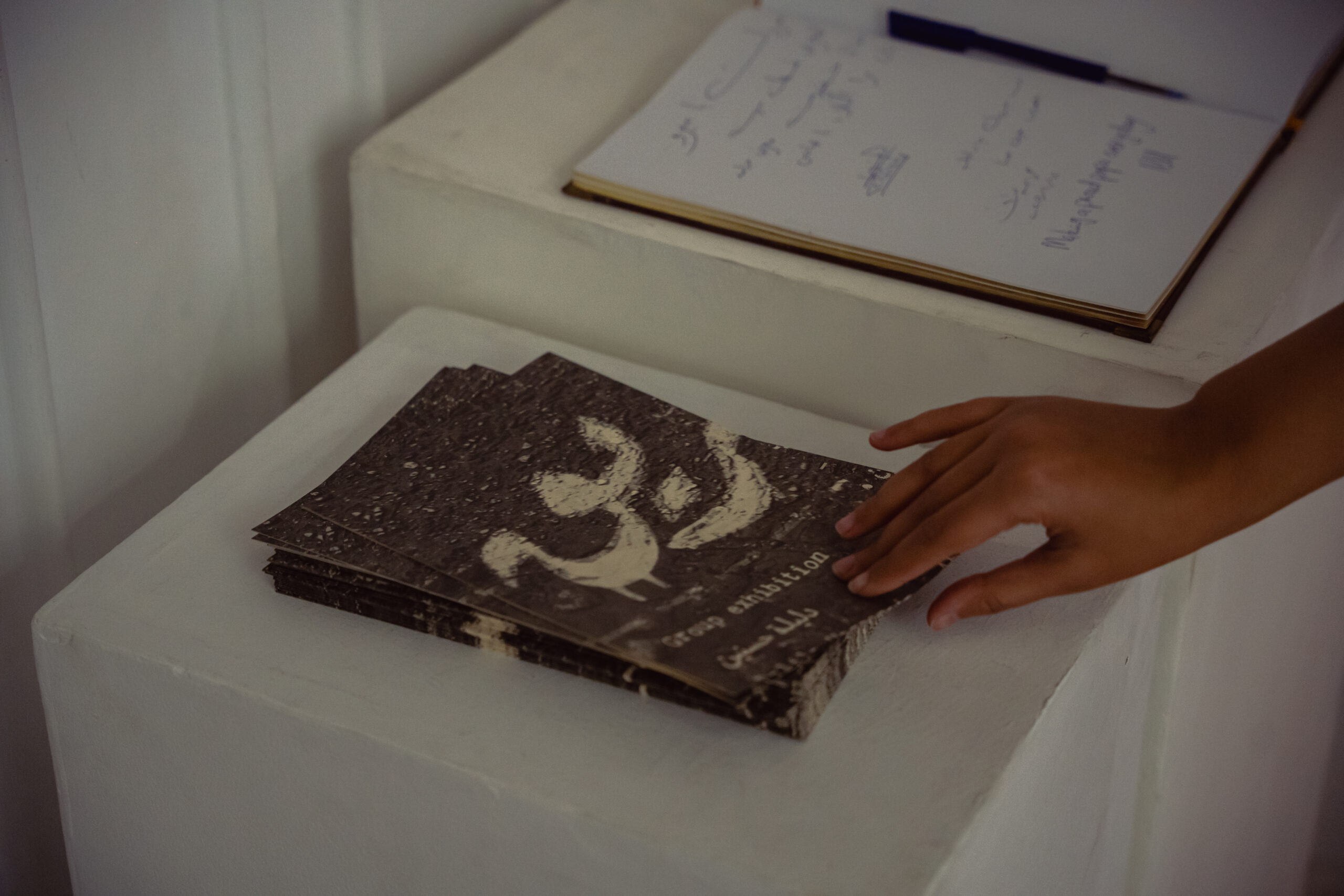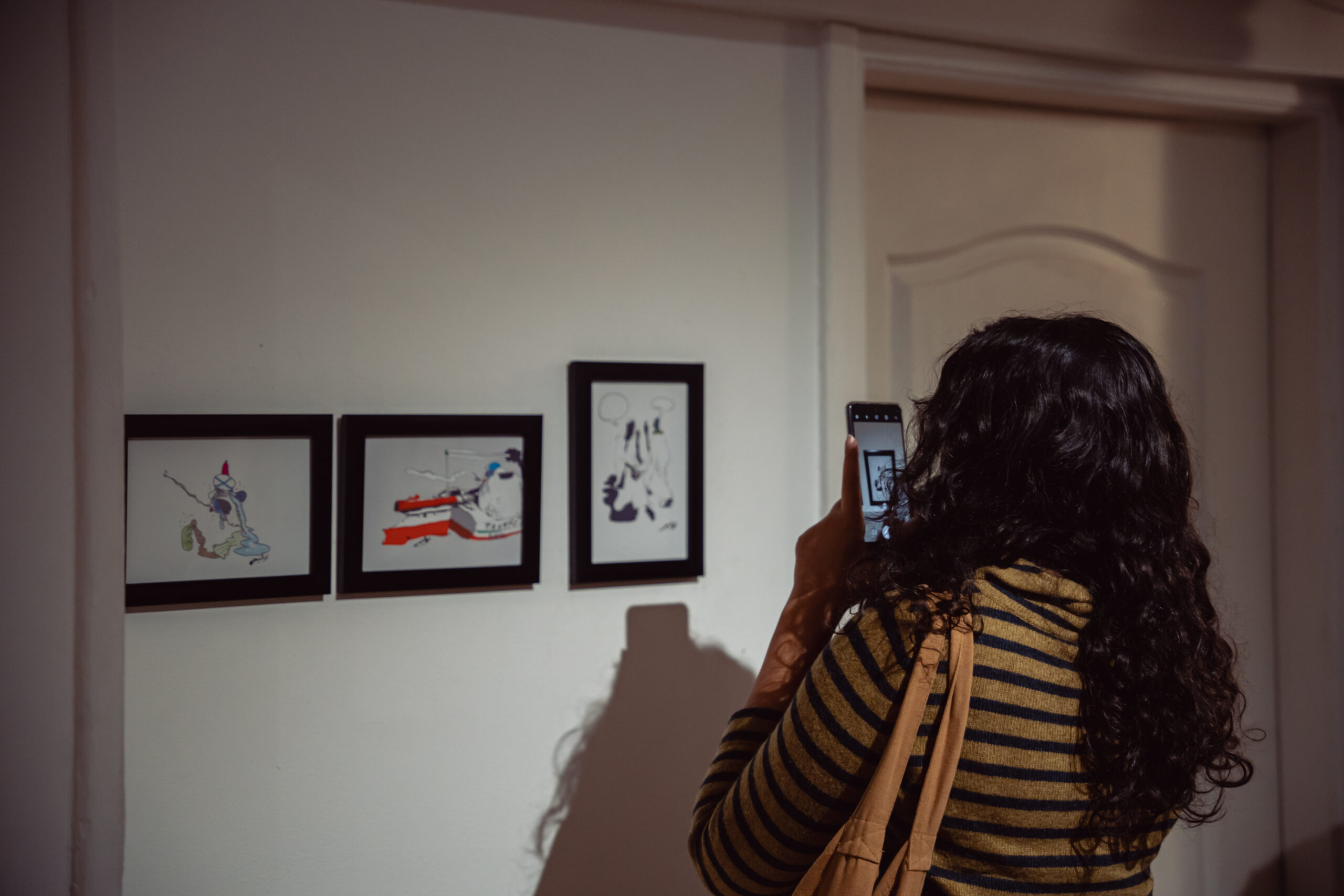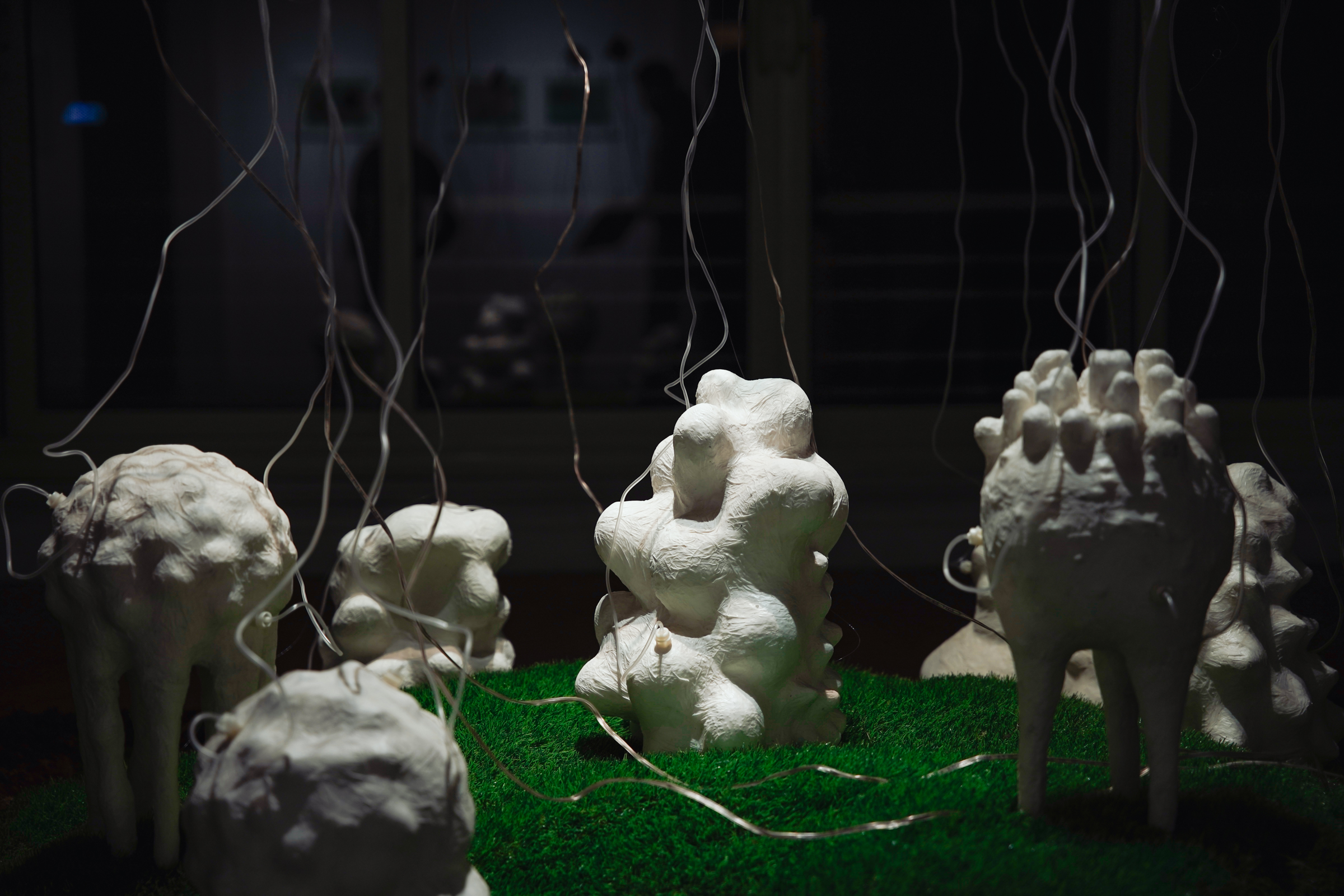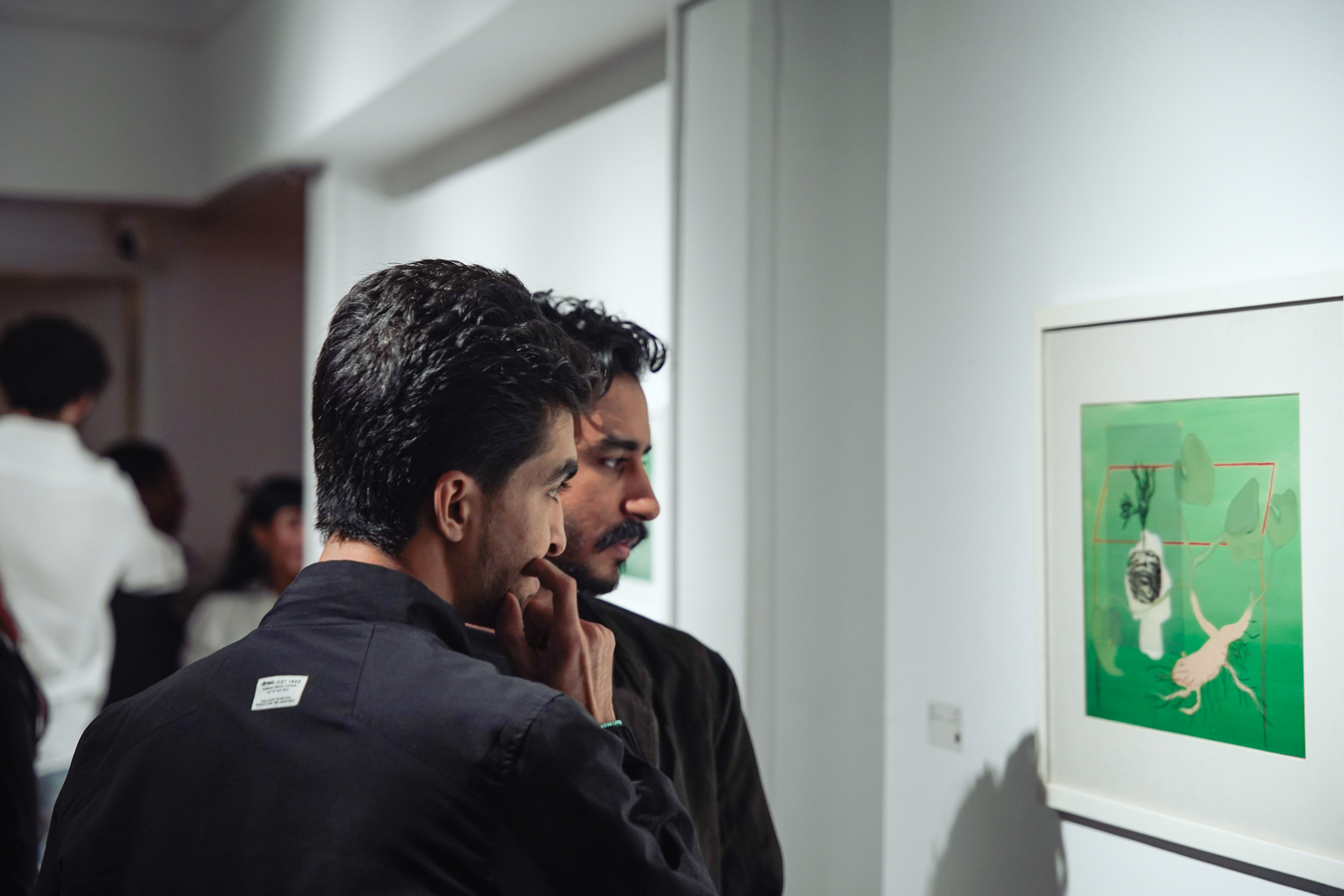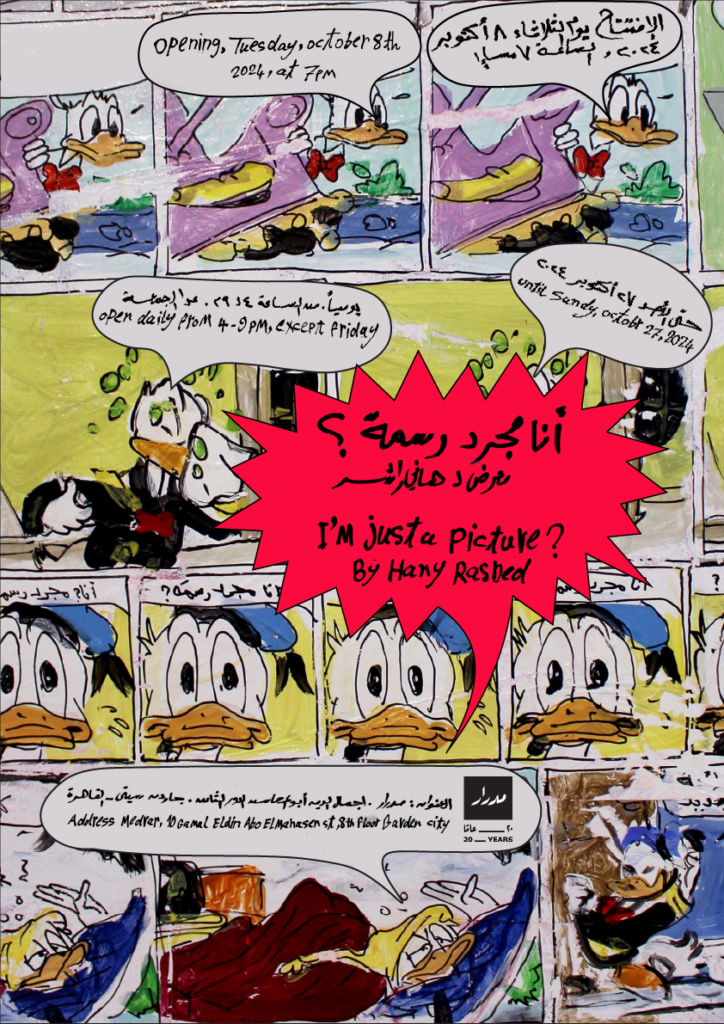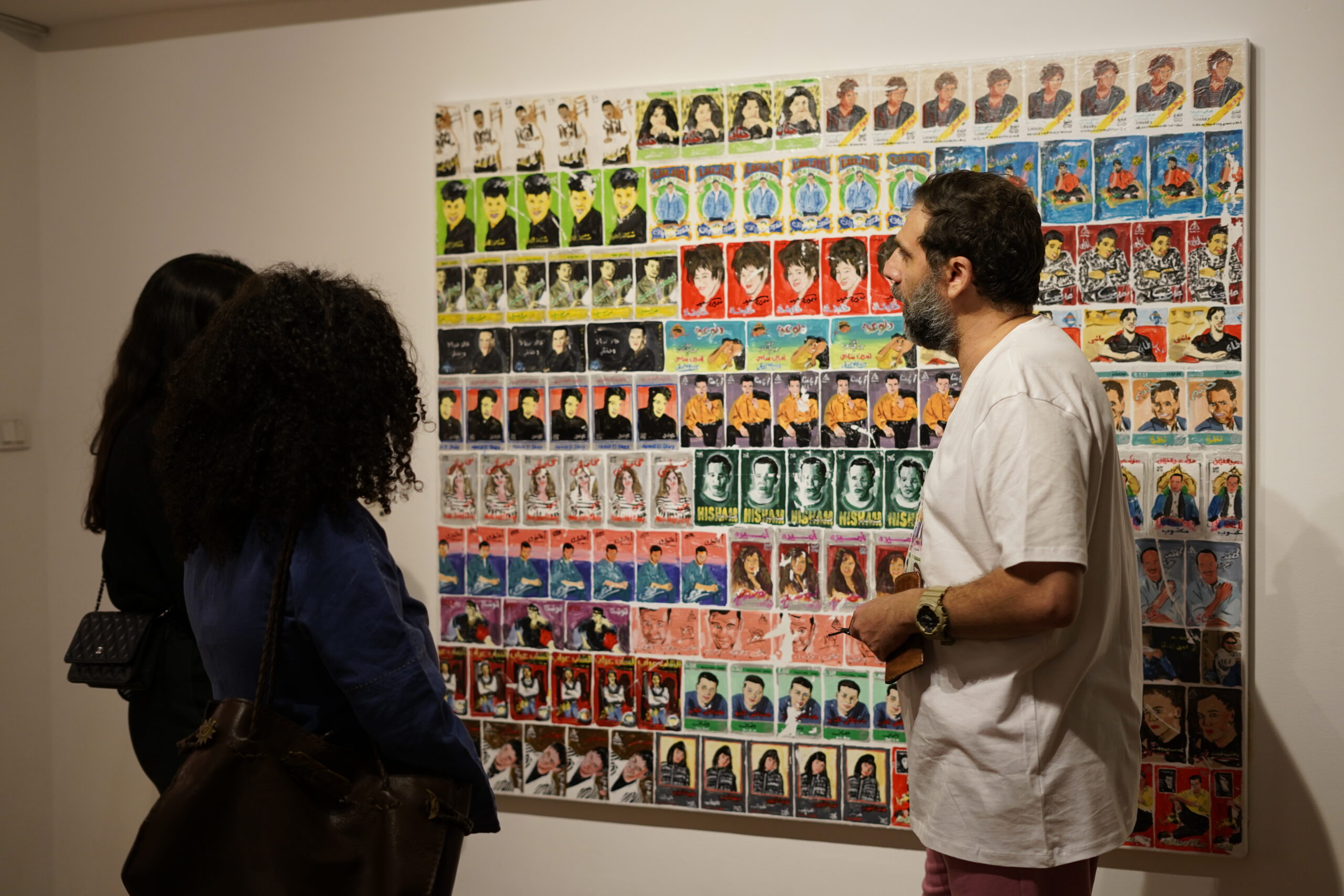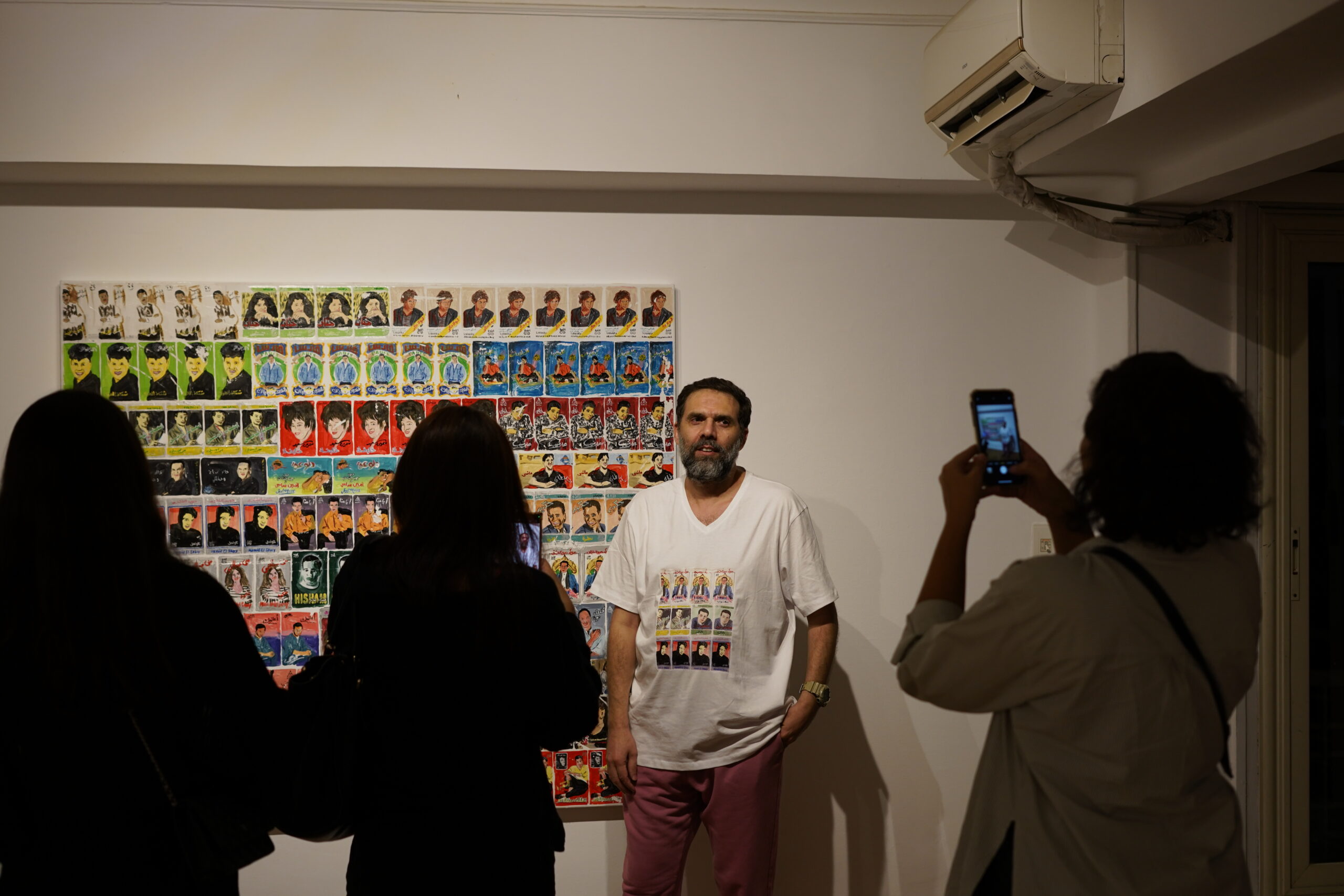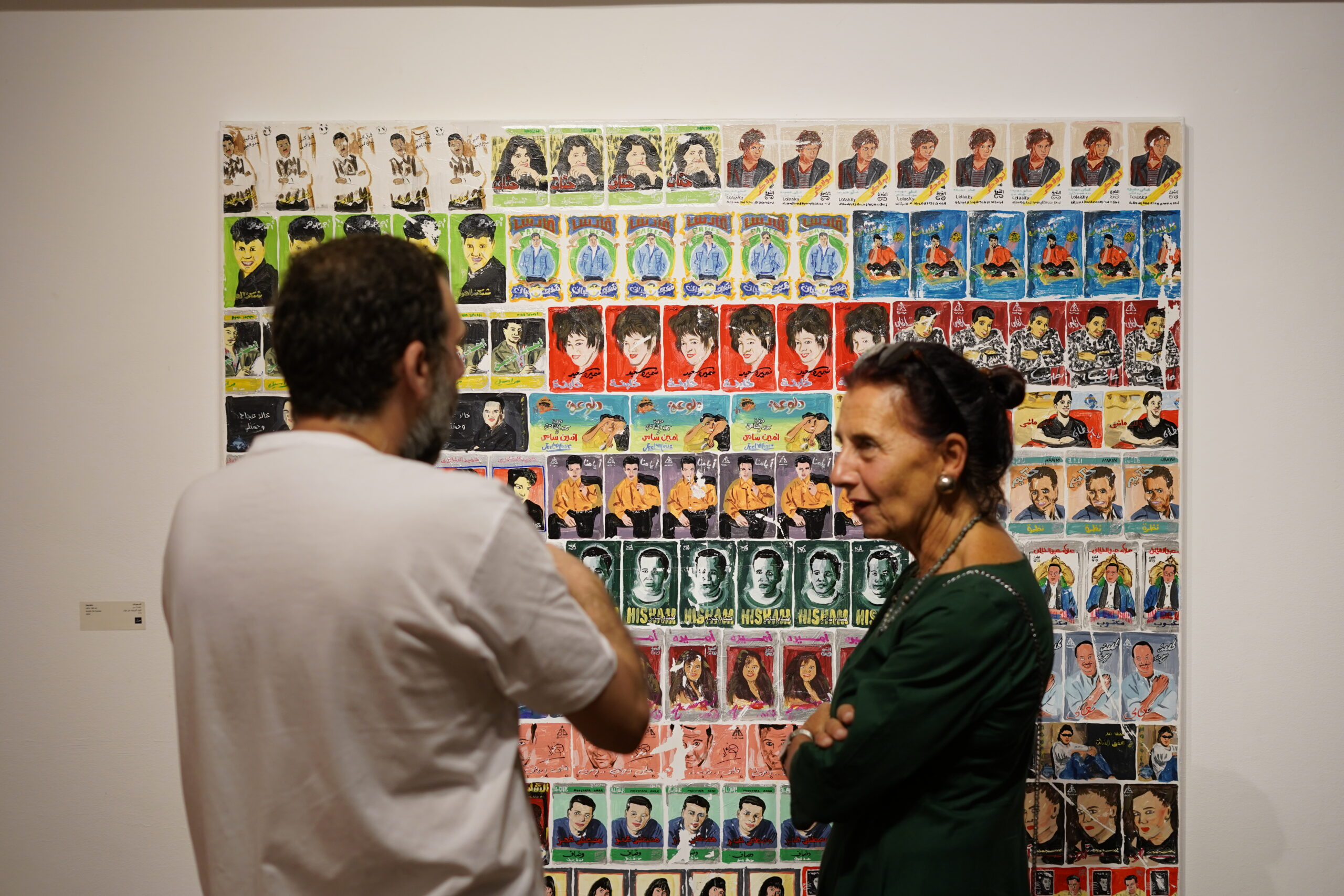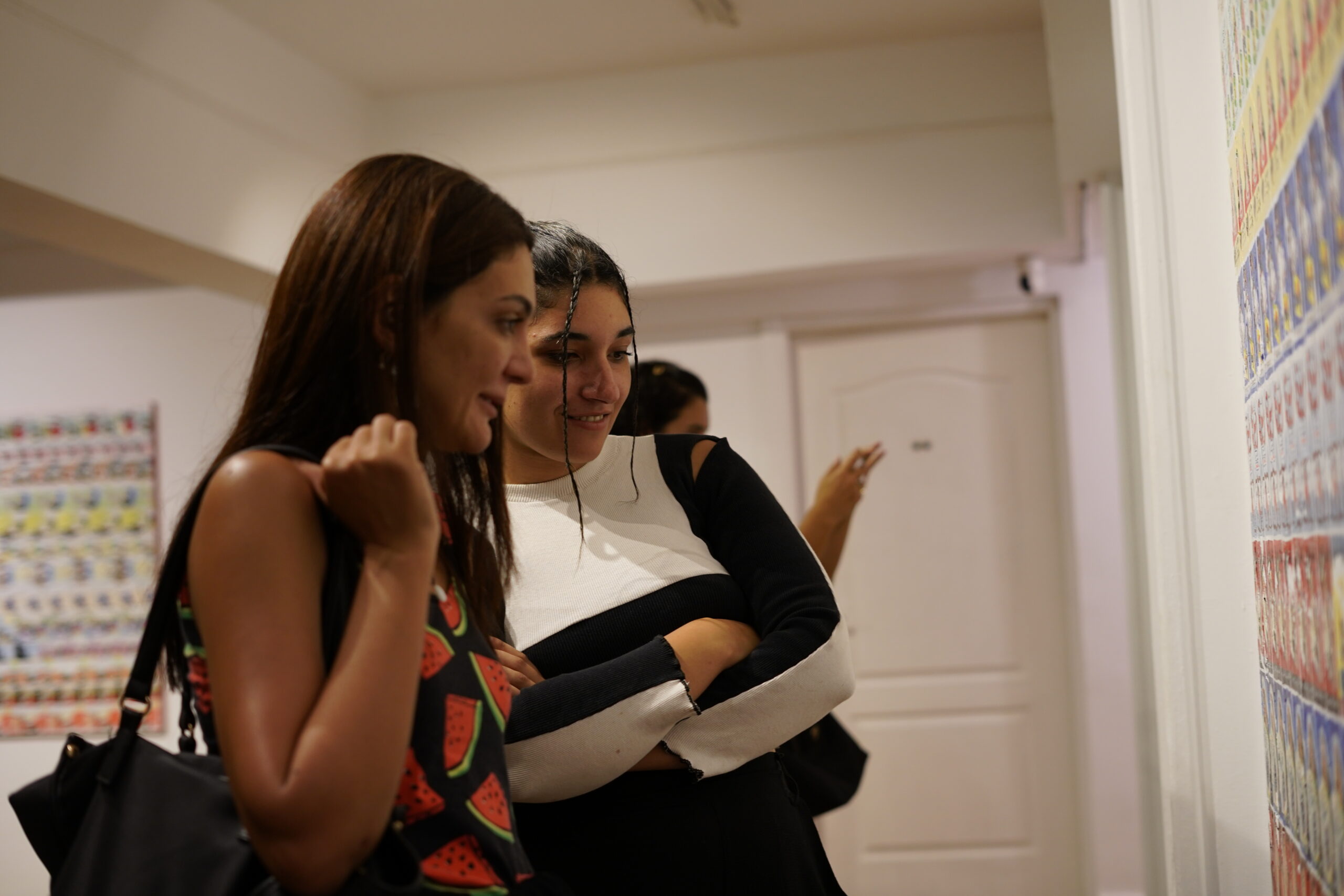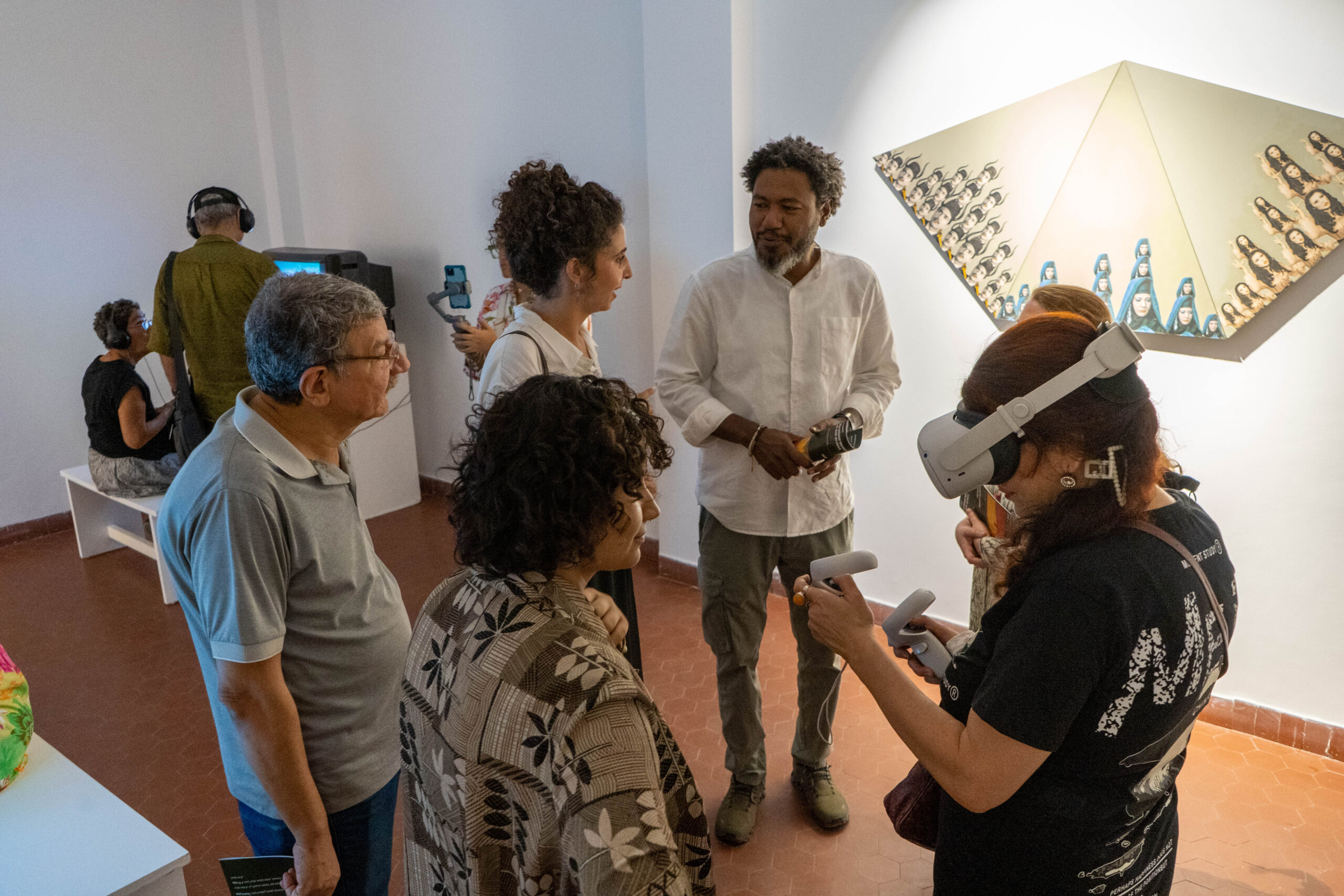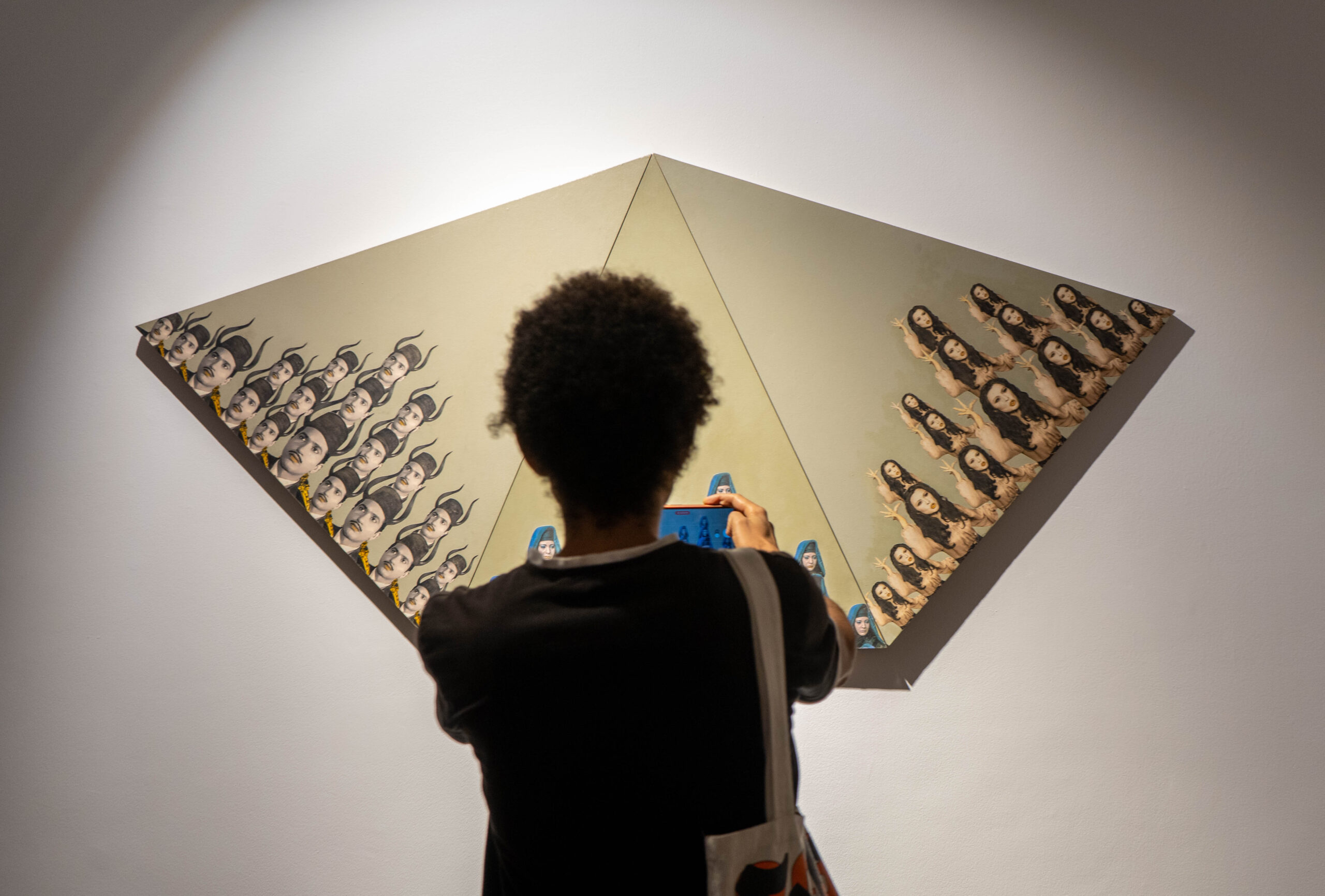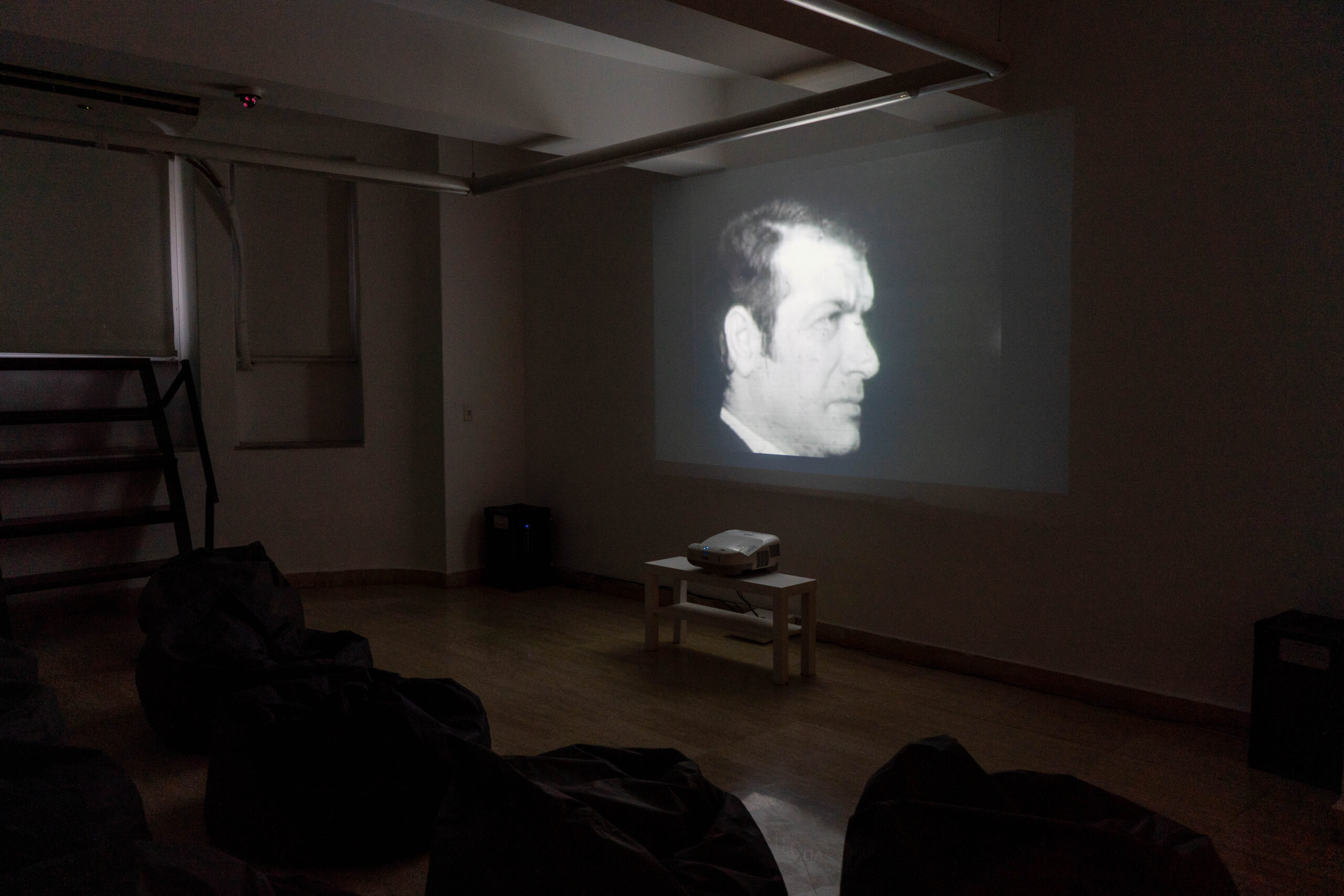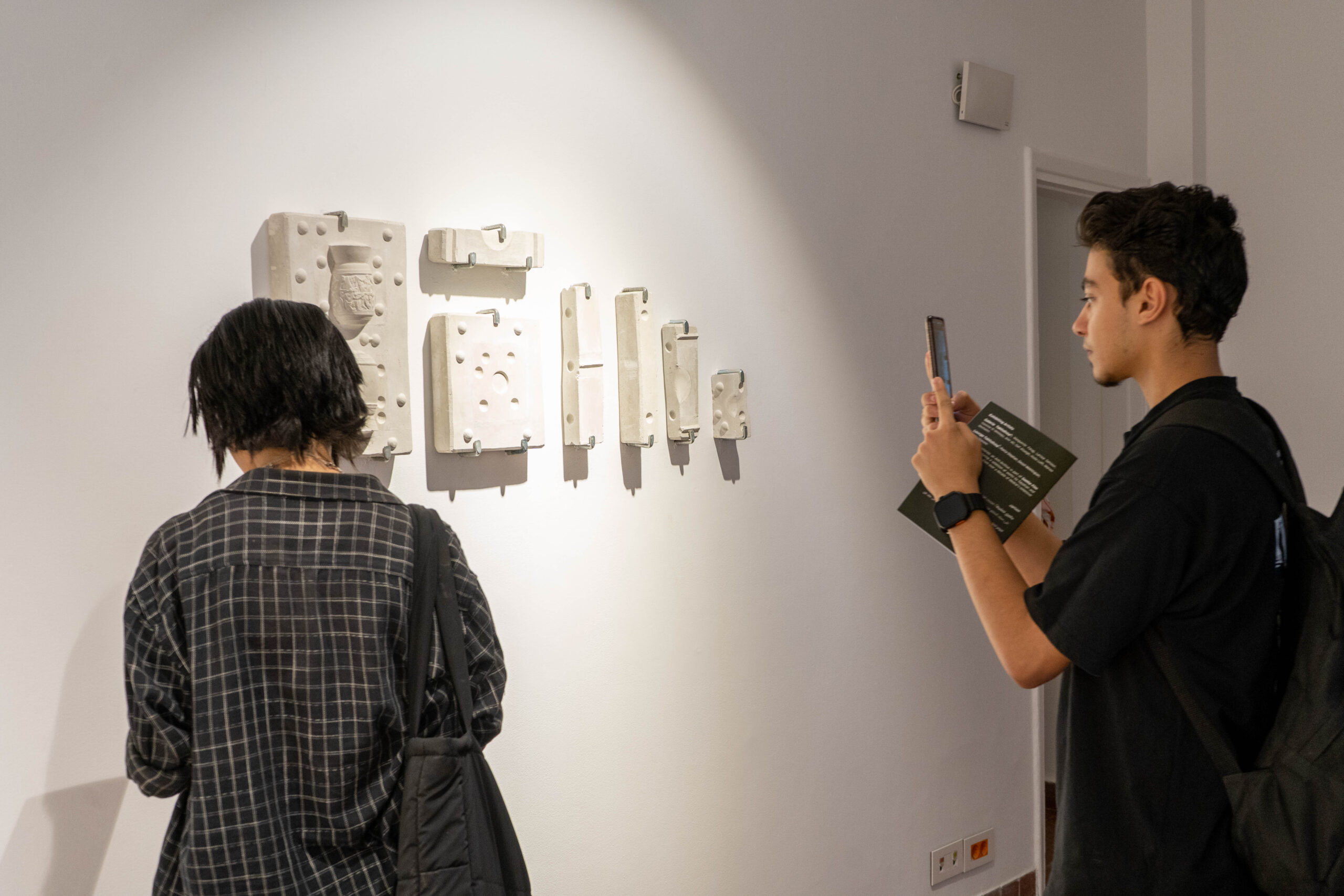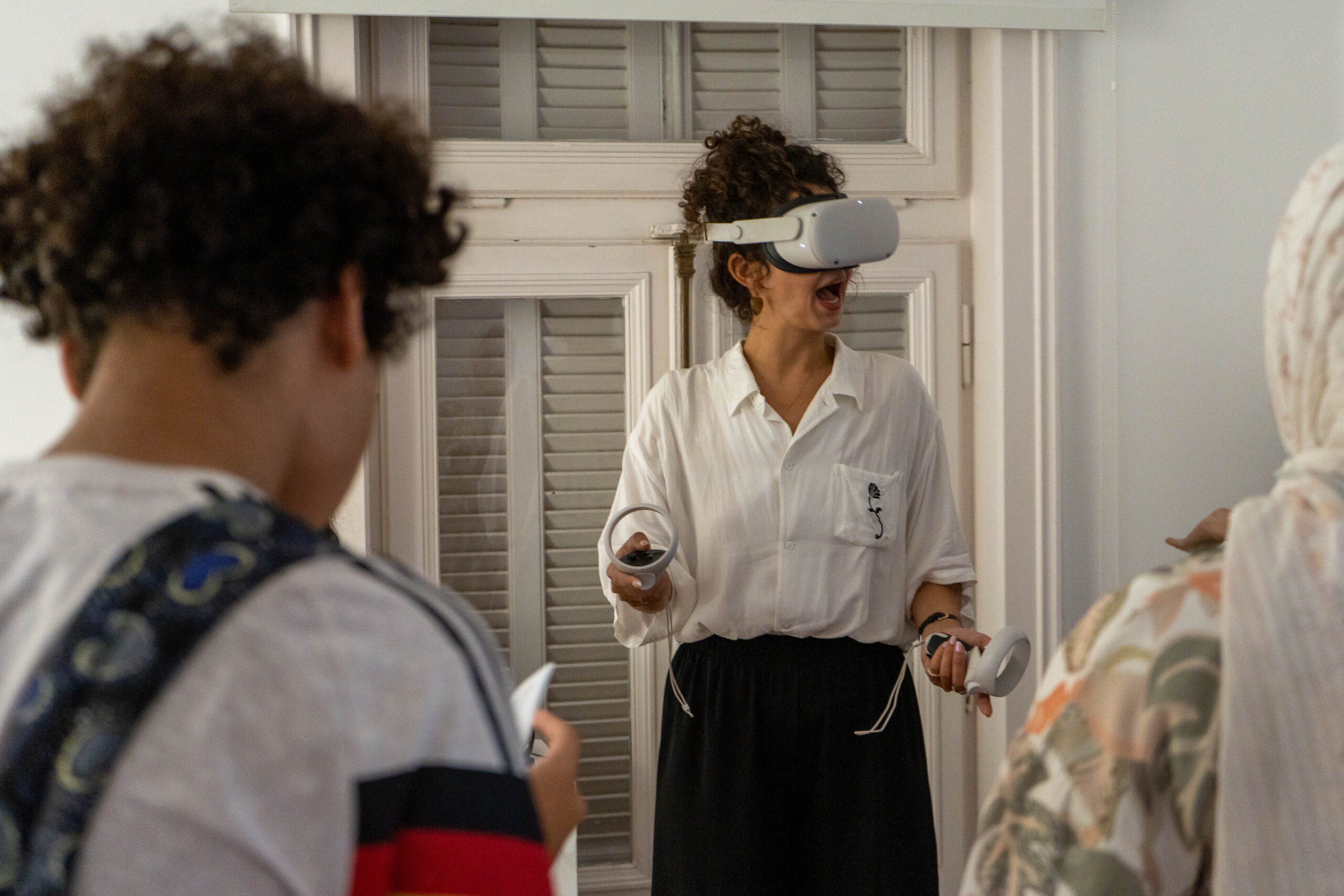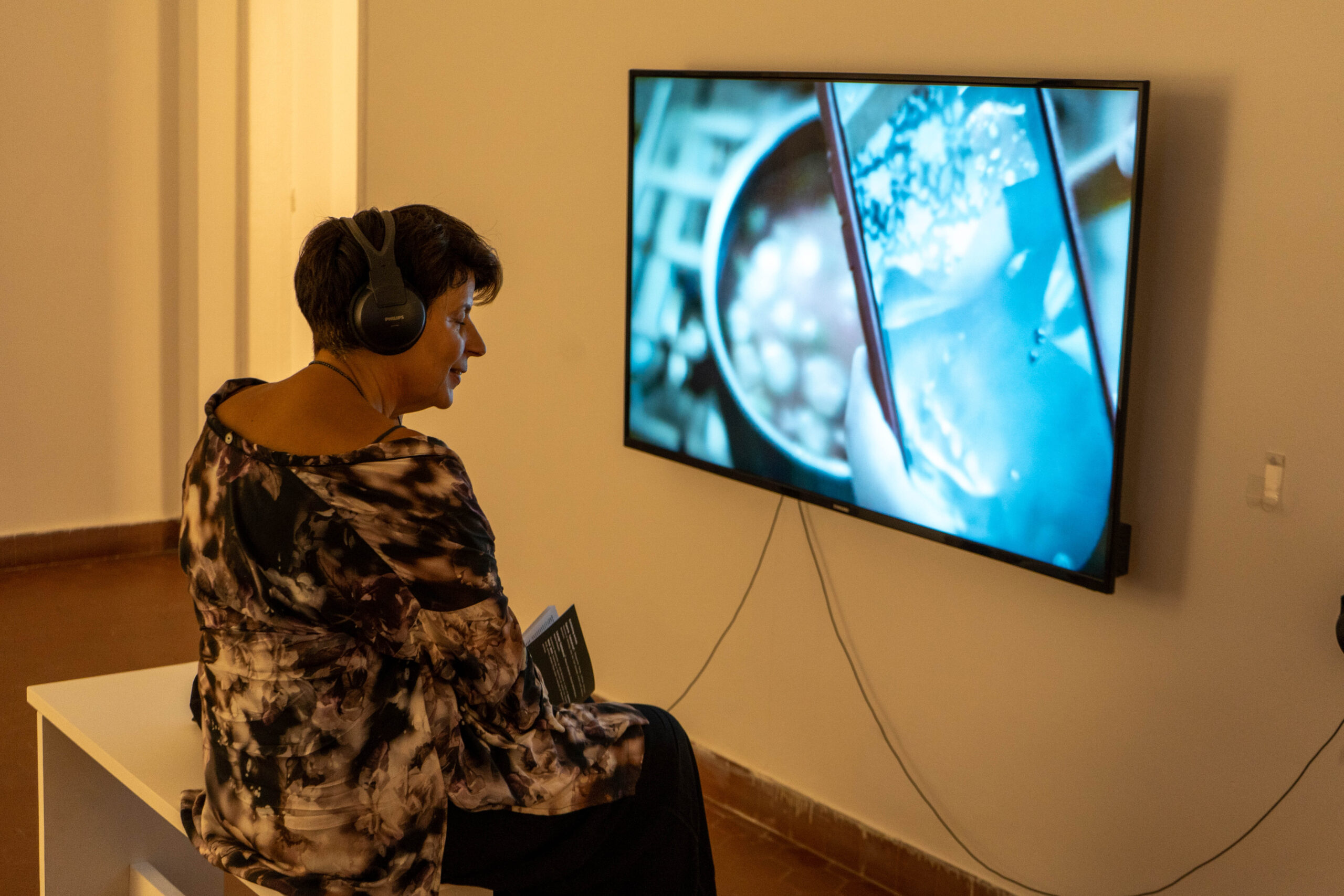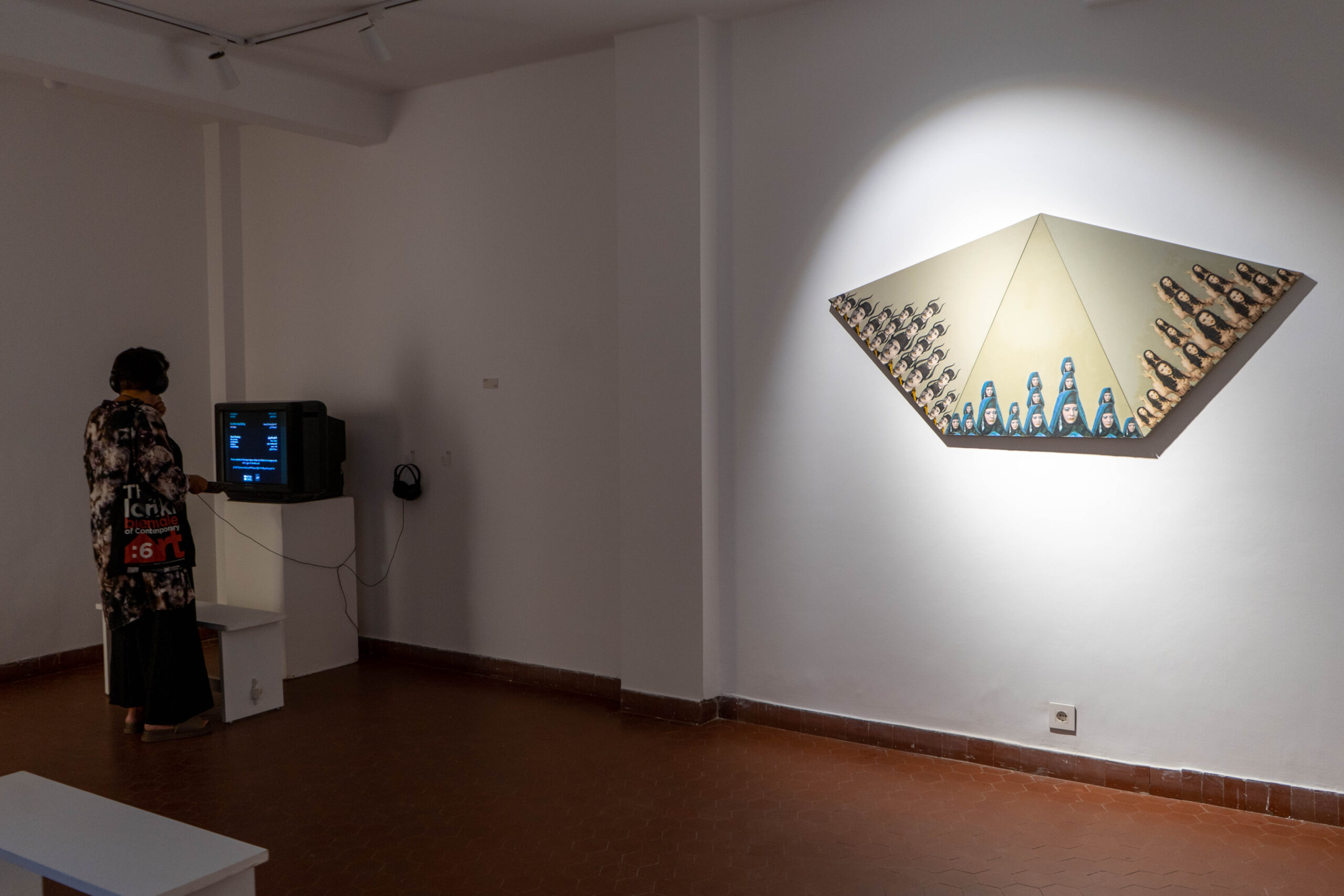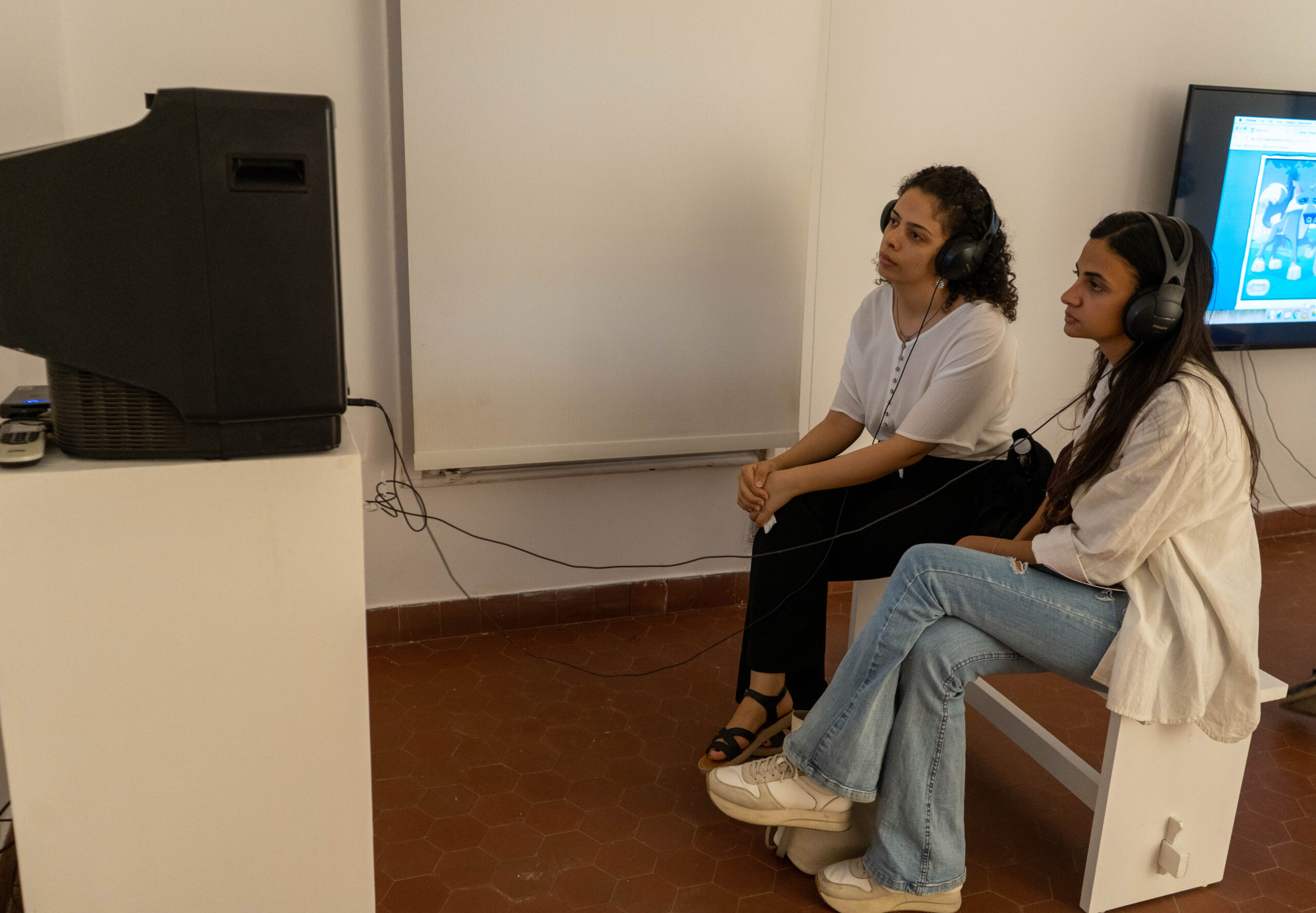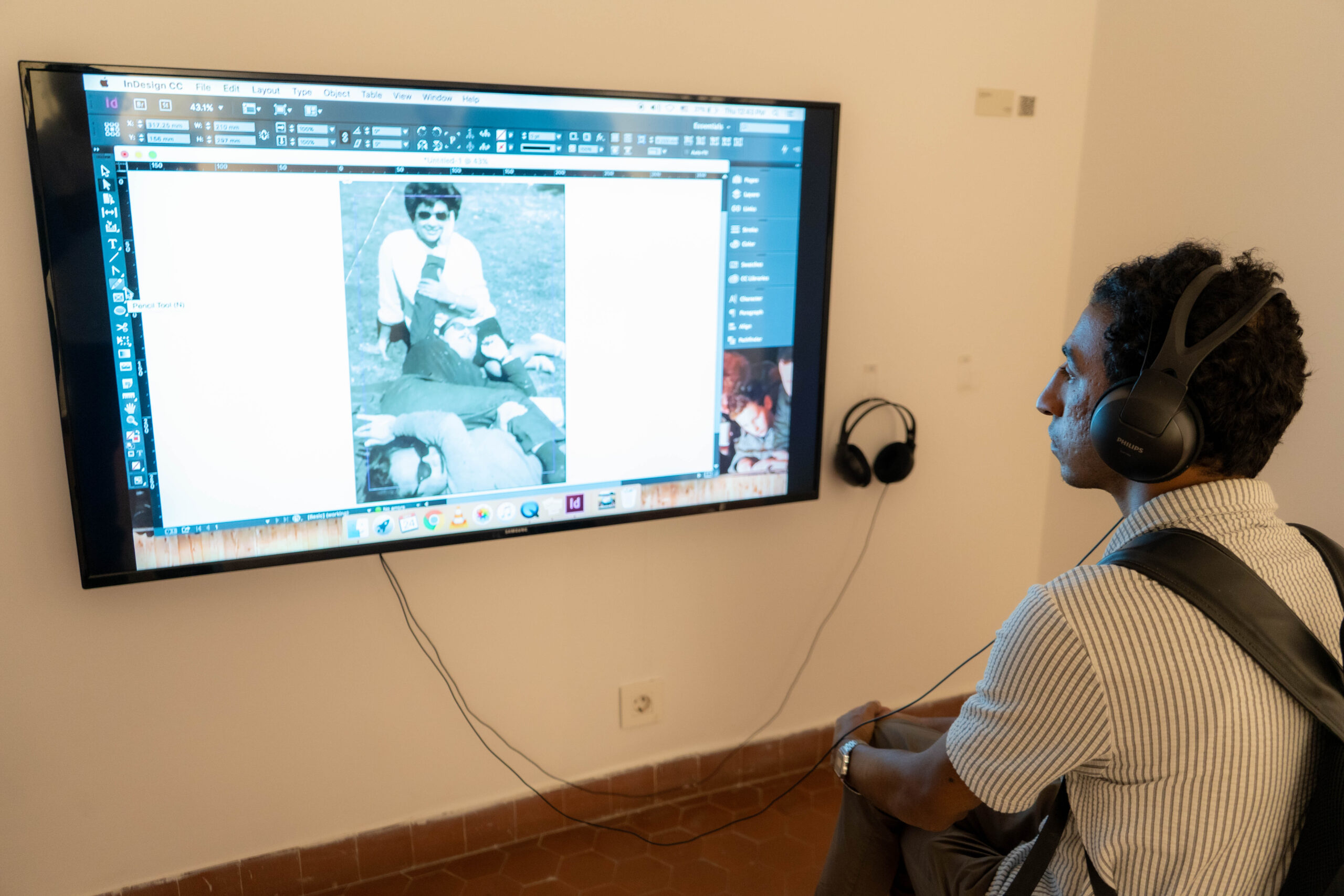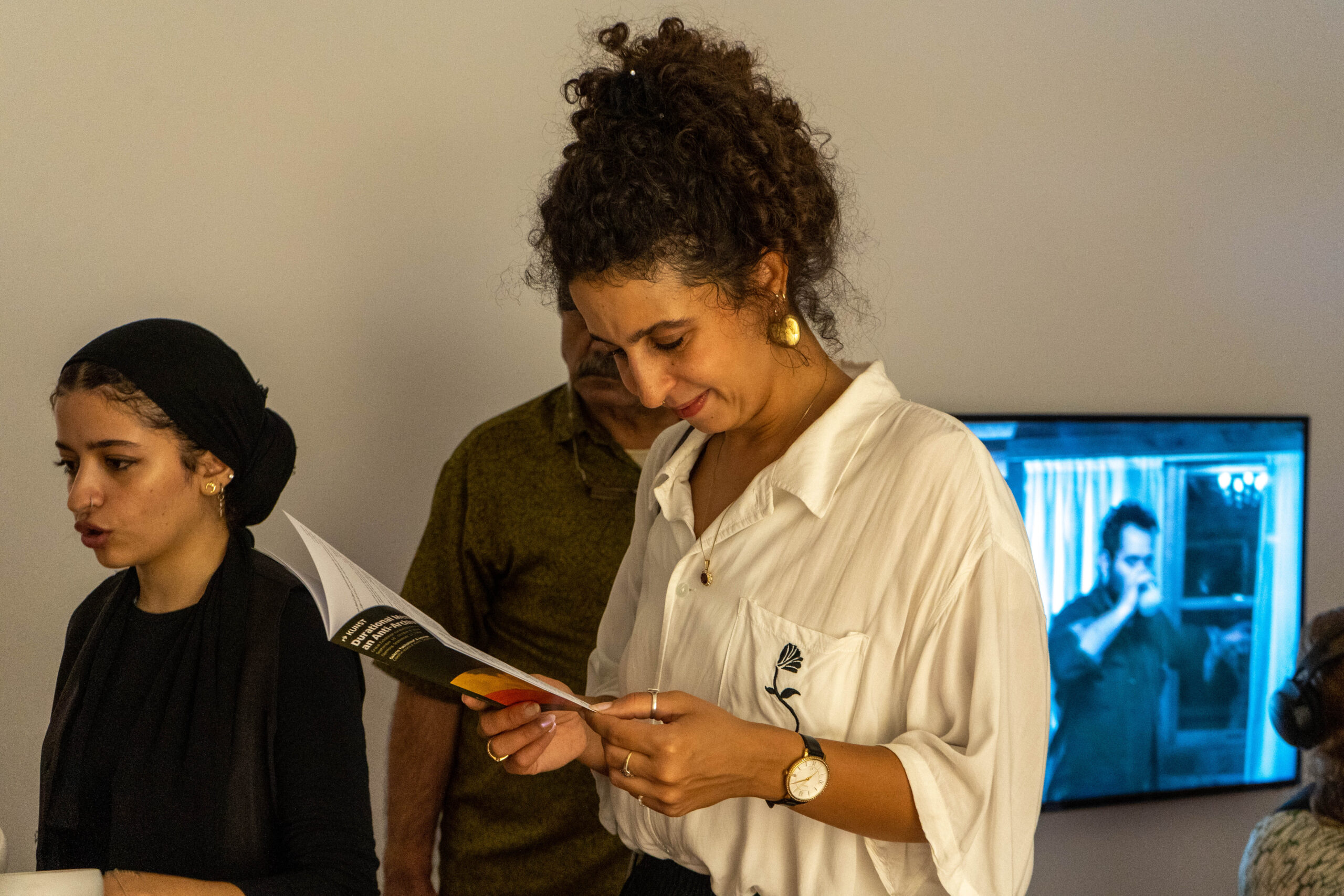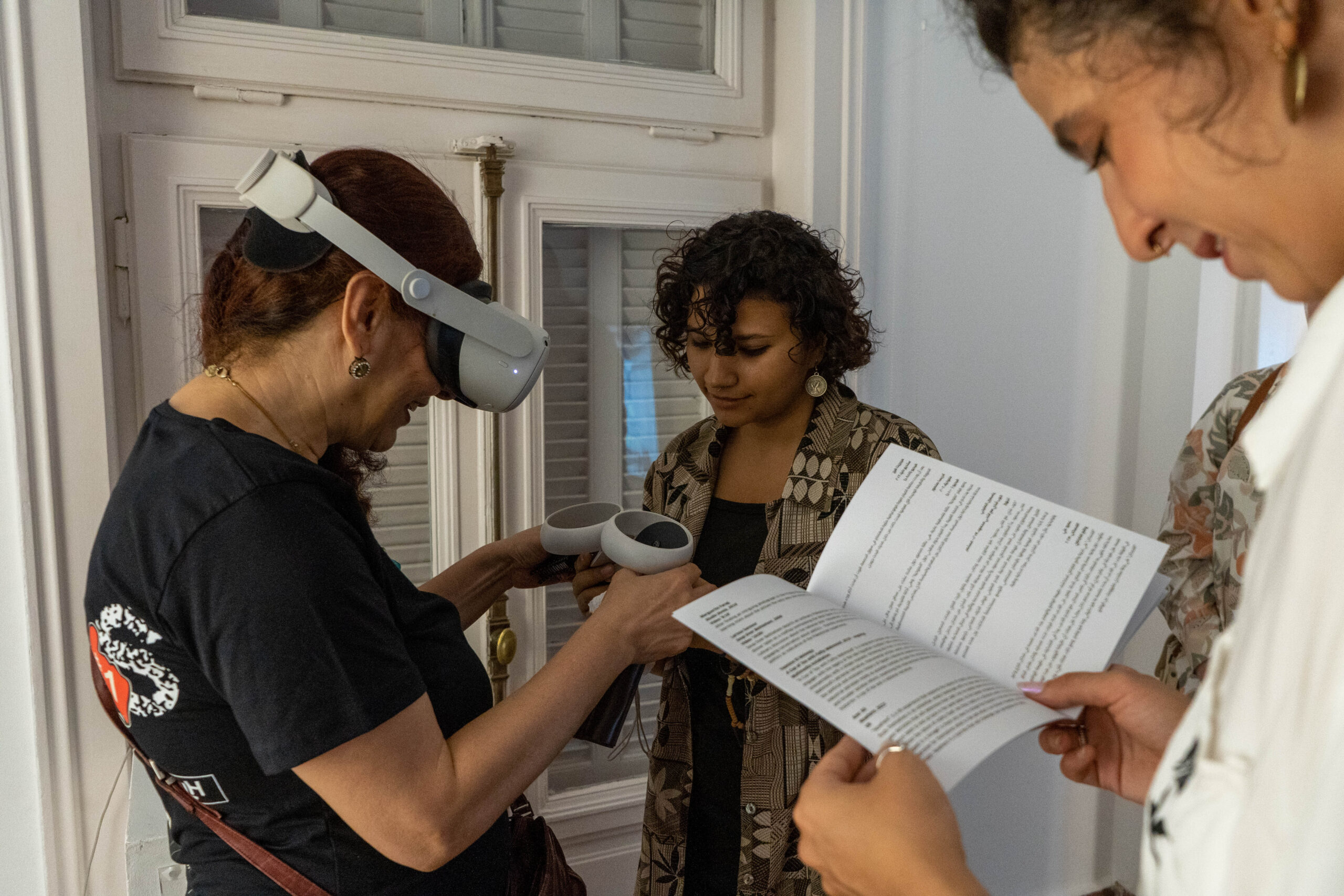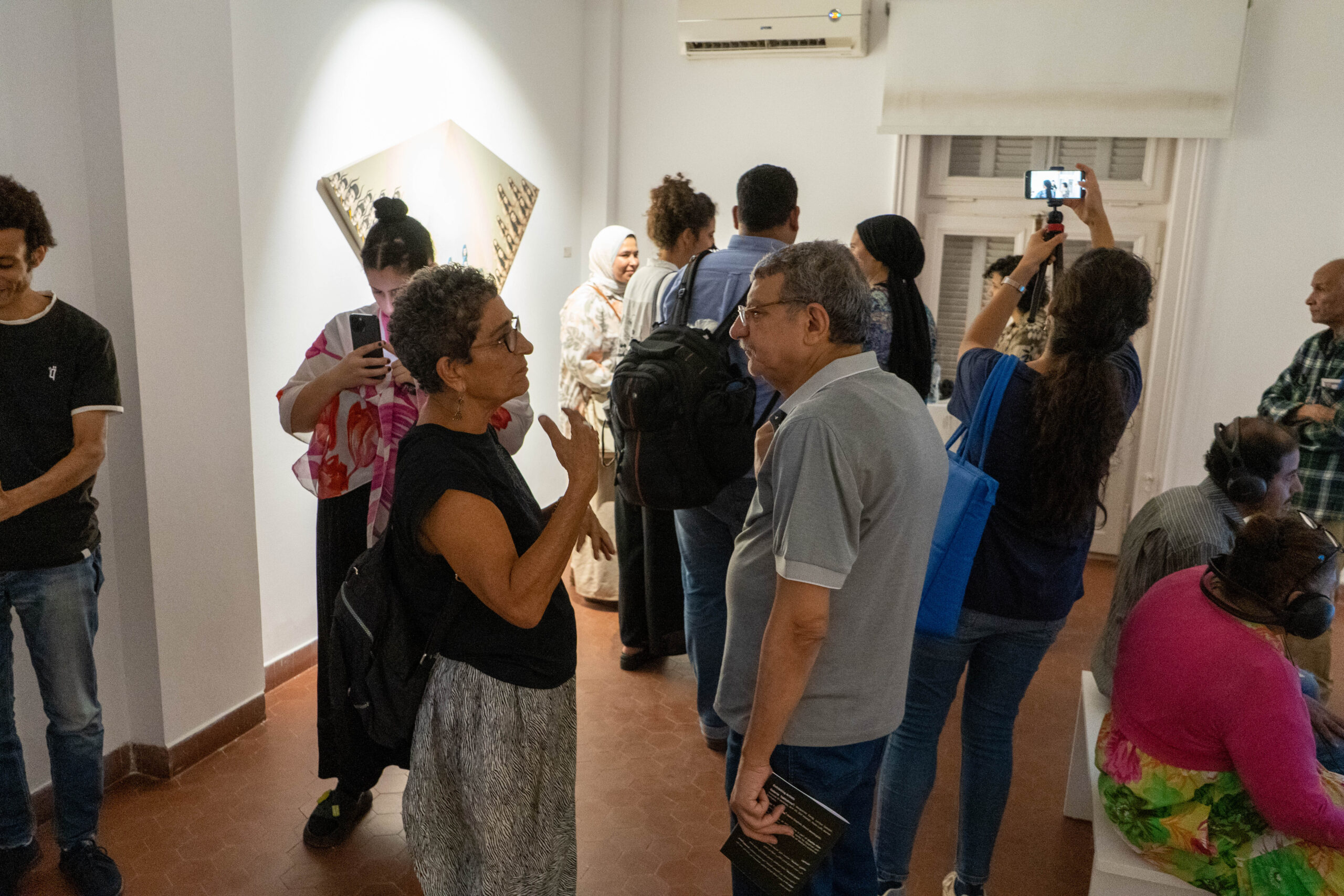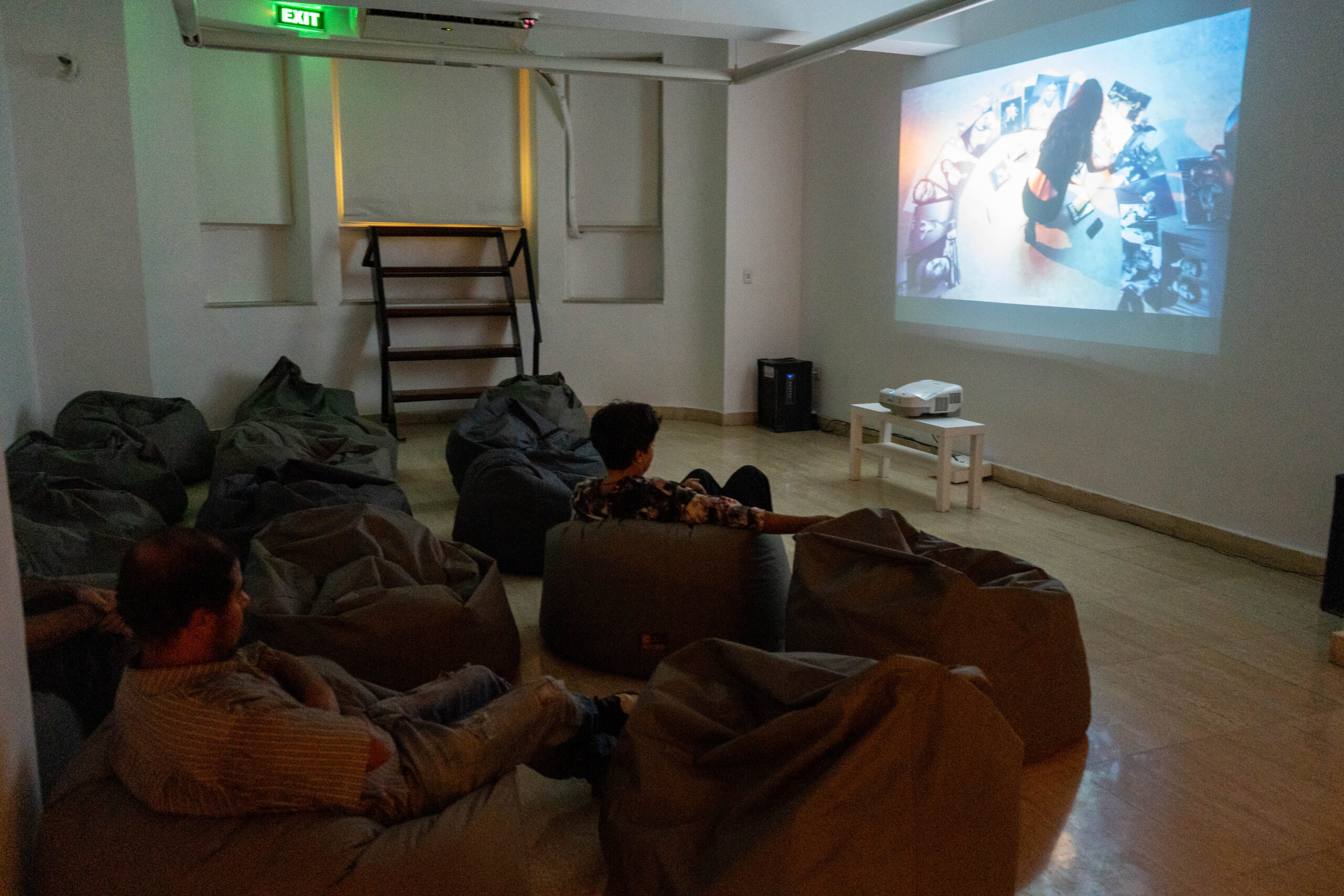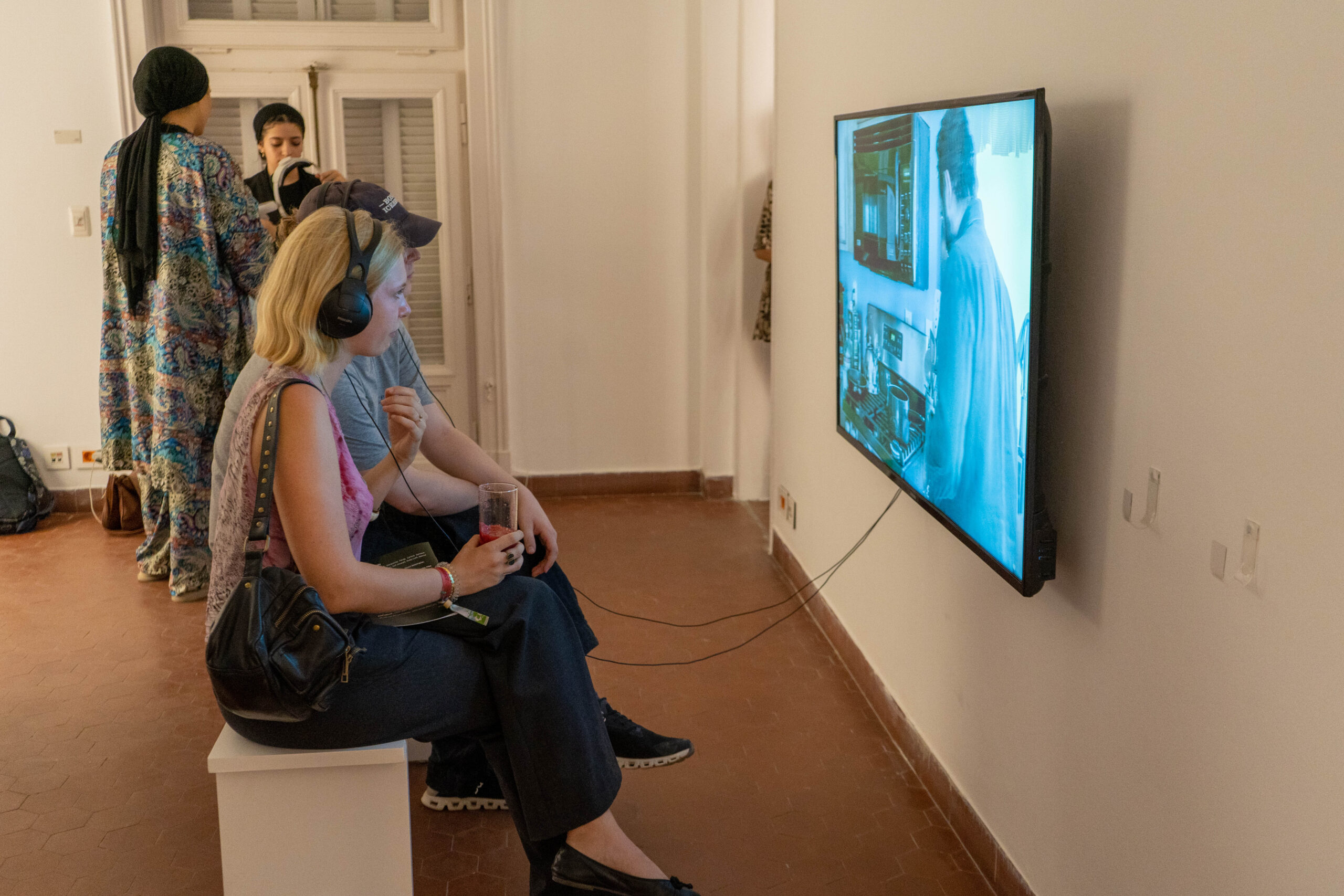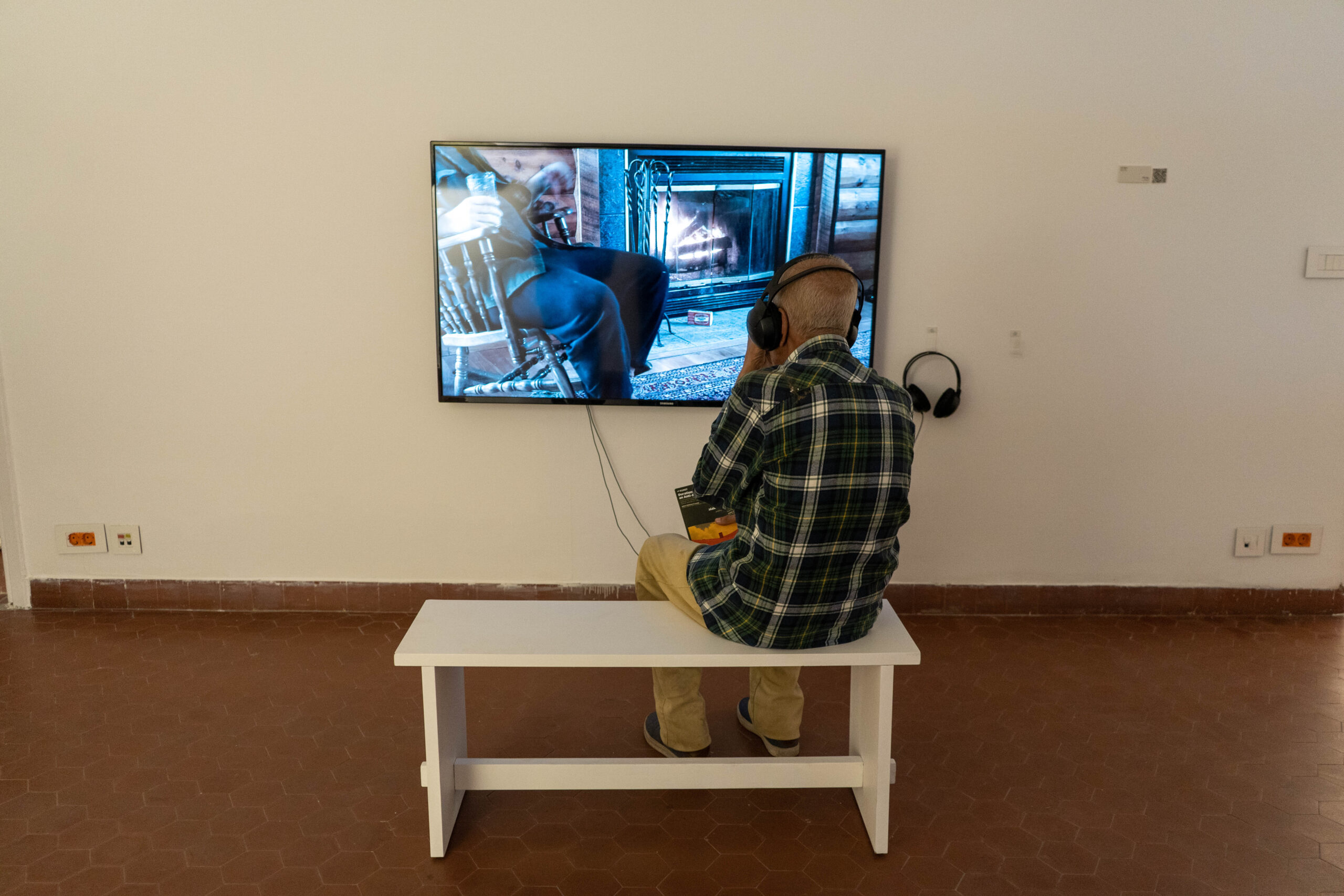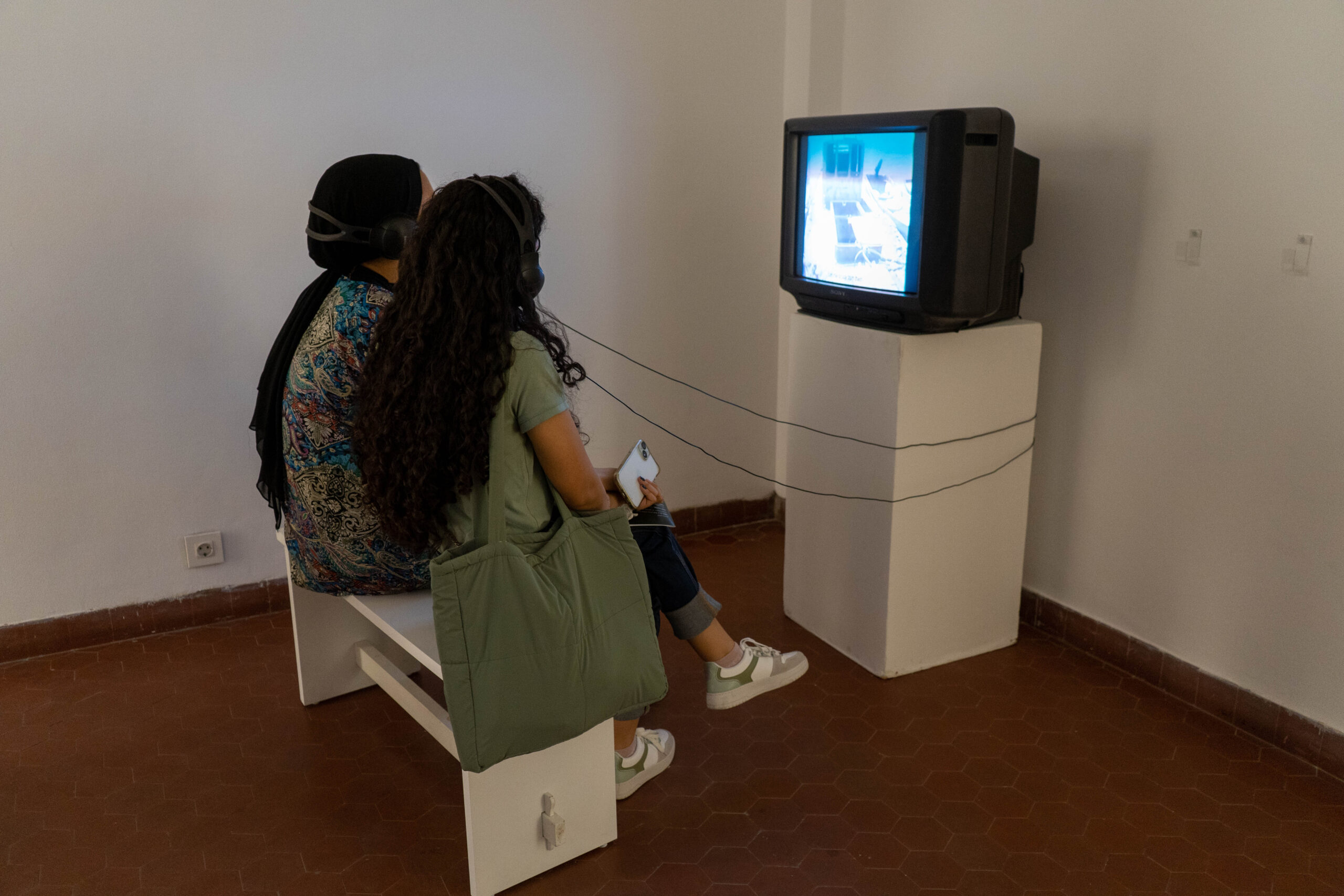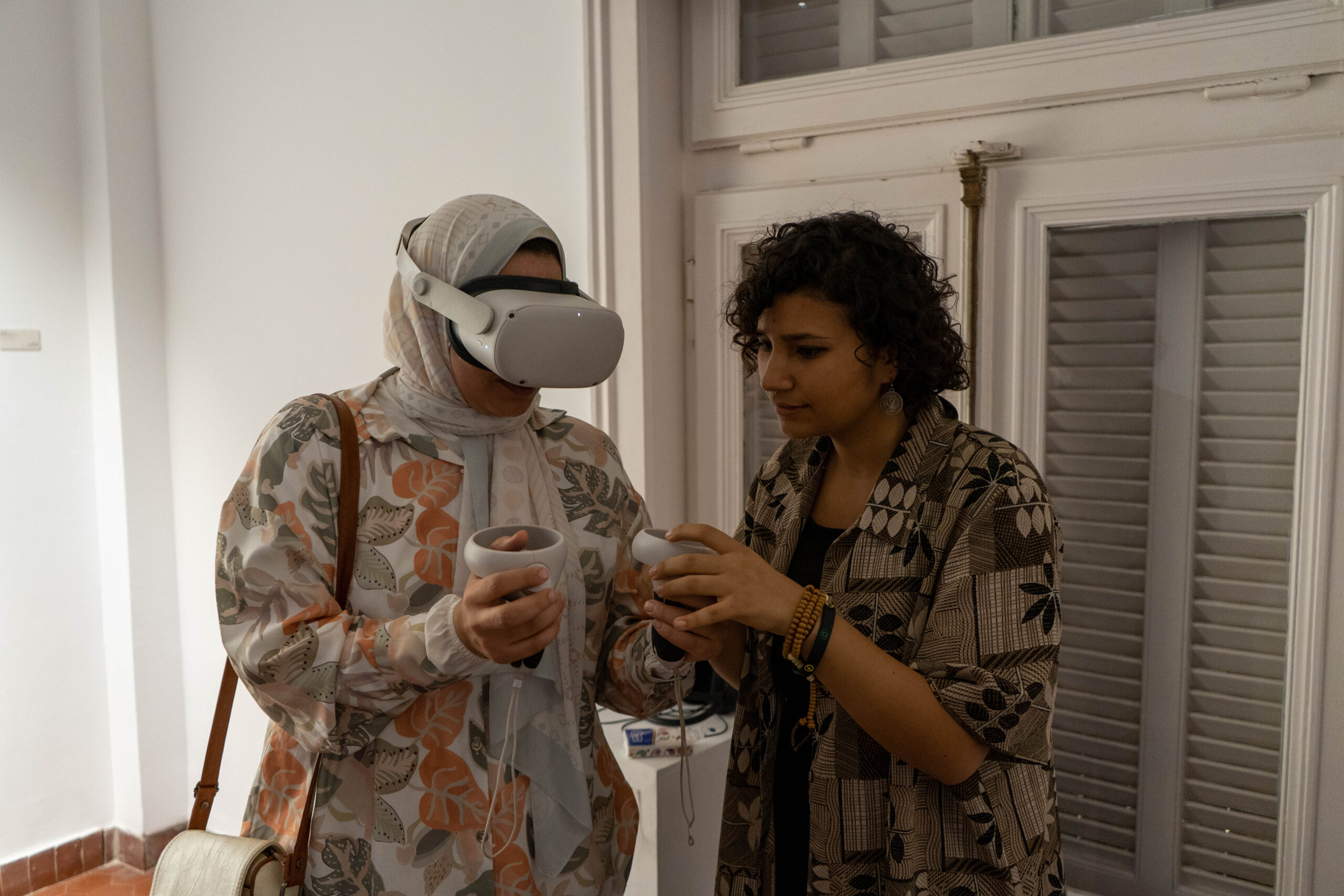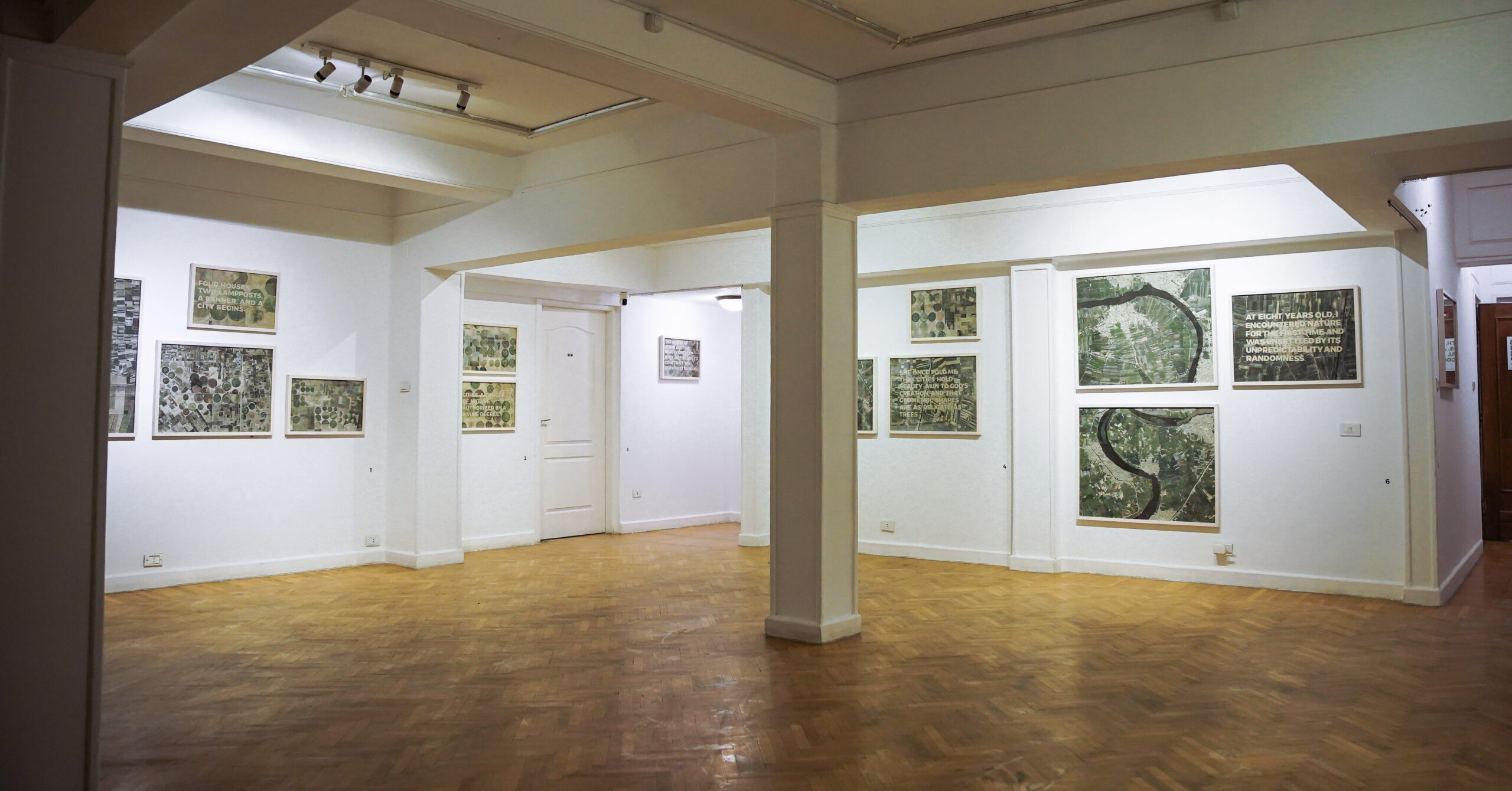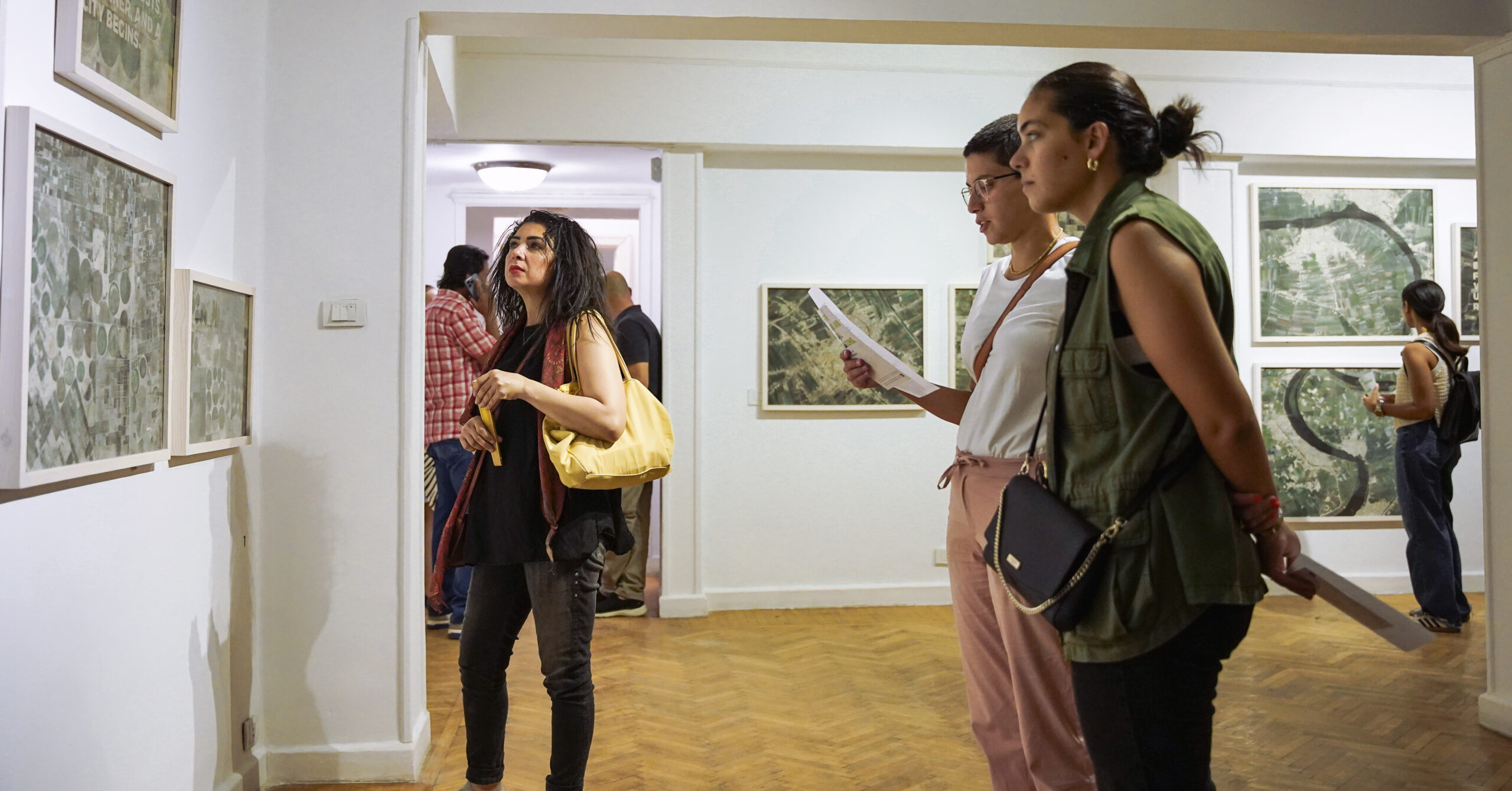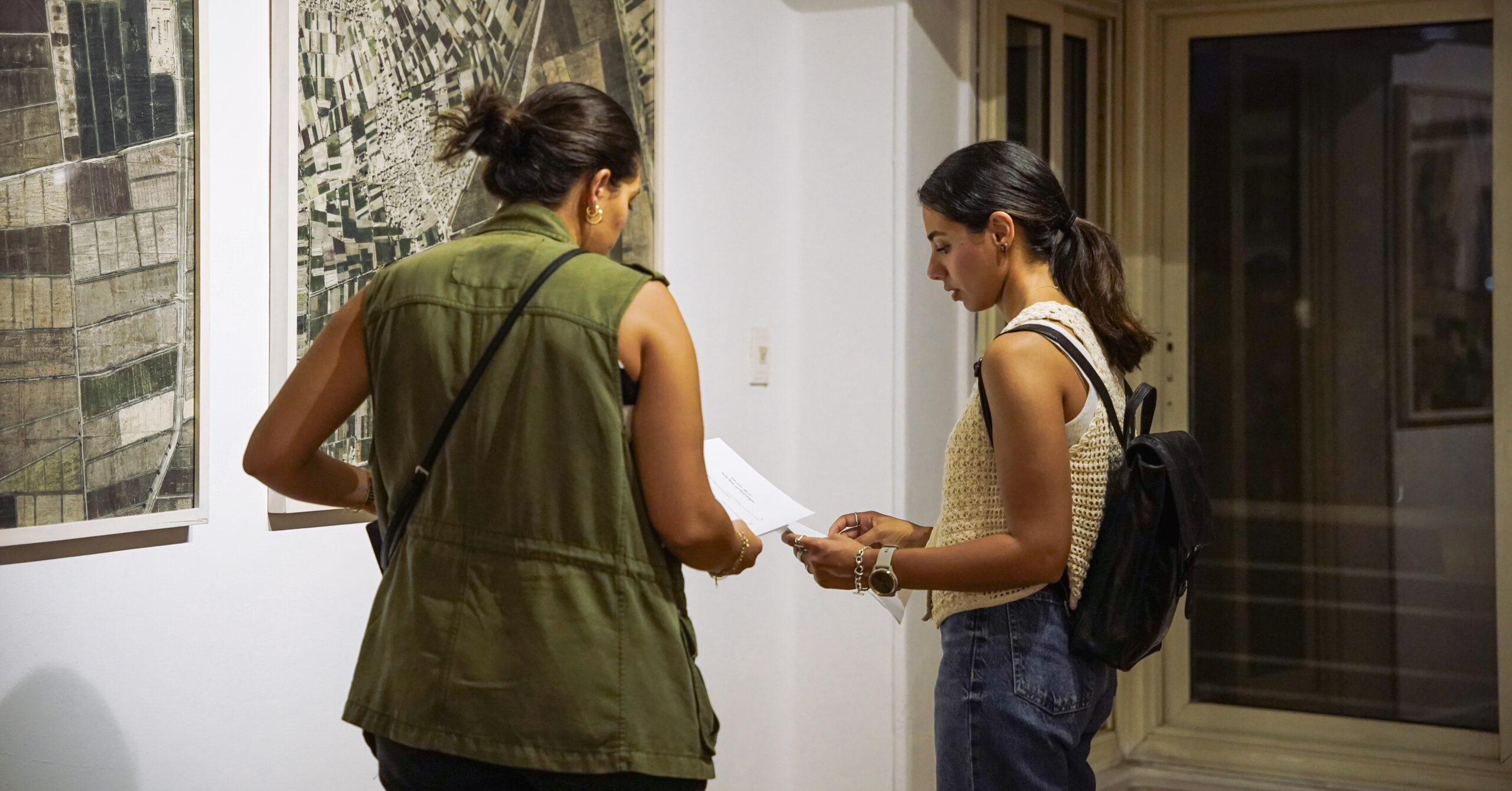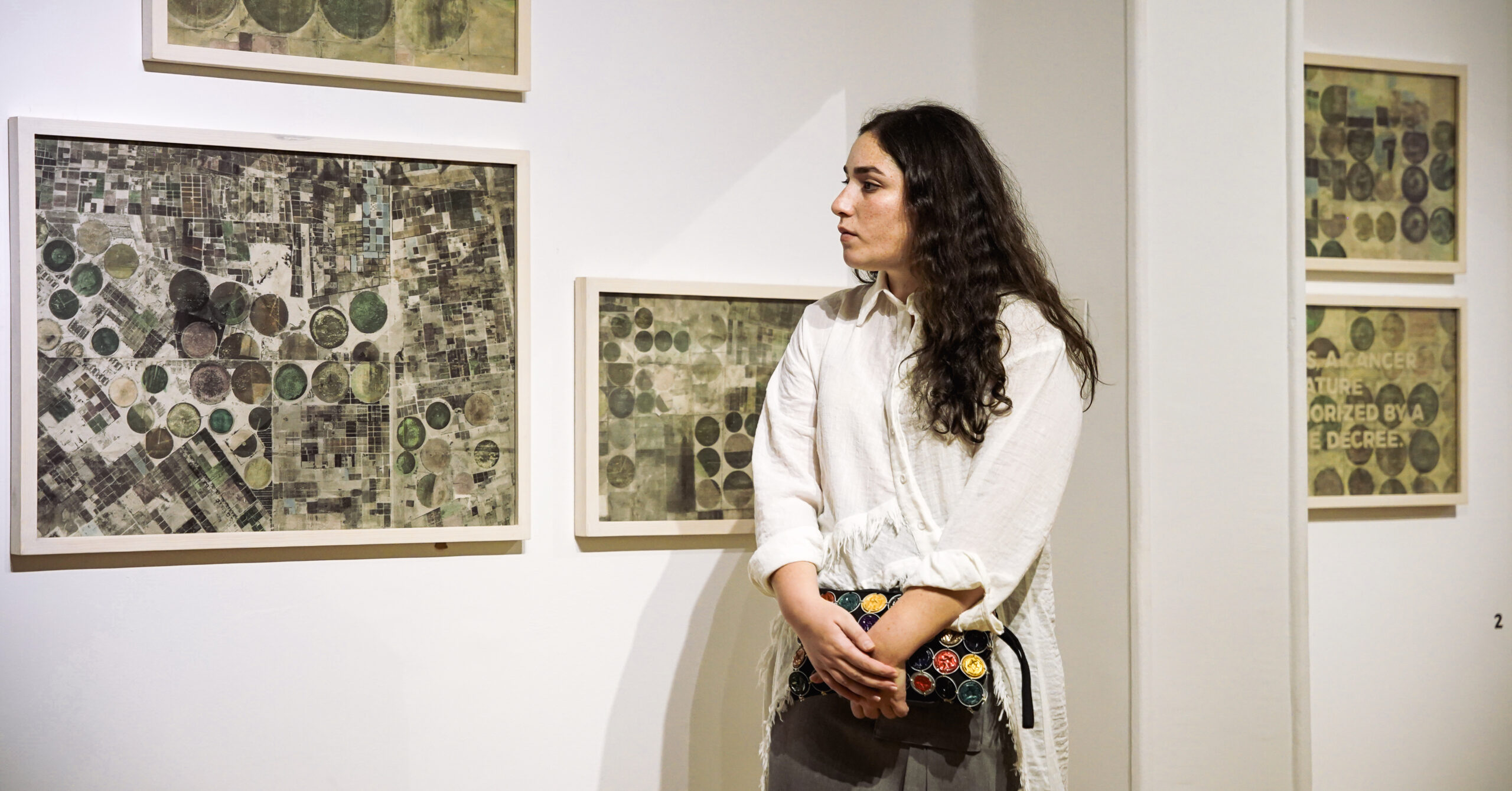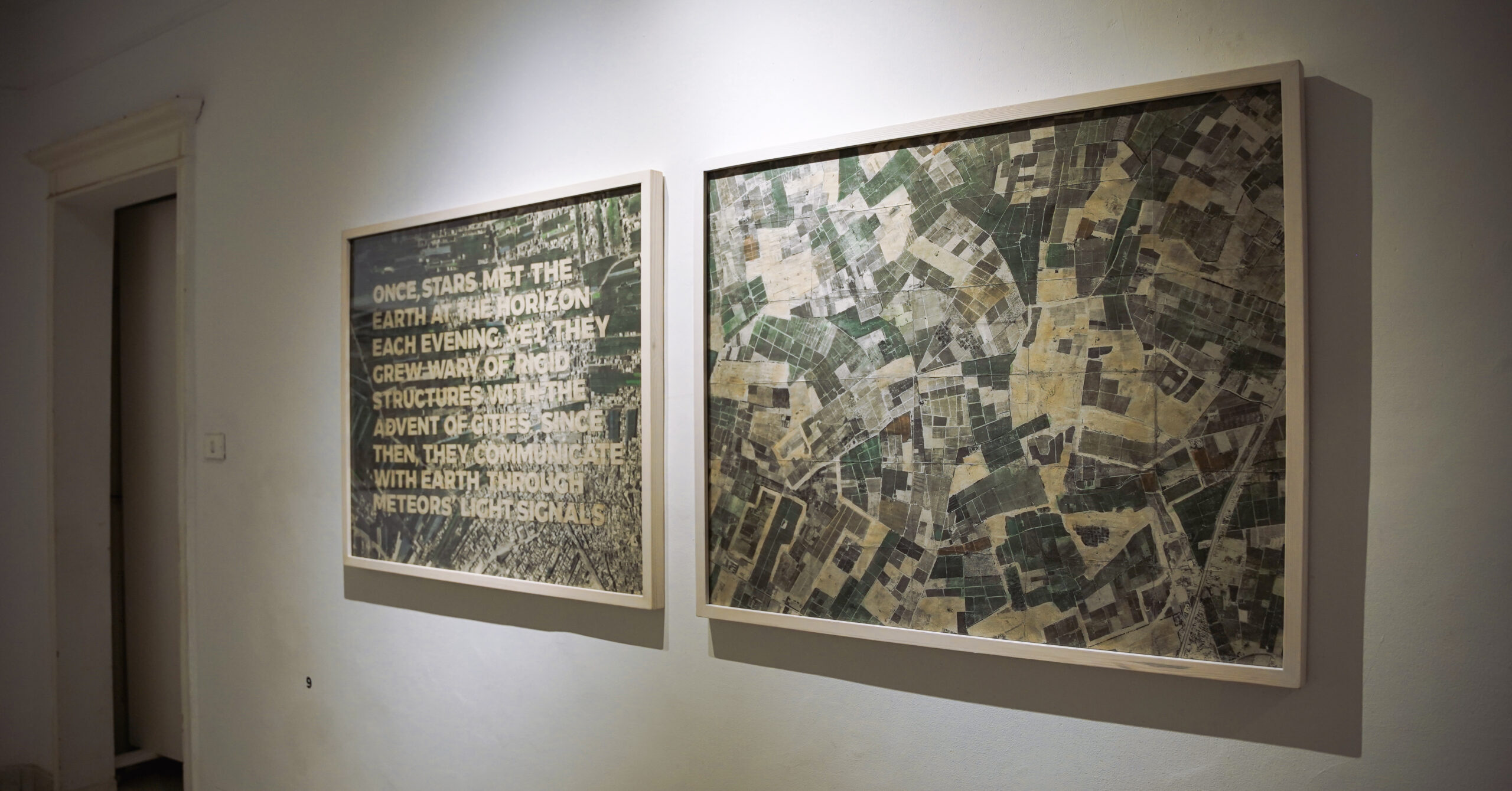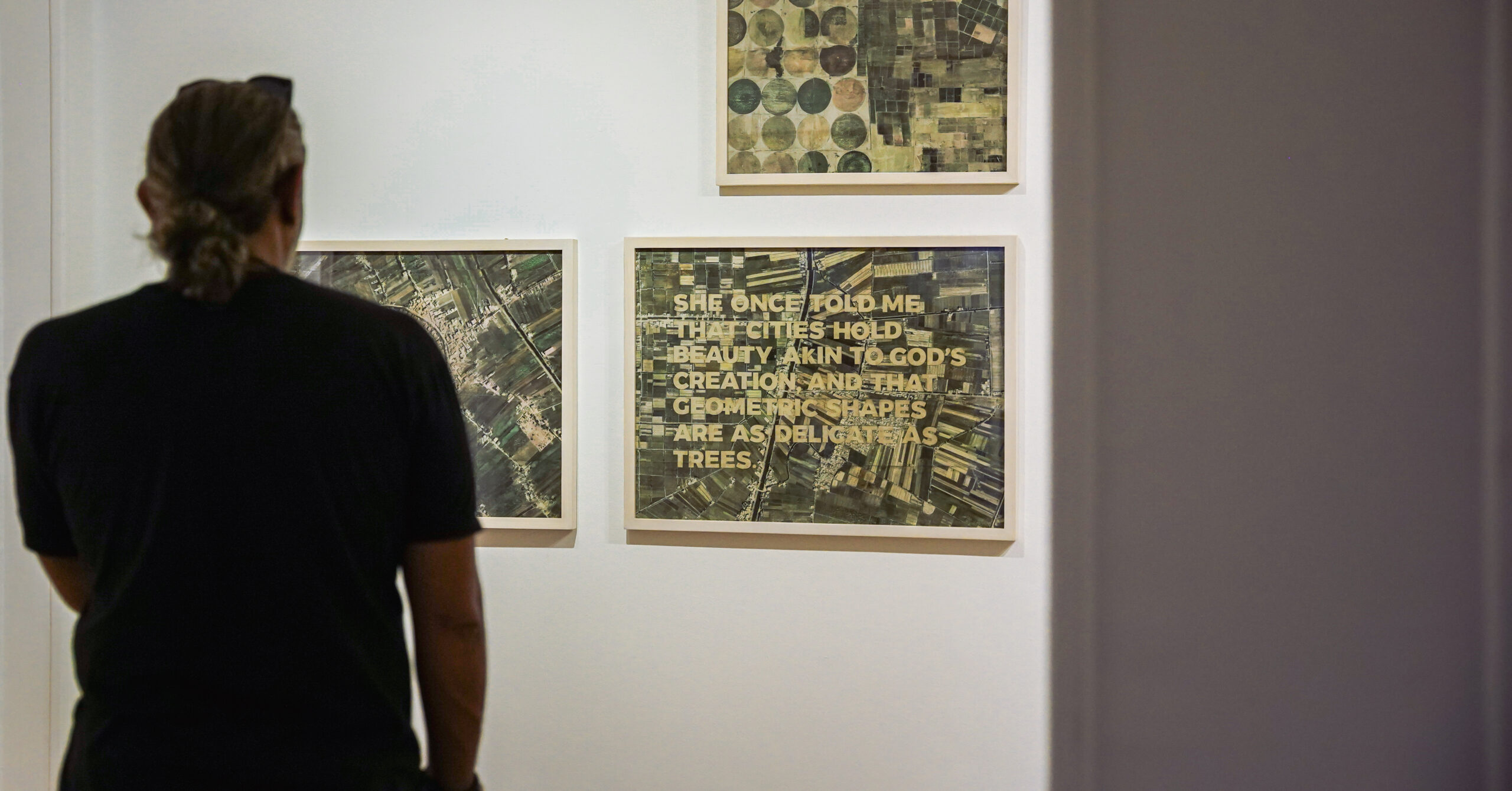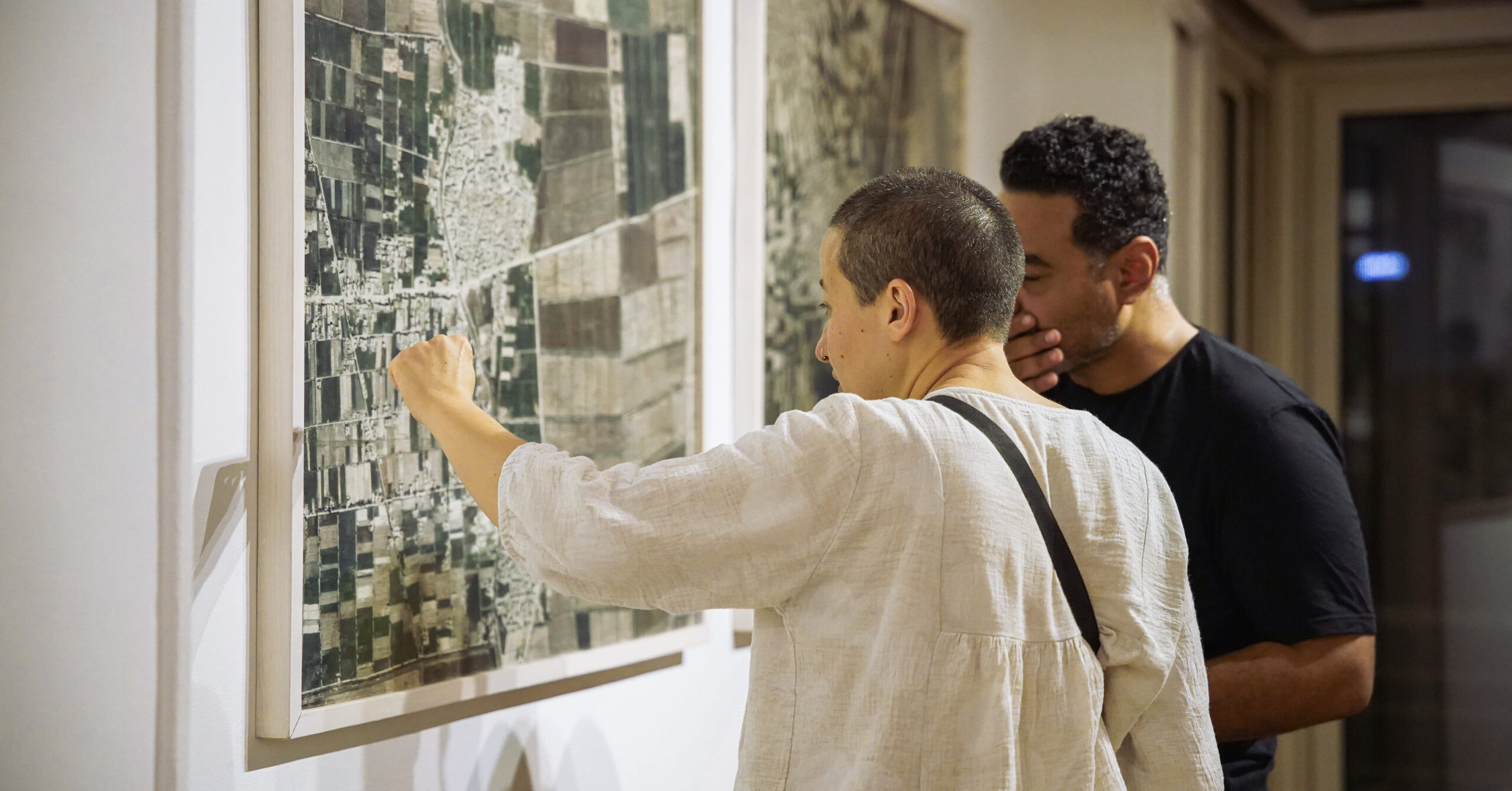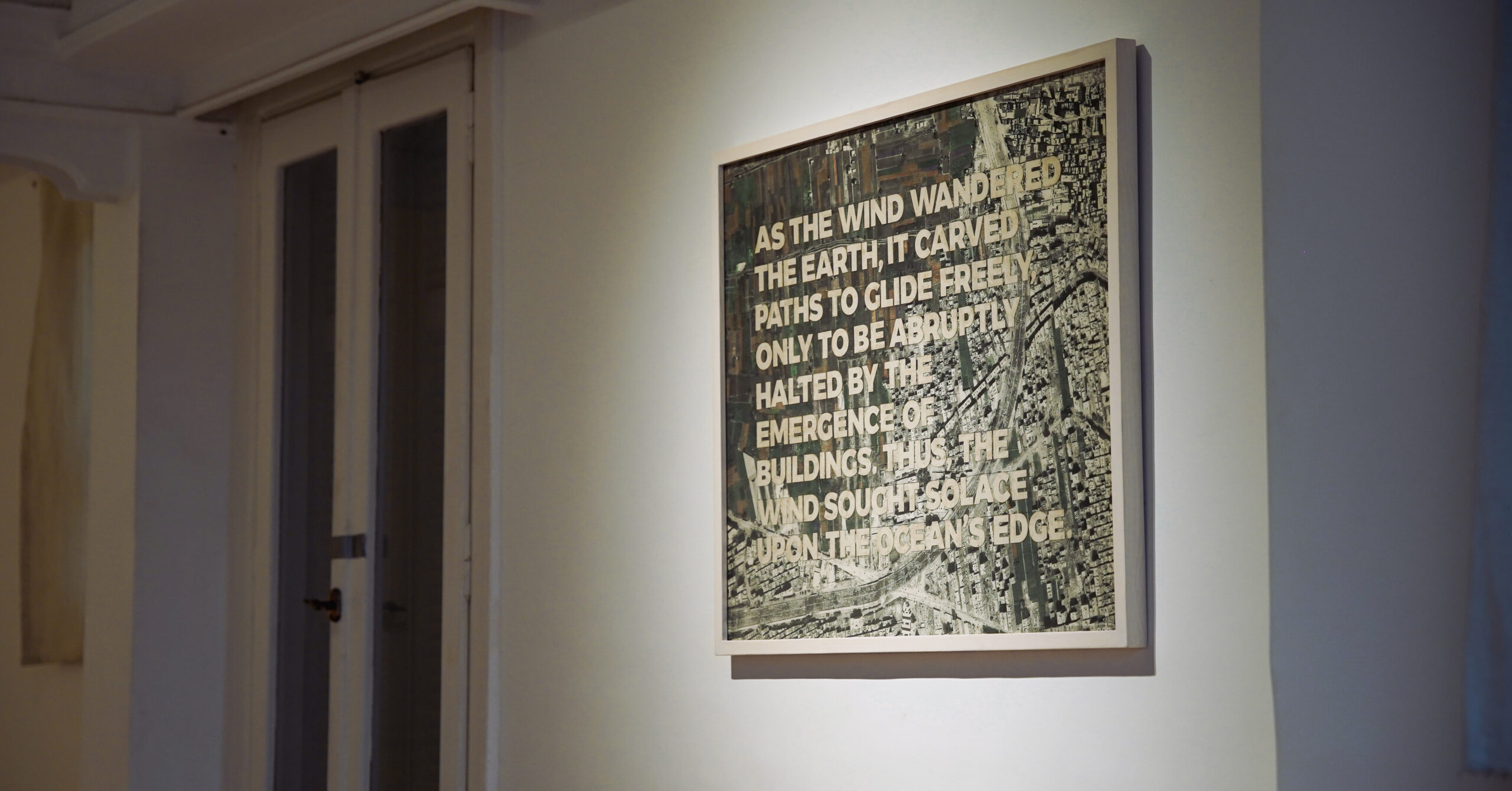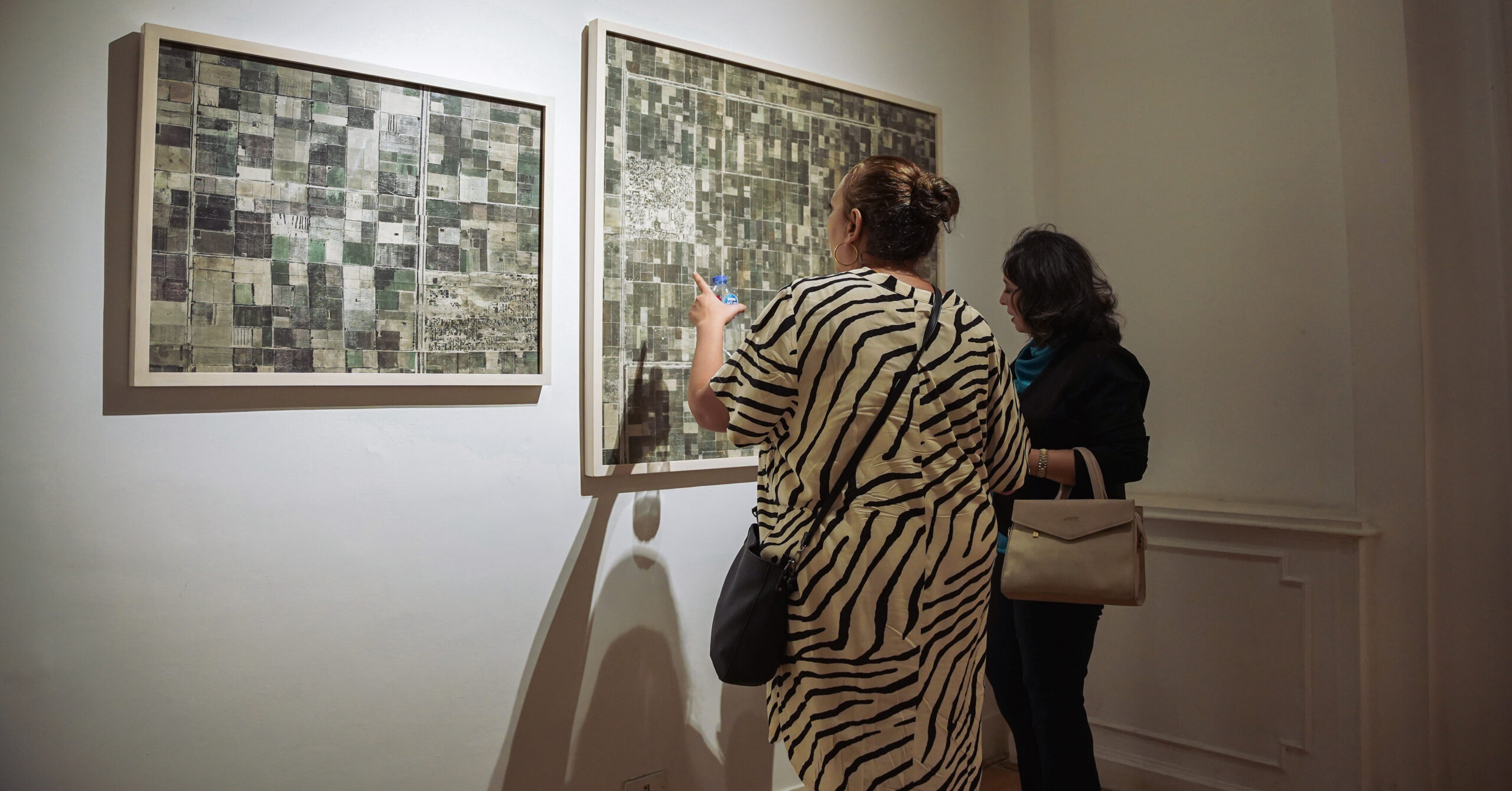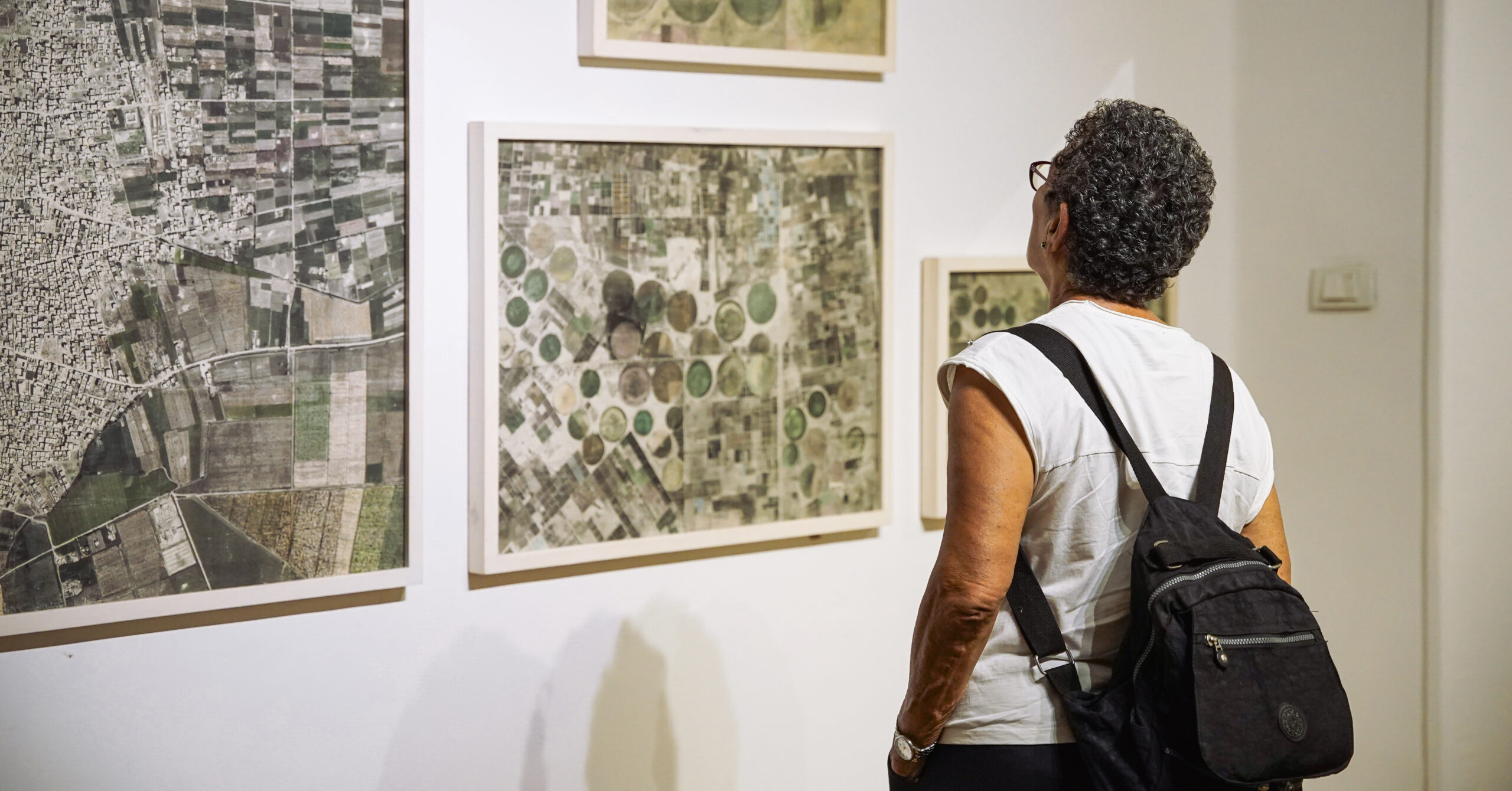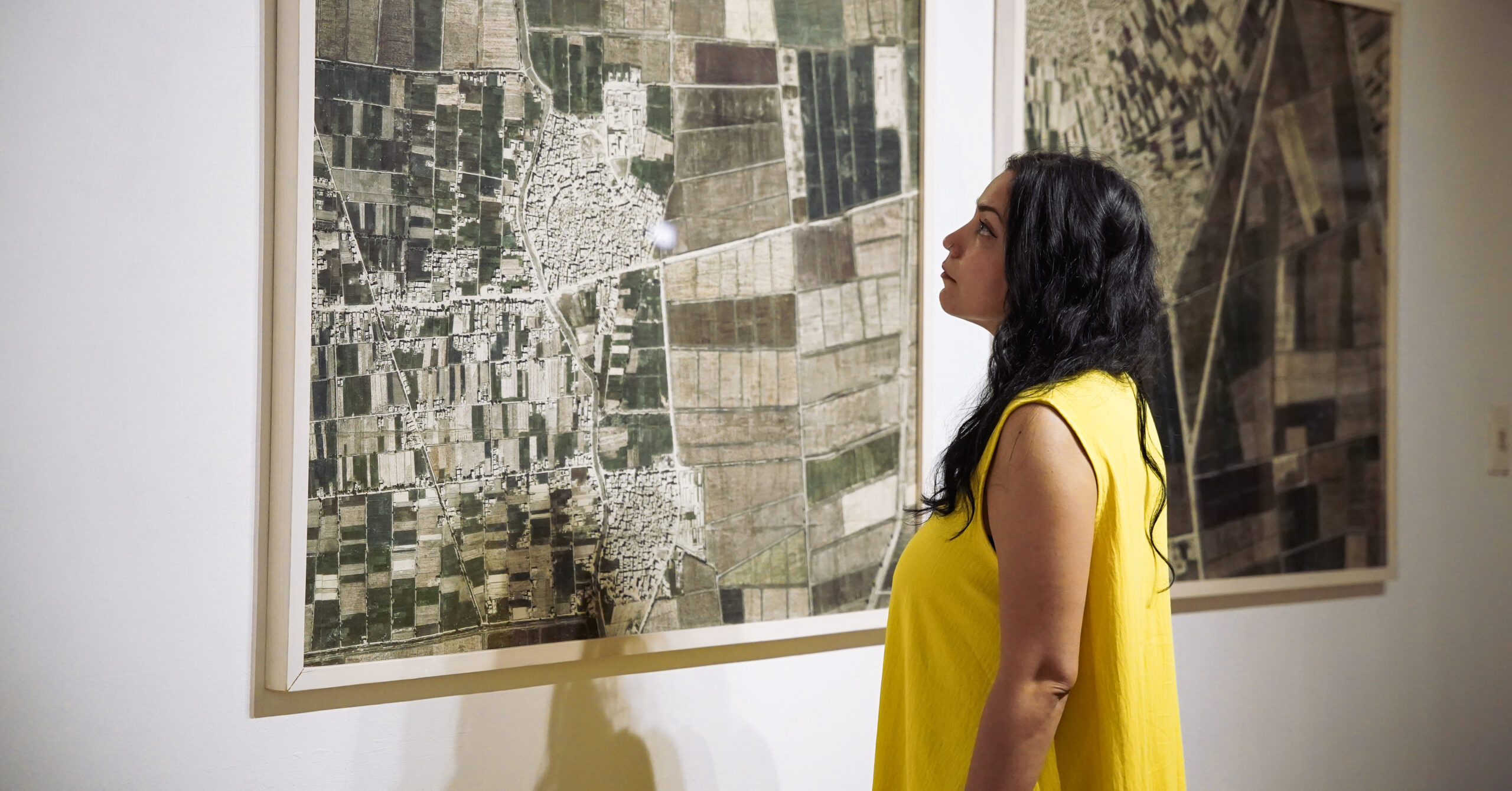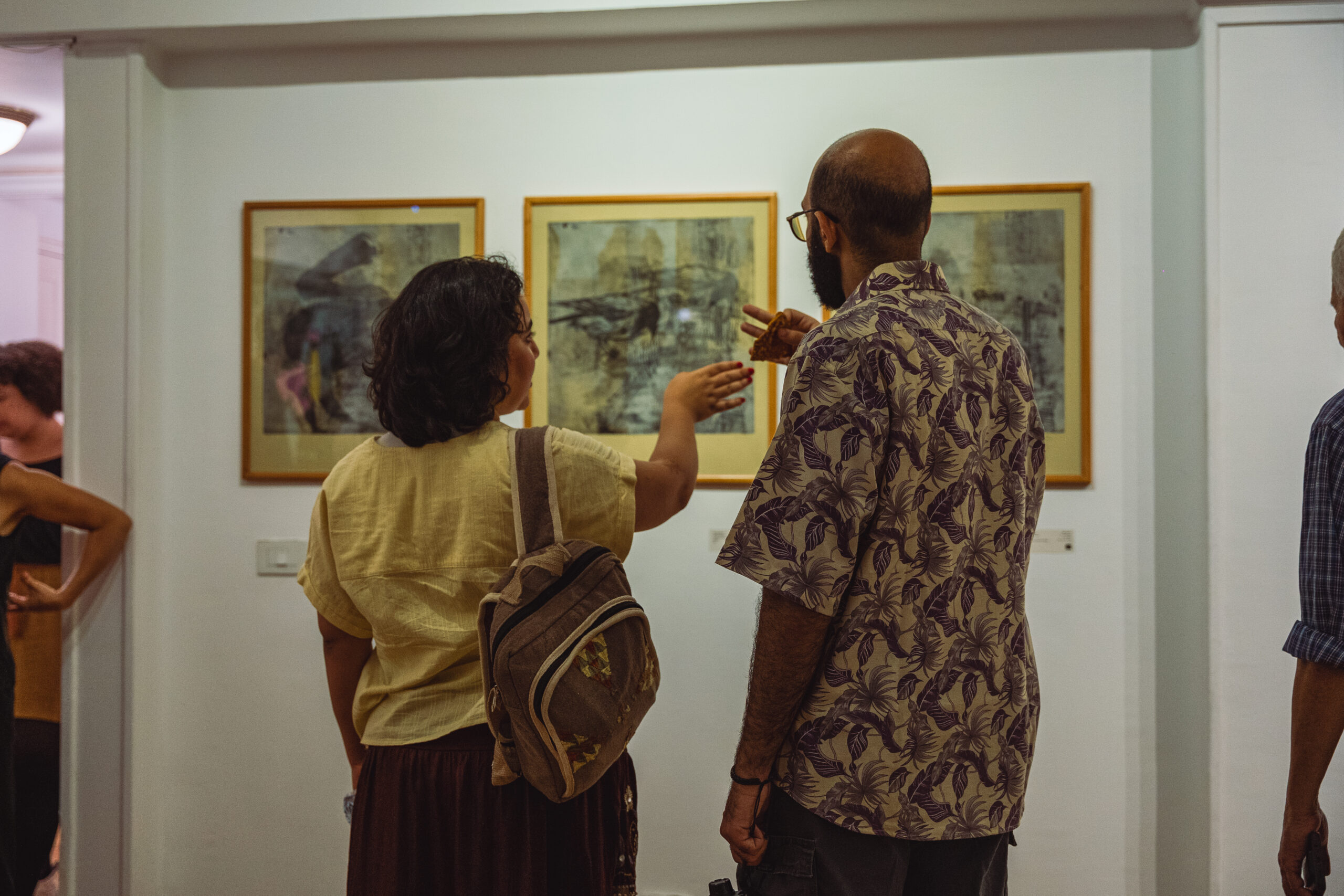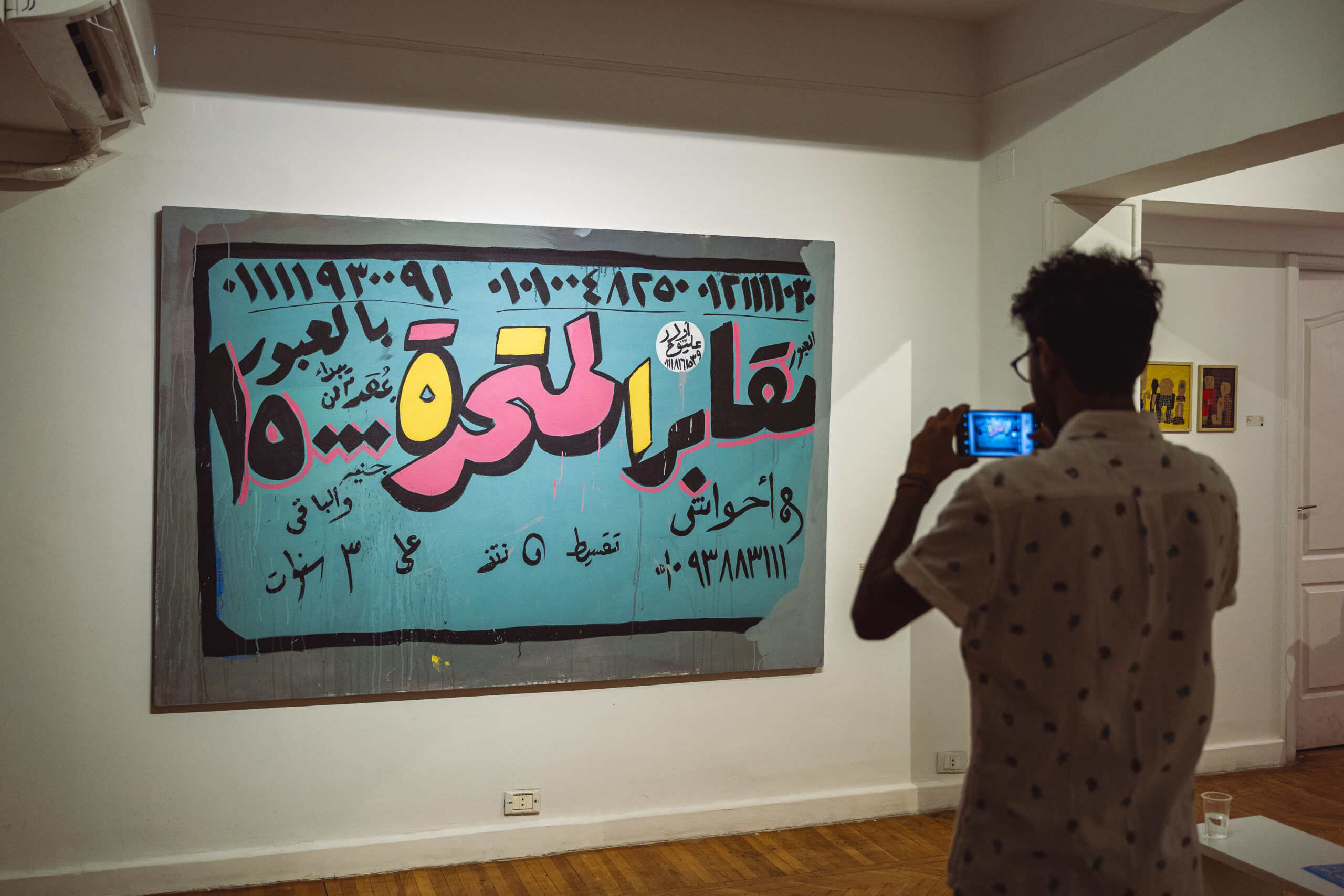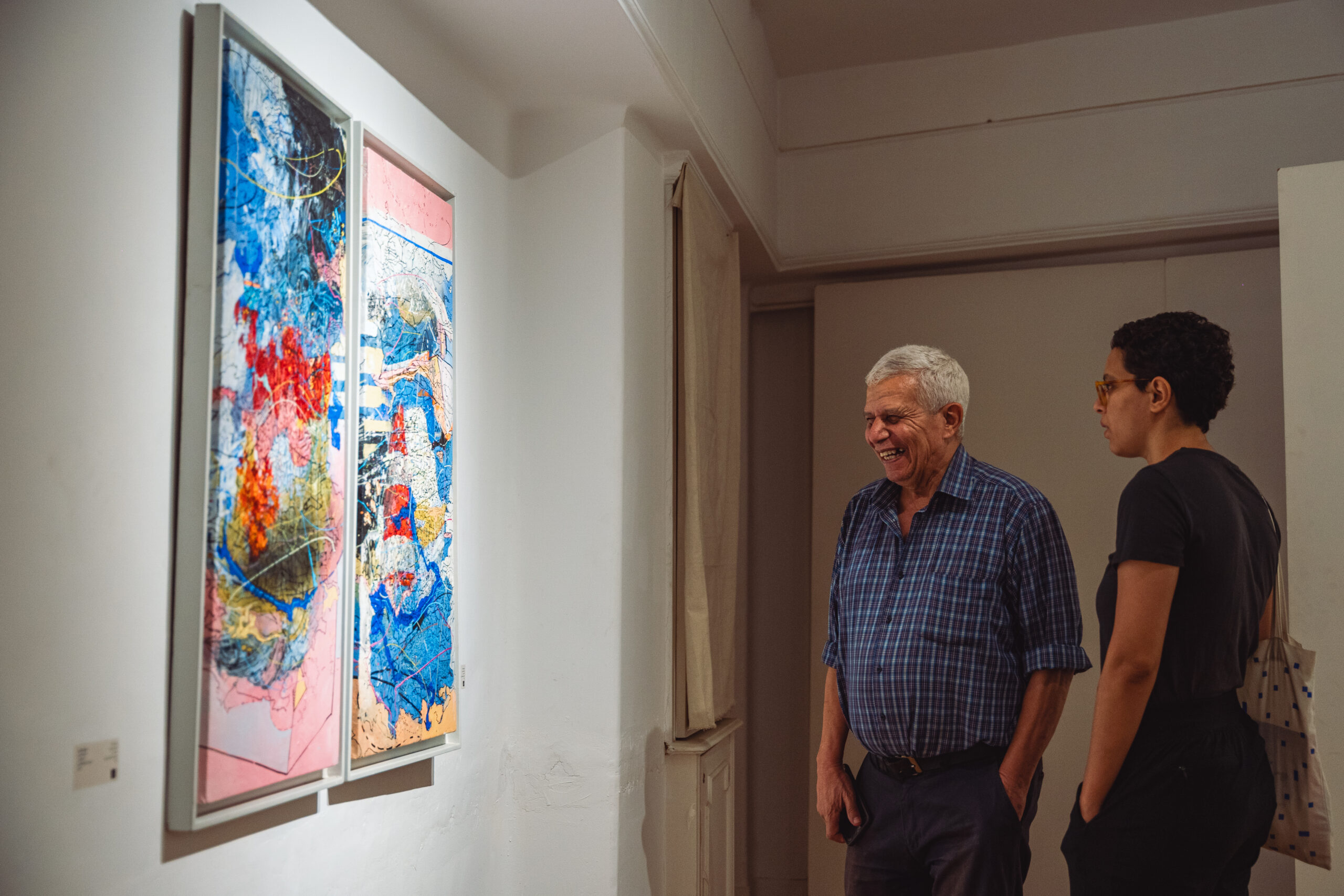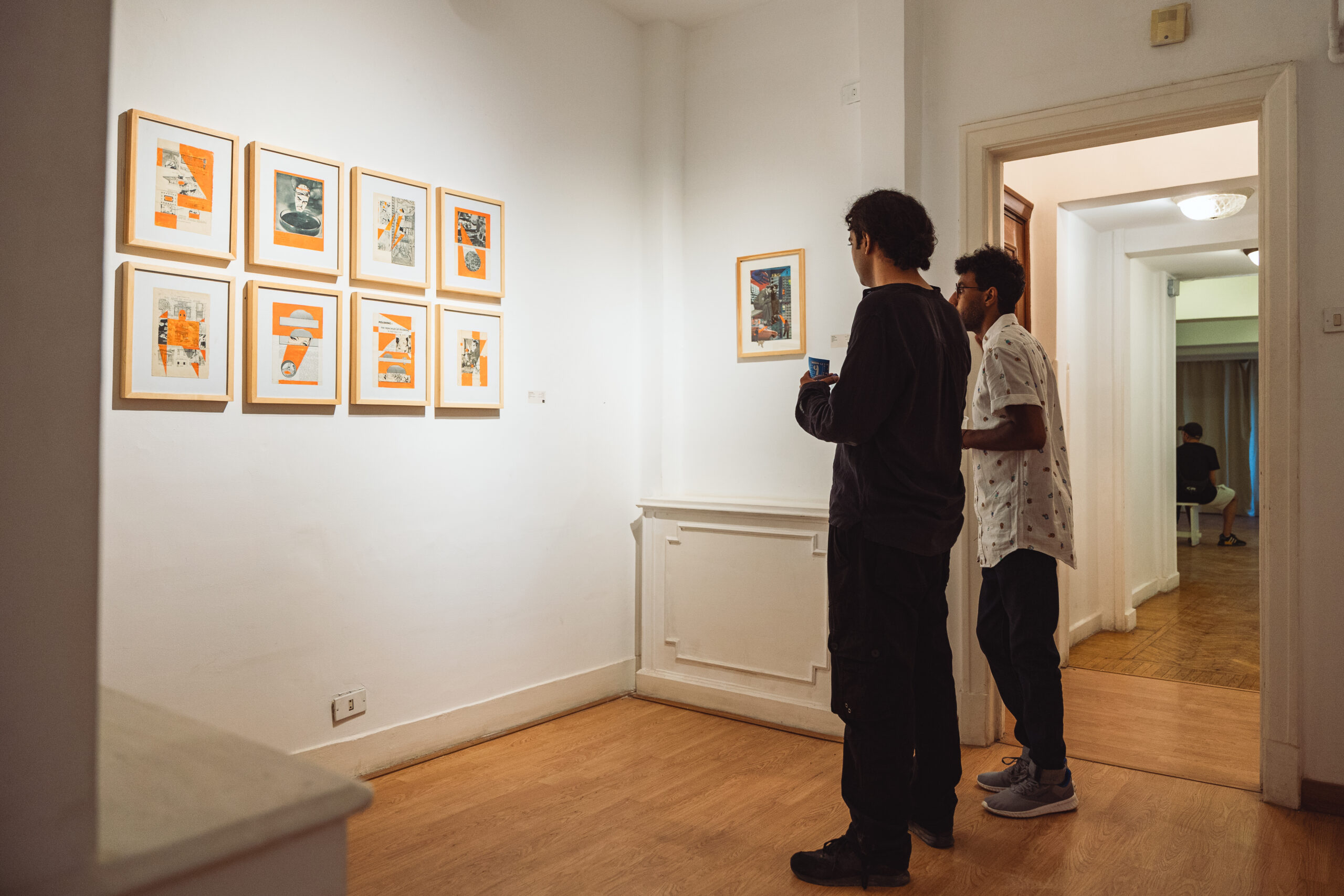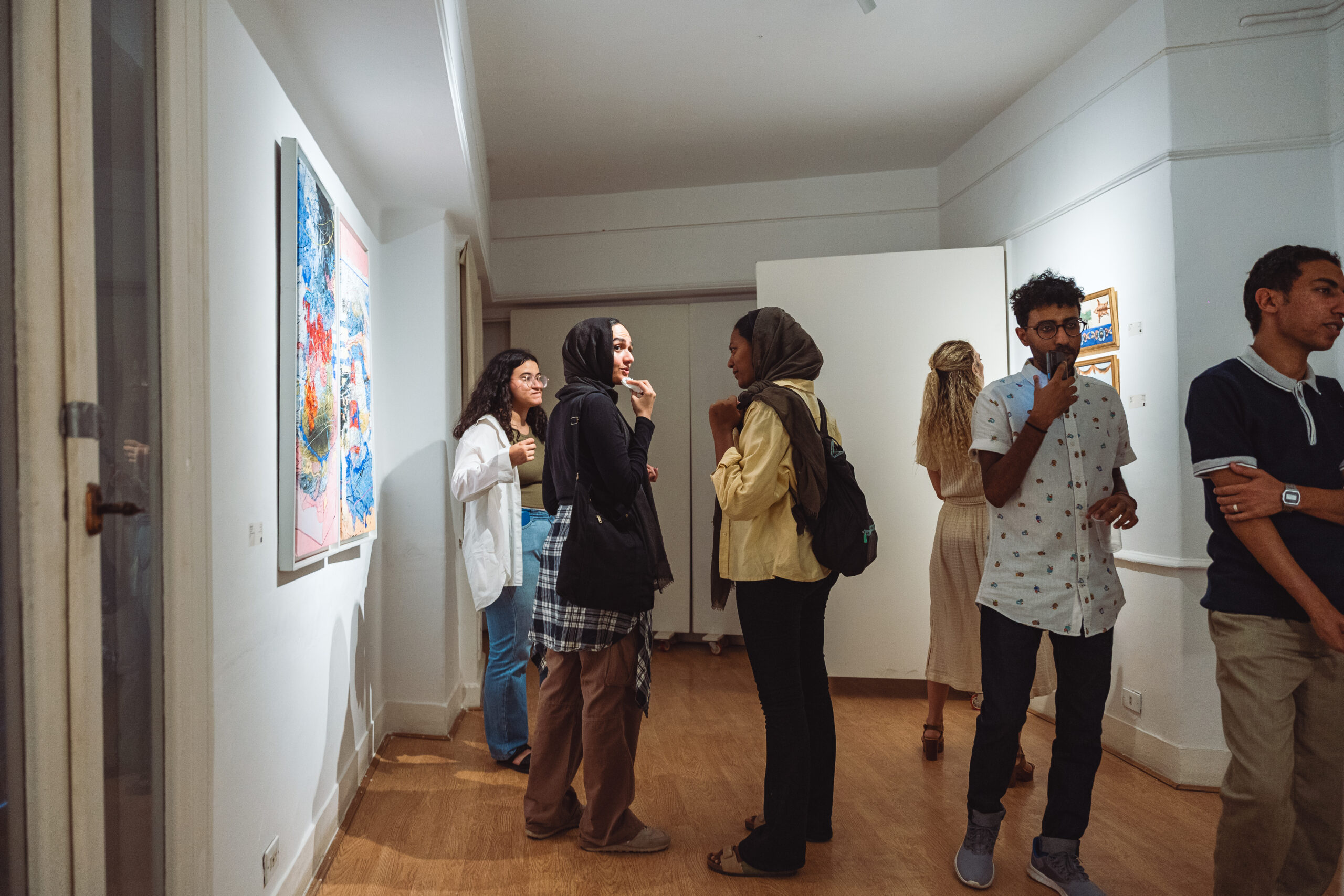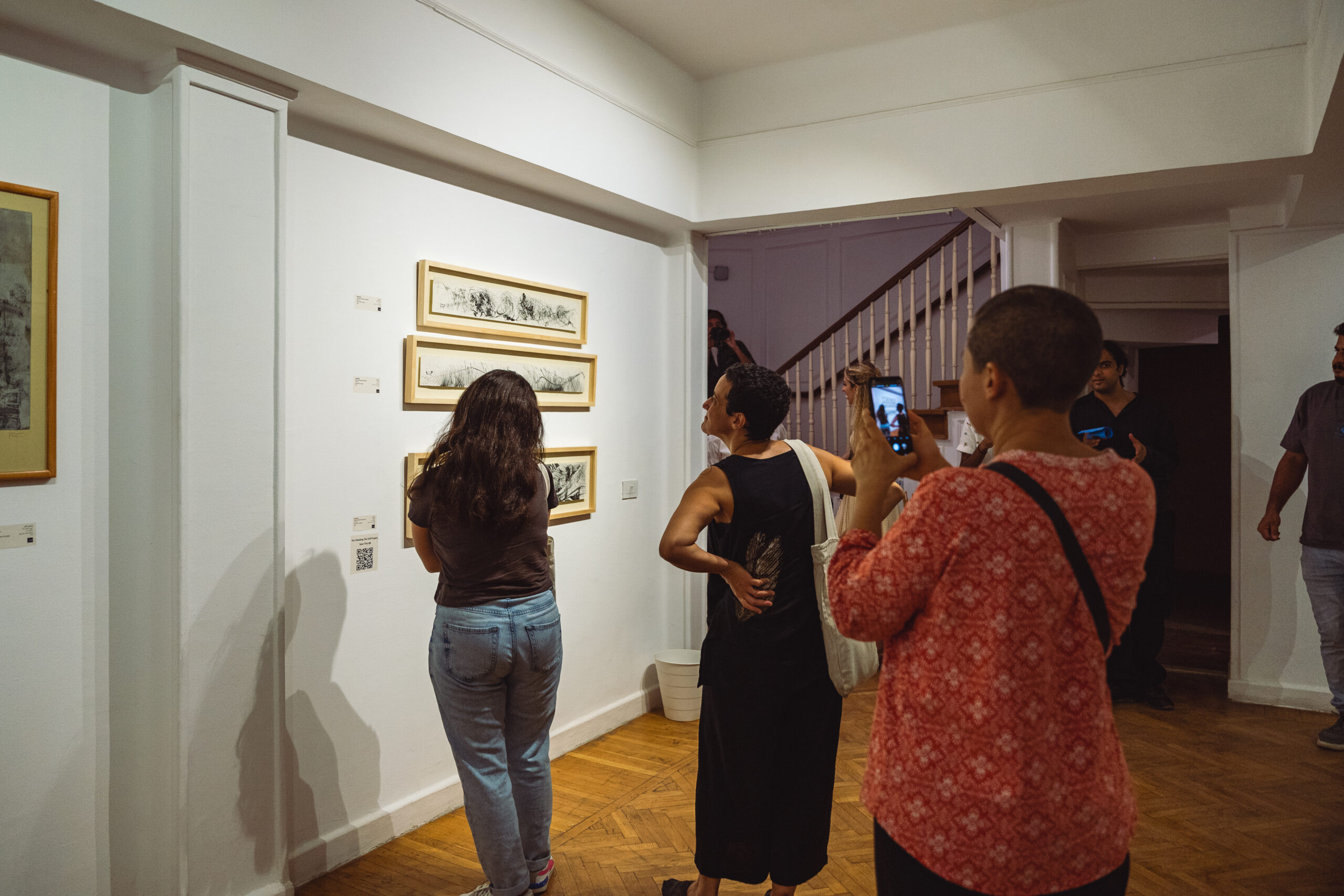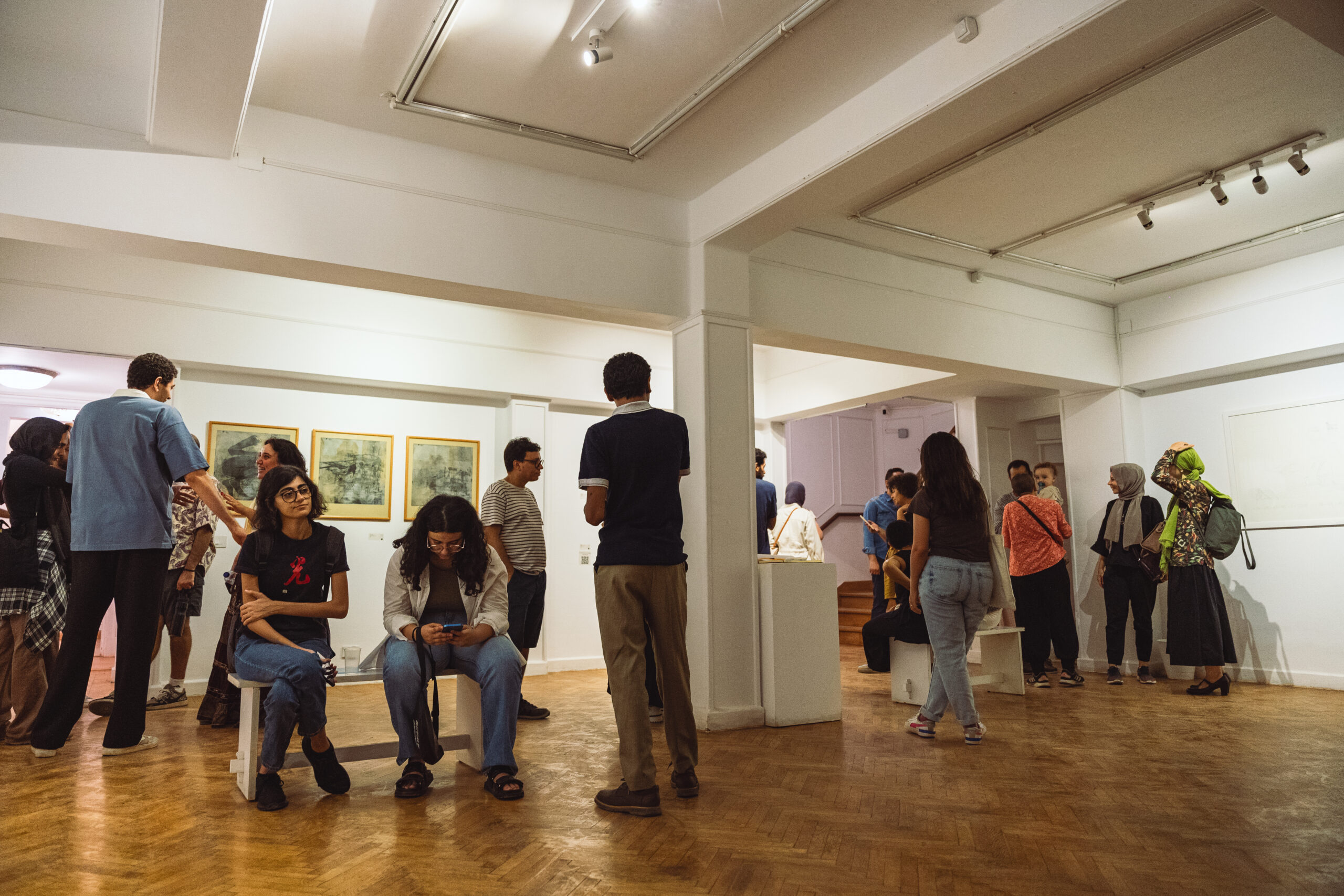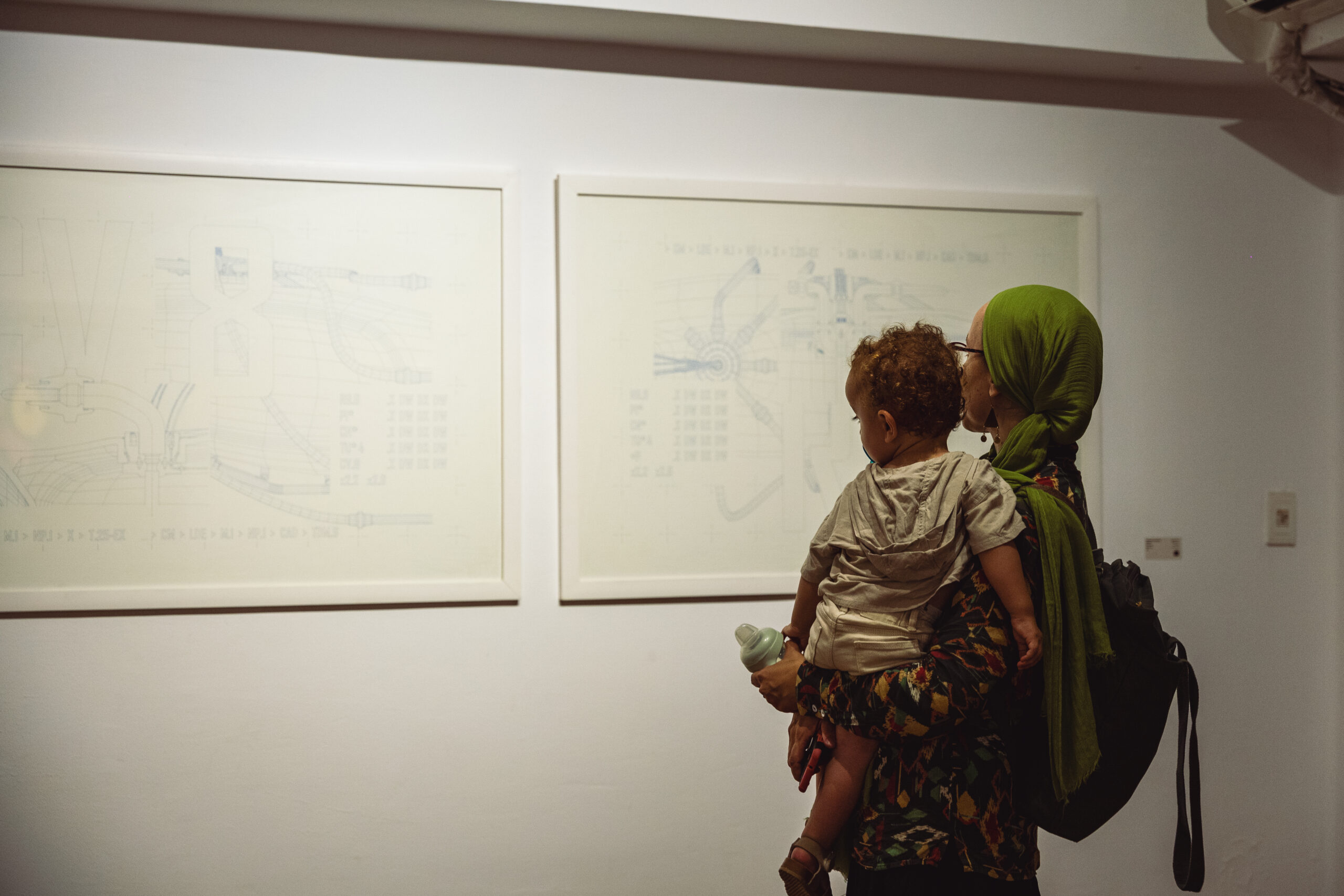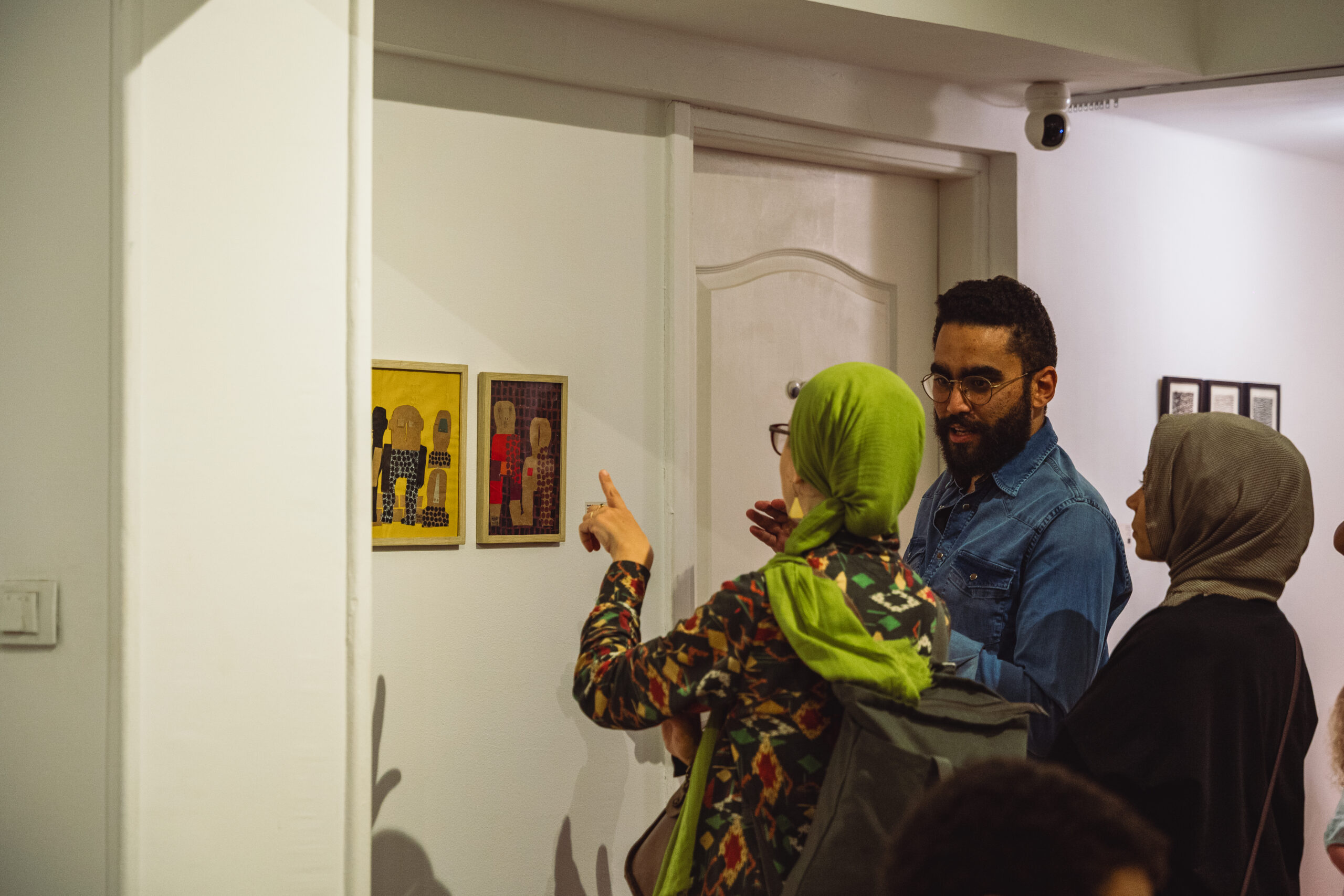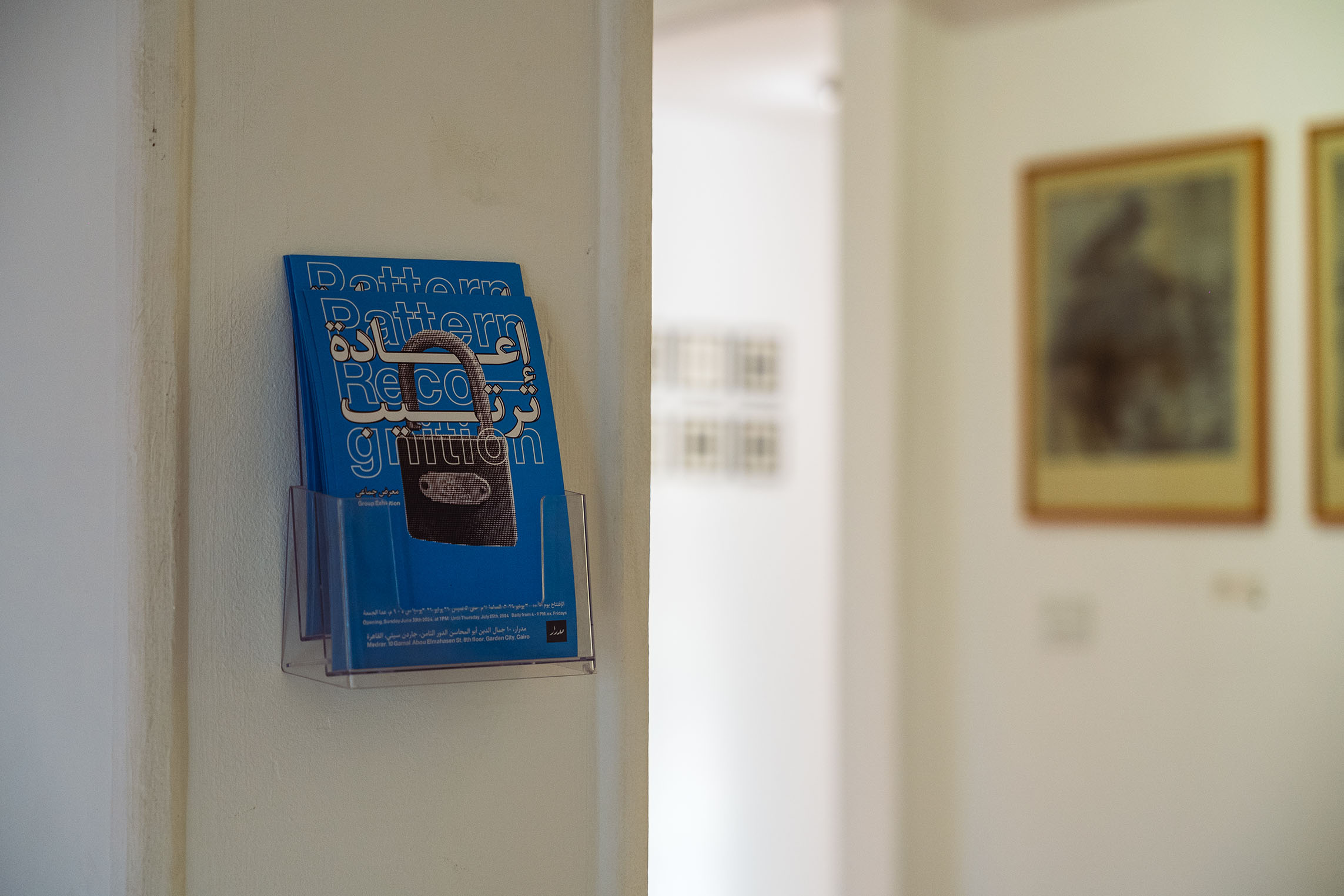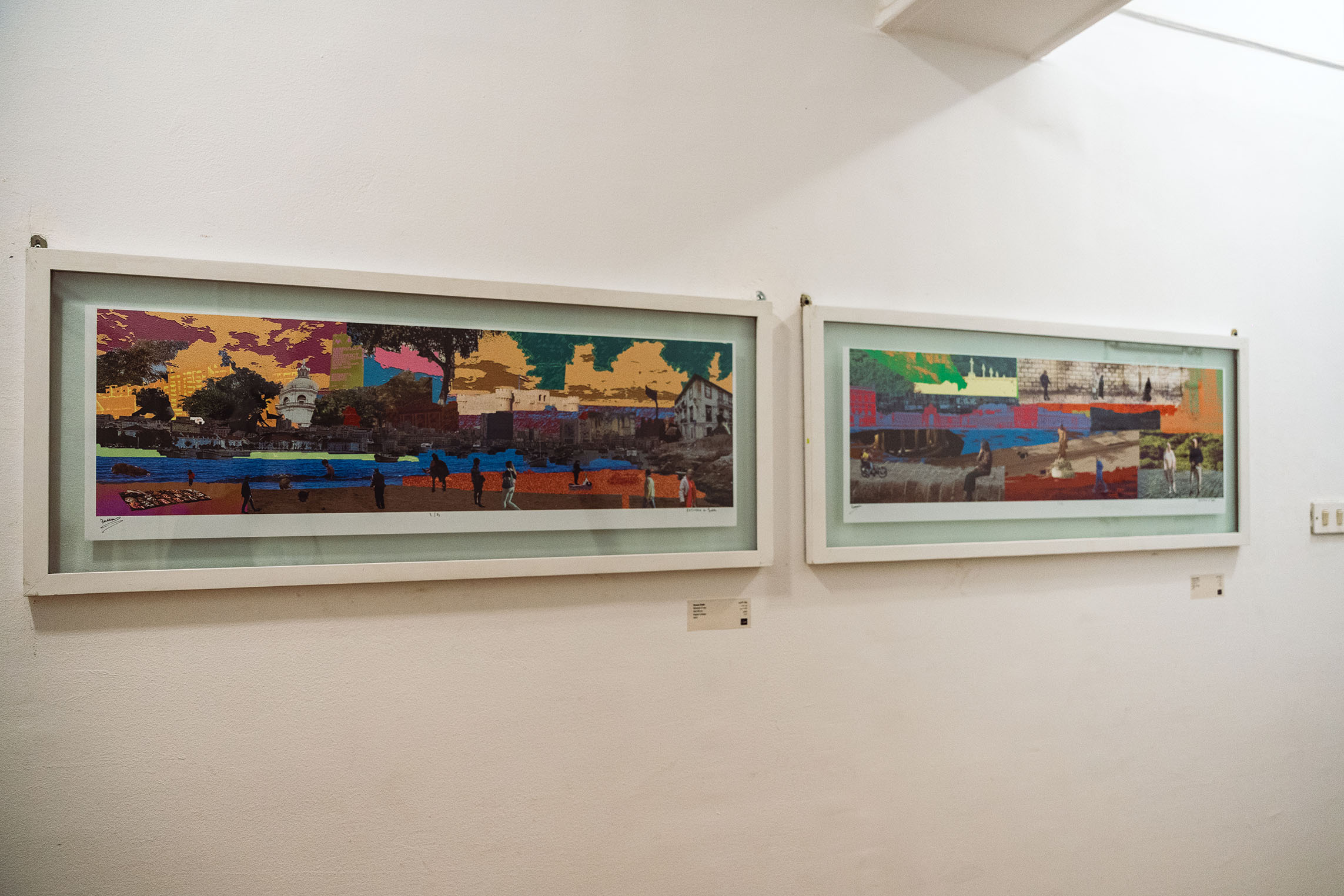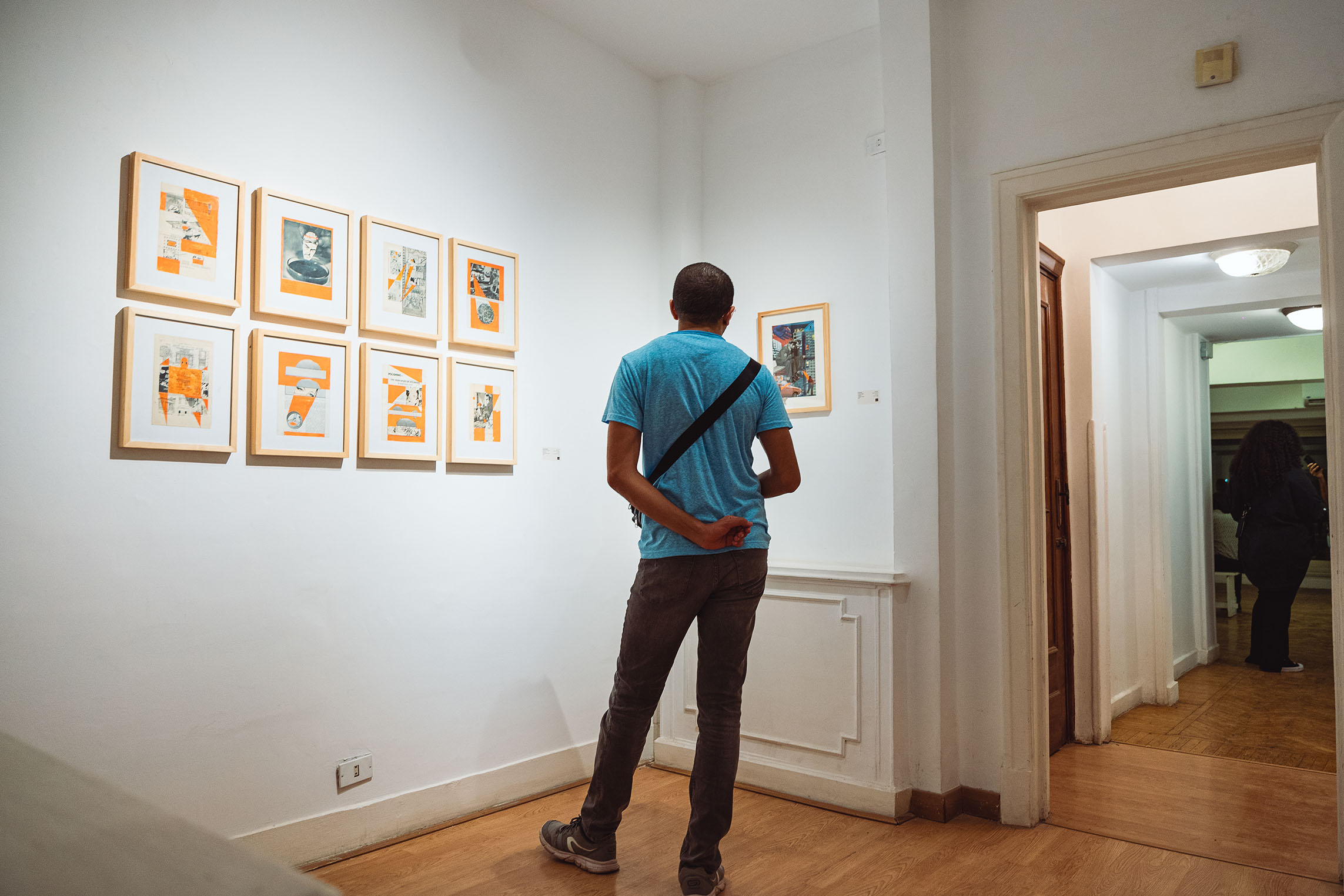Dreaming is fragile, insistent, and often interrupted, a vision of departure cut short by borders, a promise of paradise that reveals darker truths, or the unfinished projects that continue to shape cultural practice in Cairo.
It’s Not Easy to Dream exhibition reflects on how art in this city has carried on, not through stability, but through vulnerability, persistence, and collective endurance. To dream is not to escape or collapse, but to hold relations, to name what is withheld, and to carve out continuity on precarious ground. It features works produced or shown in its programs between 2005 and 2025 by Esraa Elfeky, Ahmed Elshaer, Ahmed Badry, Ahmed Nader, Amir Abdelghany, Aya Elsayed, Imane Ibrahim, Shereen Lotfy, Reem El-Maghraby, Amr Elkafrawy & Jean-François Robin, Mohamed Ismail, Mohamed Abdelkarim, Marwan Elgamal, Mostafa Youssef, and Malak Yacout.
The exhibition is part of a month-long program with the same name that also includes: screenings from Cairo Video Festival archive curated by Habiba Sallam and Mena El Shazly, a workshop titled “But You Have to Try” on critical writing led by Ismail Fayed, and weekly tea-time gatherings.
Exhibition Opening October 9th at 7 pm. On view until November 6th. Open daily from 4 to 9 pm except Fridays.
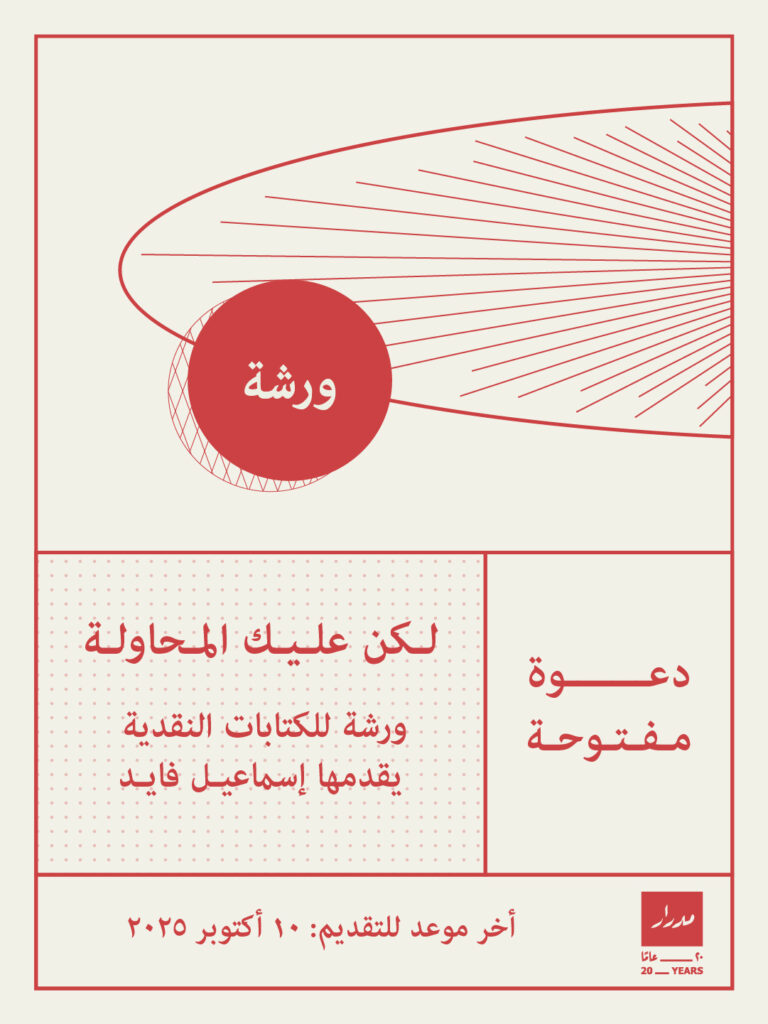
“But You Have to Try” is a workshop conceived and designed by Ismail Fayed for people who are interested in writing as a practice and in critical writing specifically, as well as those engaged with contemporary artistic practices and the ways we can speak about them from a critical position.
The workshop is part of “It’s Not Easy to Dream,” a month-long program celebrating 20 years of Medrar.
The workshop is intended for 8–12 participants. Participants are emergent artists and writers who already have a practice and are familiar with the process of writing. The workshop sessions will last roughly four hours each.The three sessions will feature guest contributions by Maha Maamoun, Ahmed Refaat, and Imane Ibrahim.
Application deadline: October 10, 2025. Apply via form link.
Session 1 – with guest Maha Maamoun
In the first session of the workshop “But You Have to Try,” guest artist, curator, and publisher Maha Maamoun presented different aspects of her artistic practice and its evolution across various media and modes of production. The discussion also explored the intersections and shared characteristics between independent art spaces and the political and economic contexts of the contemporary art scene from the late 1990s through the 2000s to the present.
Special thanks to Maha Maamoun







Session 2 – with guest Ahmed Refaat
In the second session of the workshop “But You Have to Try,” participants attempted to imagine a map of the contemporary art scene today, joined by writer, researcher, and curator Ahmed Refaat. He spoke about his experience as Communications Officer and Curatorial Coordinator at the Contemporary Image Collective, particularly in the project “If Not for That Wall.” Refaat also discussed participants’ proposals for imagined exhibitions and the importance of understanding the curator-writer’s role in facilitating and navigating contemporary artistic practices in their various forms.
Special thanks to Ahmed Refaat.







Session 3 – with guest Imane Ibrahim







In The Pause, the program’s curatorial team turns the process of building It’s Not Easy to Dream inside out. Instead of concealing how the program and exhibition come together, from the first questions to the final selection, the team opens this process to collective reflection. The gathering revisits the same questions that shaped the program: What does it mean to dream within an institution? How does an artist-run space evolve without losing its original pulse? Who defines success, and for whom do we work?
We invite audiences to engage critically with Medrar’s history and contradictions, from its shift from collective to institution, to the changing notions of audience, community, and care. Together, we will reflect on what it means to work locally, to navigate generational gaps, and to sustain creative life in an art scene built on instability and persistence.
The It’s Not Easy to Dream program was conceived by Raneem ElHaddad, Marwa Benhalim, Mohamed Allam, Muhammed Yahya, Mona Khaliel.
“The Pause” Led by It’s Not Easy to Dream Curatorial Team, Wednesday, 15th October, at 7 PM






Gathering 2 – As part of It’s Not Easy to Dream, “The Silence After the Show,” a poetry circle with Lama Ahmed.
In the quiet that follows creation, we sit together through the aftermath of expression — between burnout, stillness, and renewal.
Participants are invited to bring poetry, text, or prose to share in response to the prompt, reflecting collectively on what remains after the show ends.
The Silence After the Show – A poetry circle with Lama Ahmed, Wednesday, October 22, at 7 PM.







“What We Hold On To” with Alaa Abdalkhalik
Through a psychological lens, this gathering reflects on the emotional and mental dimensions of working in the arts. Participants are invited to bring an object or photograph from the past twenty years of their artistic life and share its story, exploring shared values and forms of continuity.
“What We Hold On To” with Alaa Abdalkhalik, Wednesday, October 29th at 7 PM.

A program for Cairo audiences consisting of three screenings: Between the Scene and the Unseen, a selection of 20 works from the festival’s archive screened in two parts, programmed by Mena El Shazly and Habiba Sallam, and Filthy Orchestra Revisited, a selection from Medrar’s production workshops over the past twenty years, programmed by Mena El Shazly. Together, the screenings reactivate the Cairo Video Festival archive, accumulated between 2005 and 2024 through eleven editions. Each edition offers an insight into current art practices, and into the local and global production of video art and experimental film.








